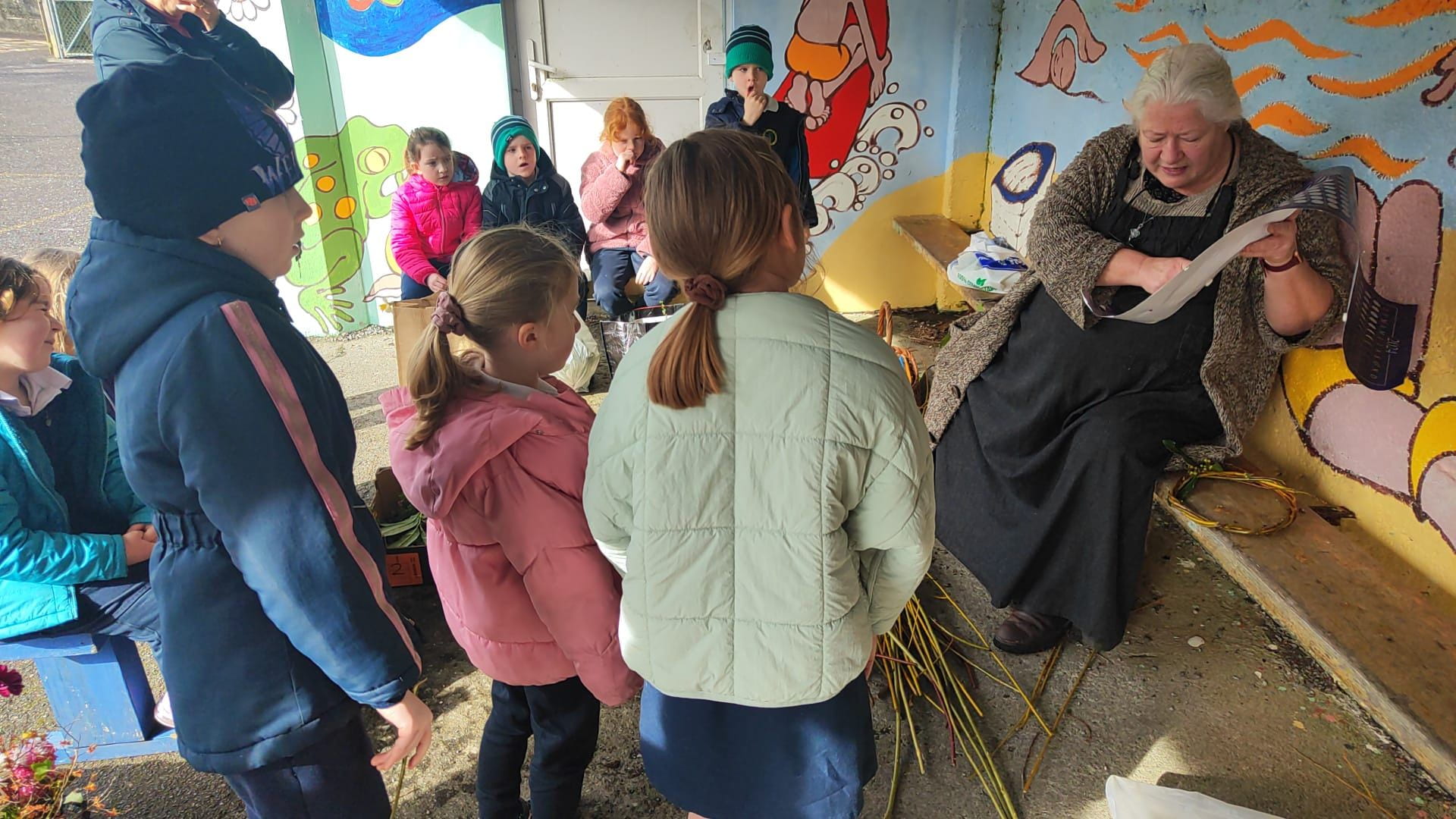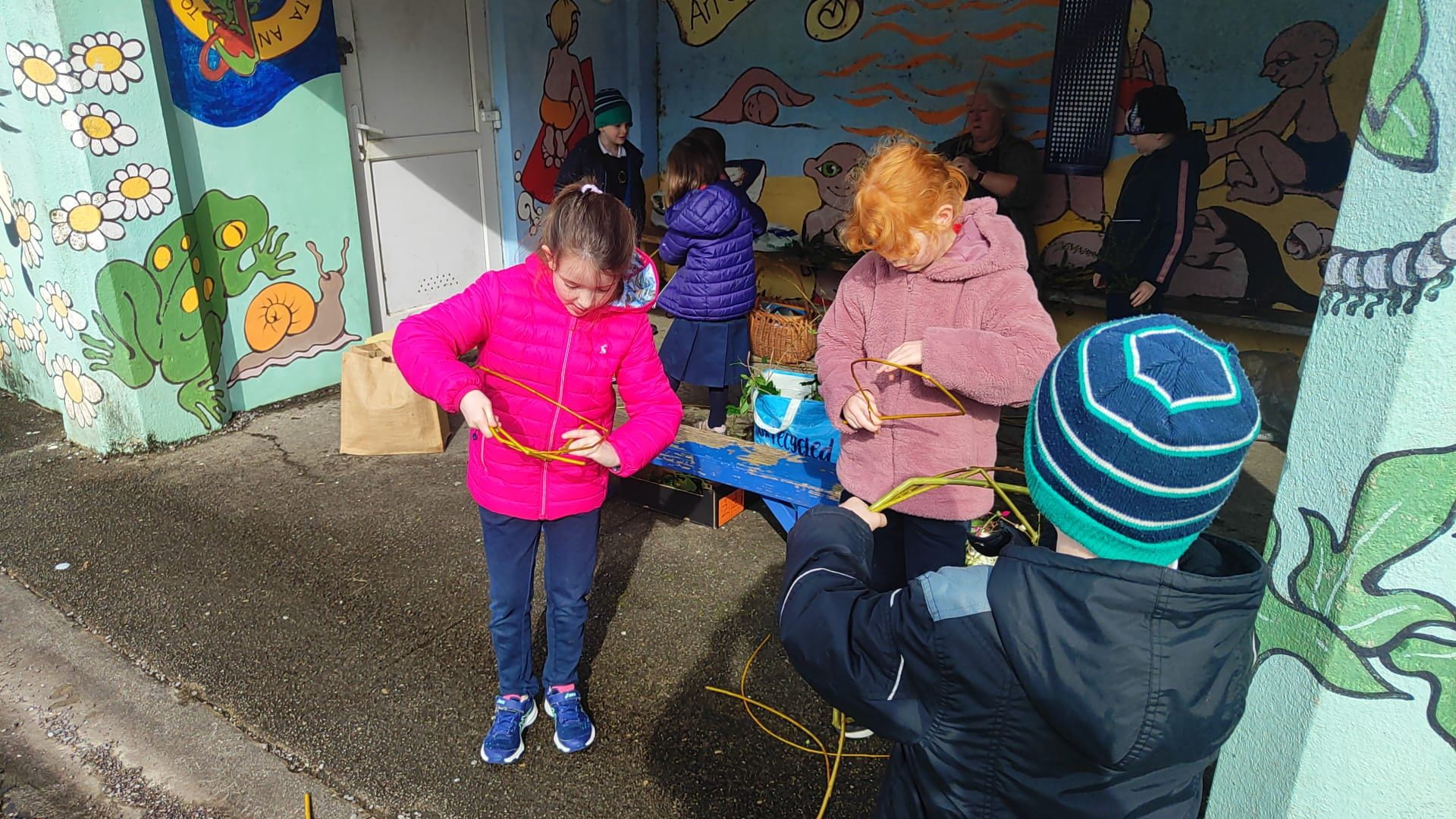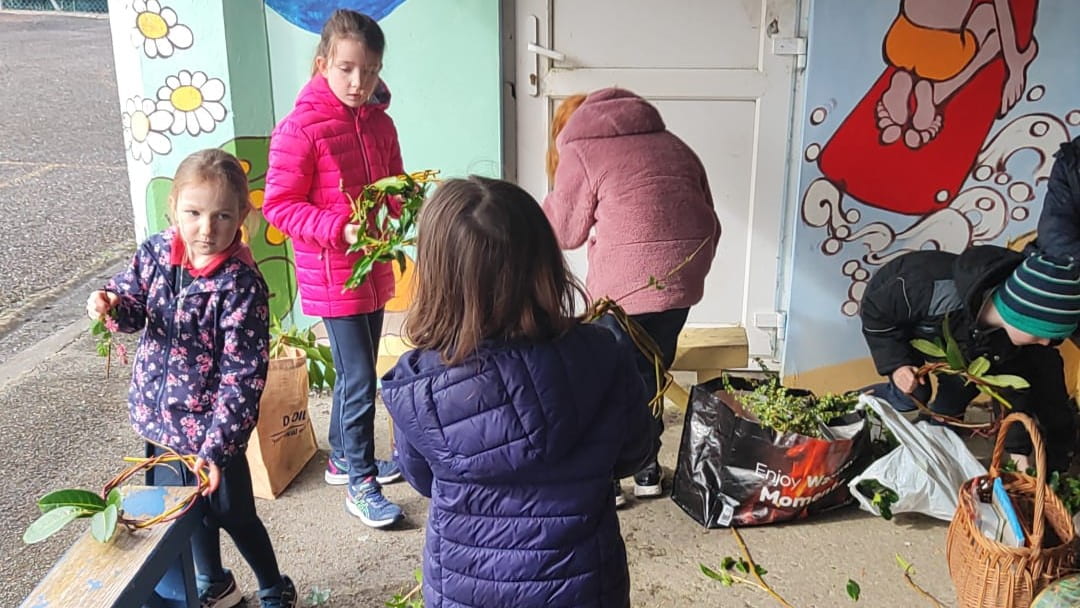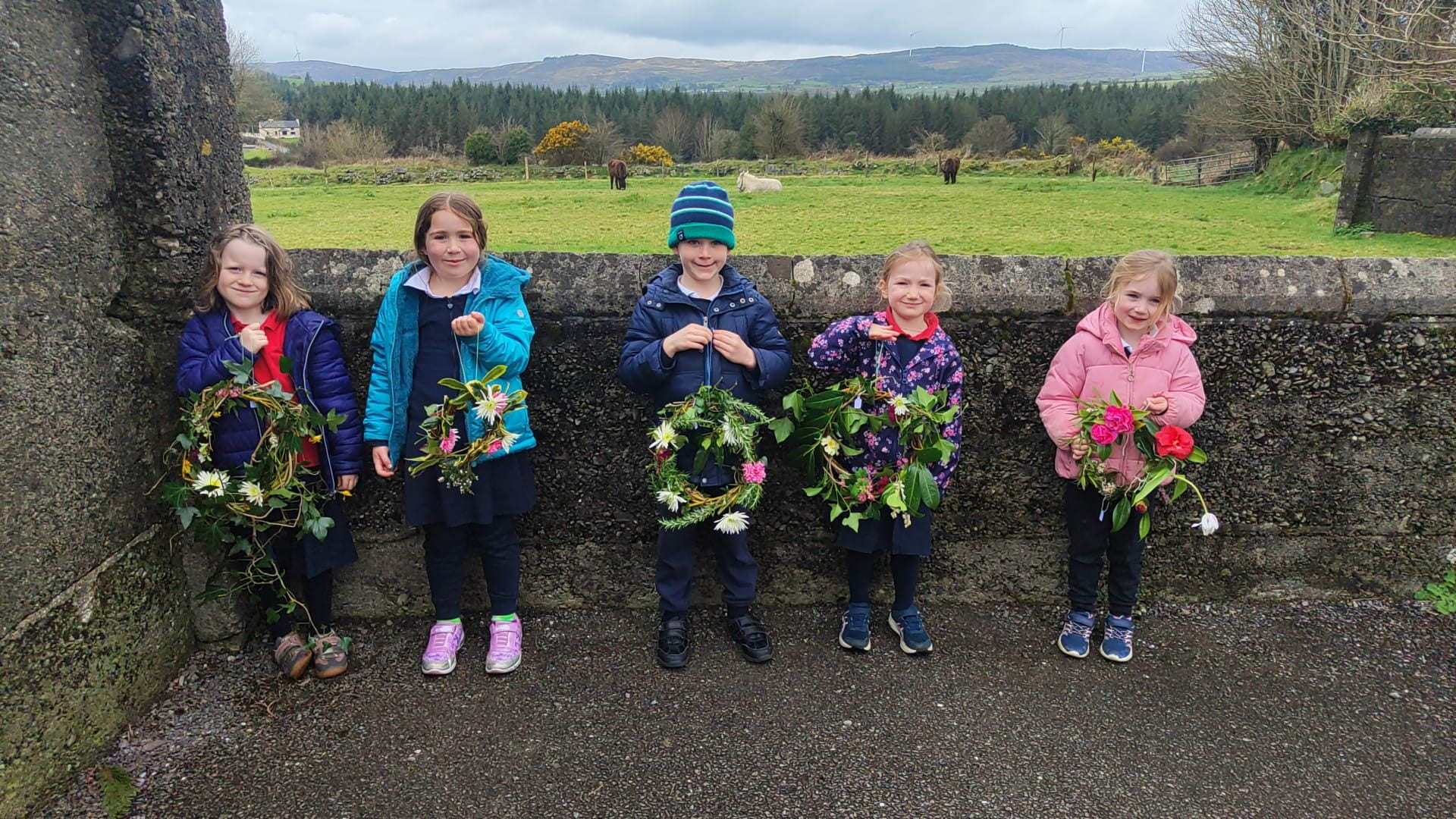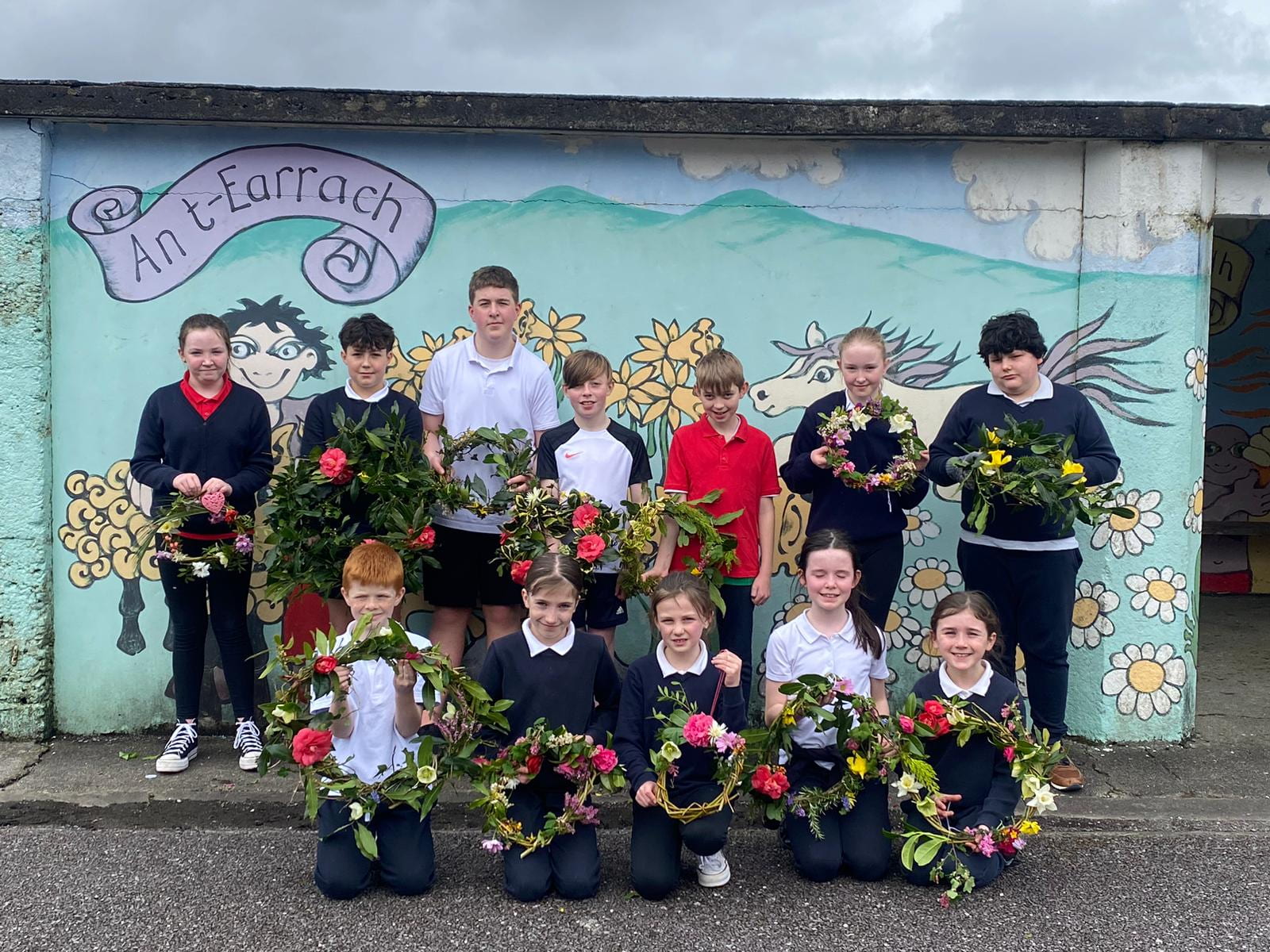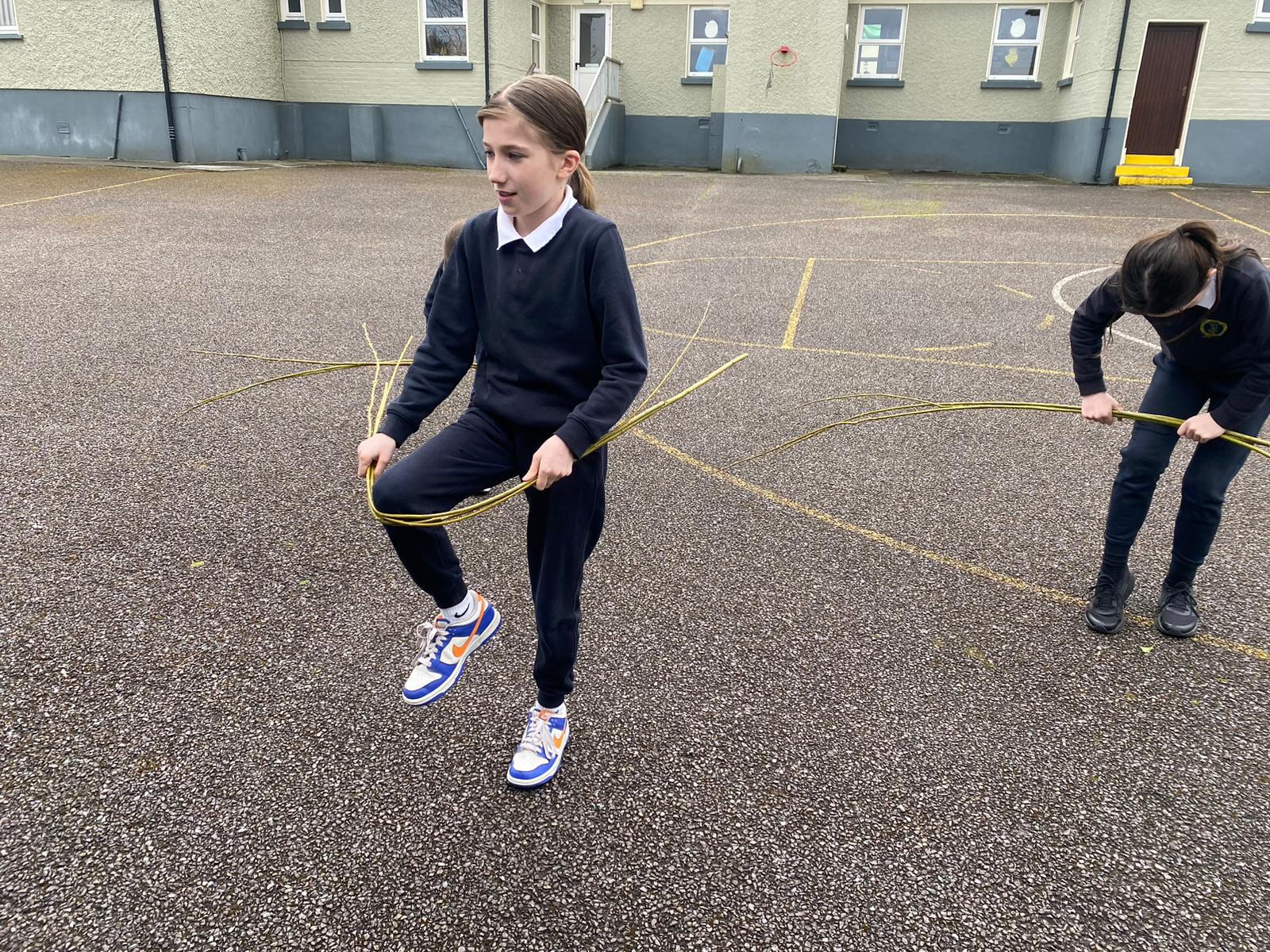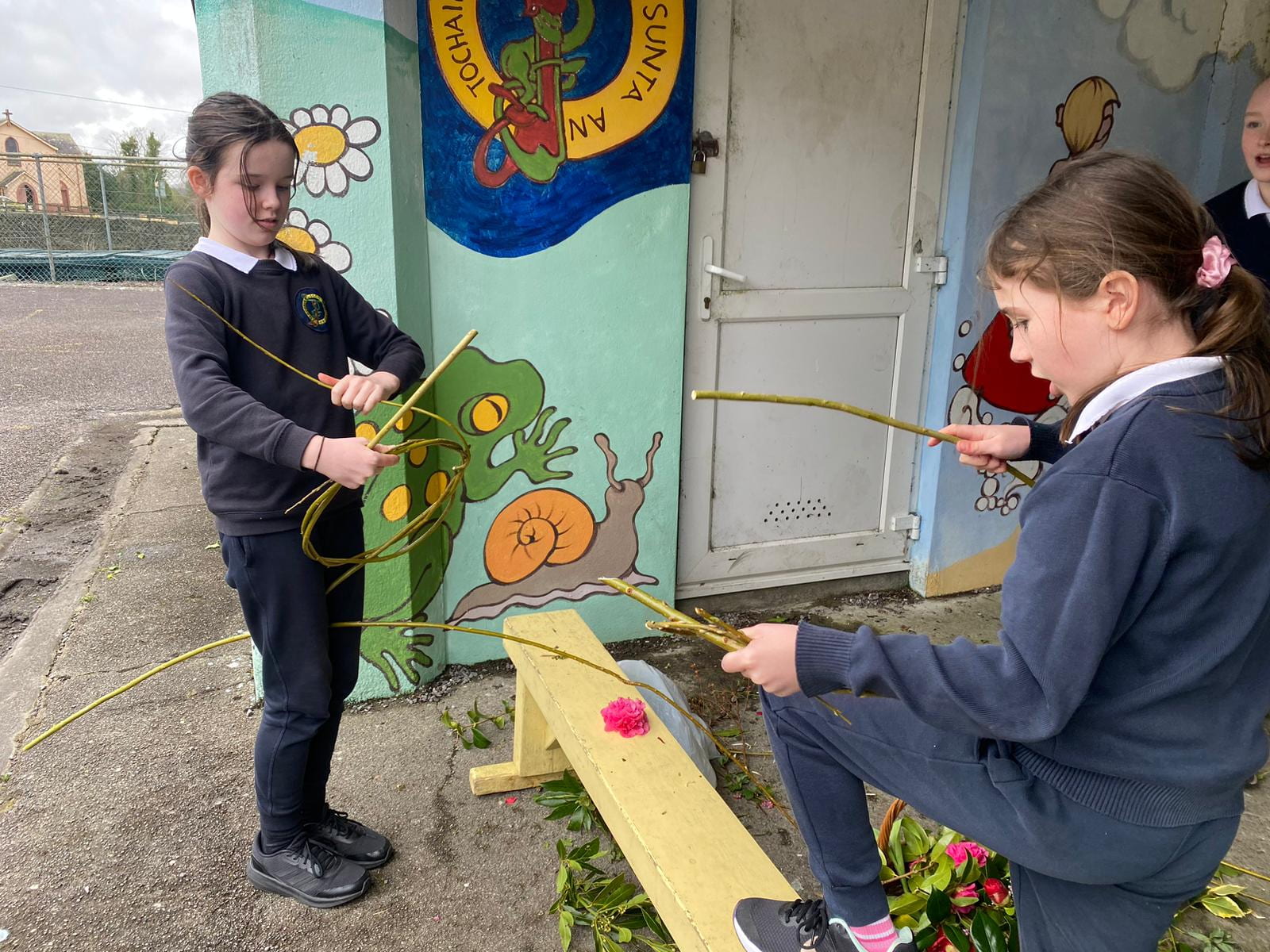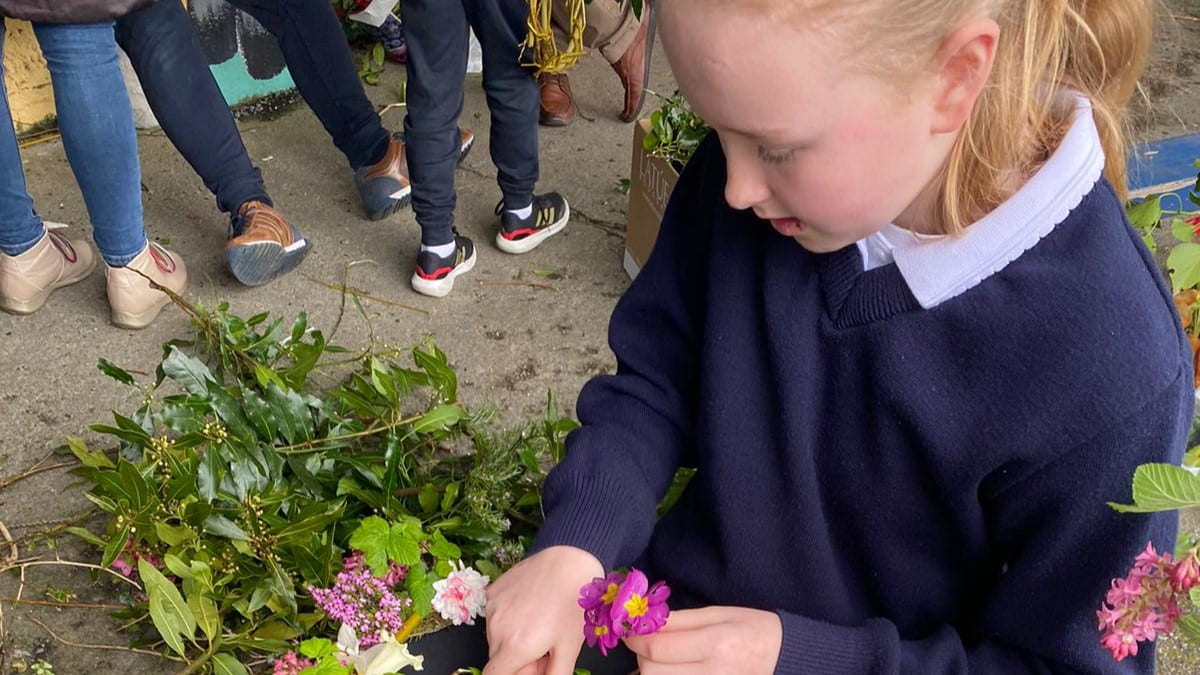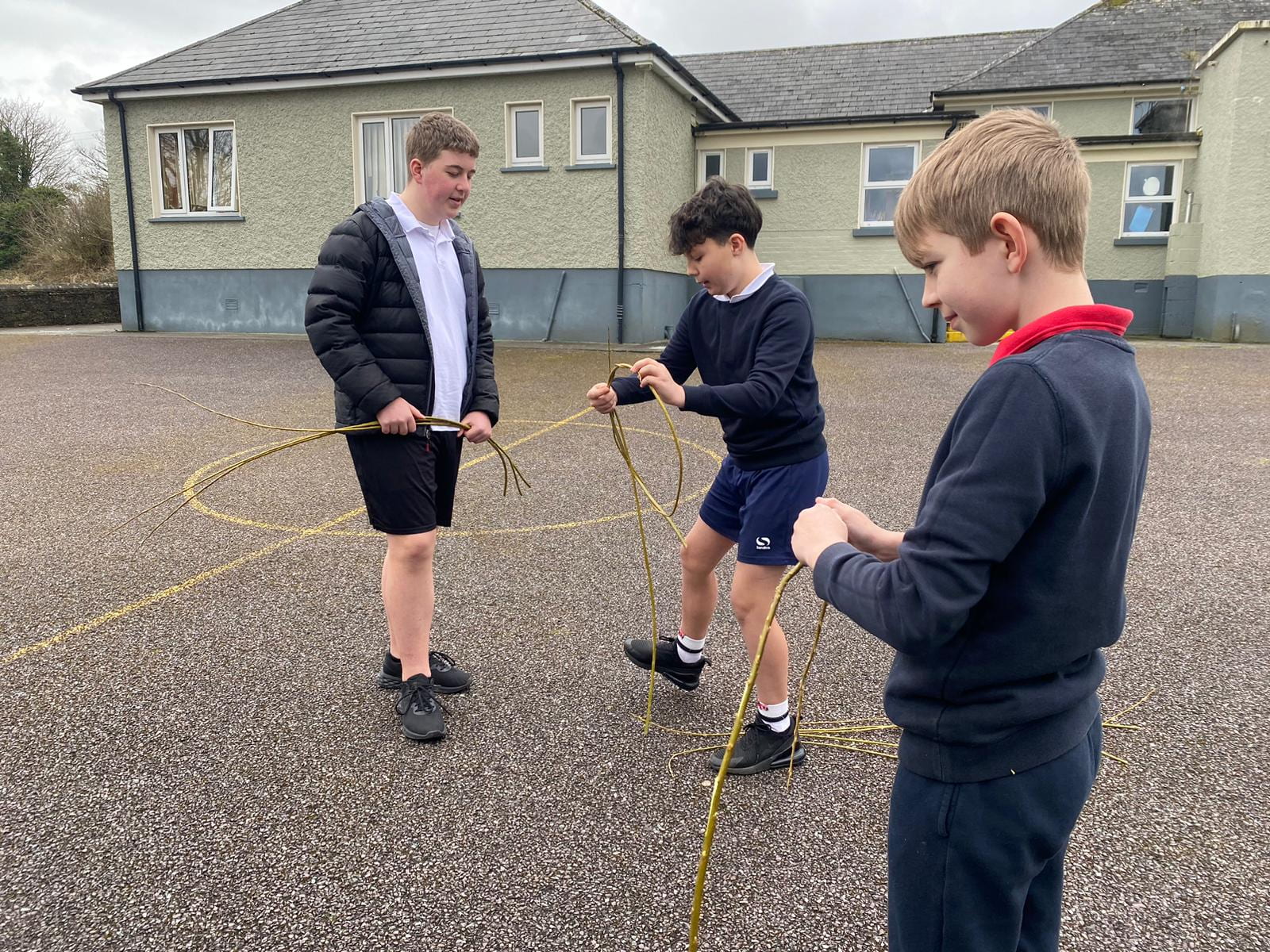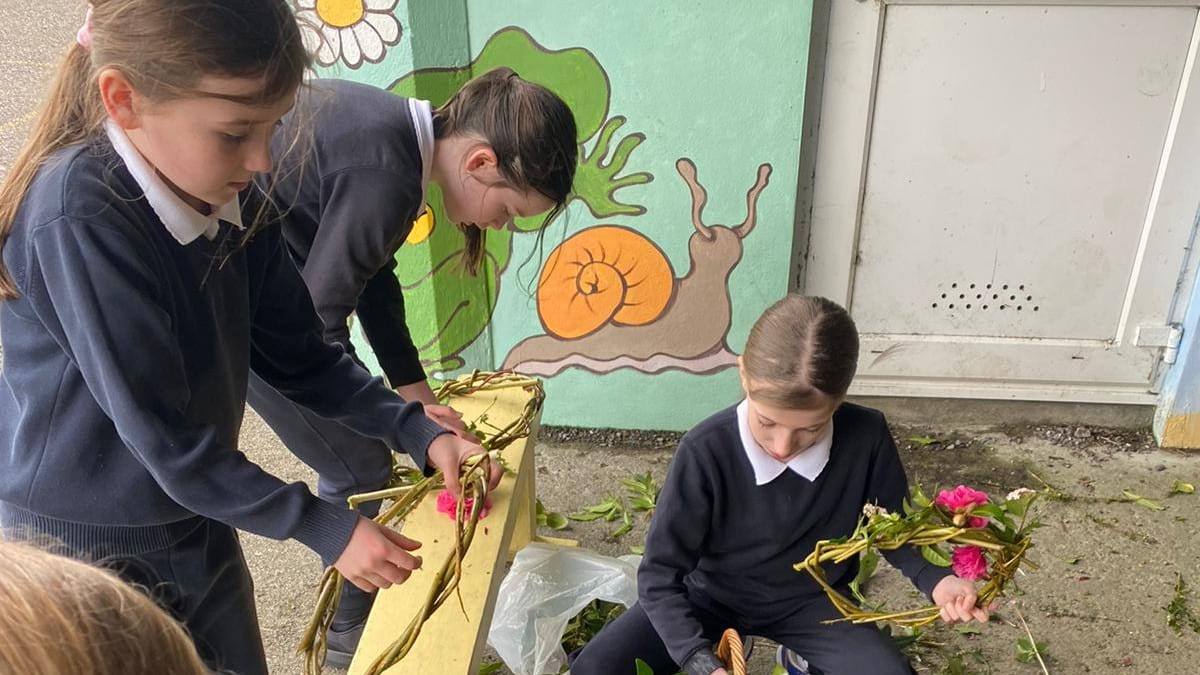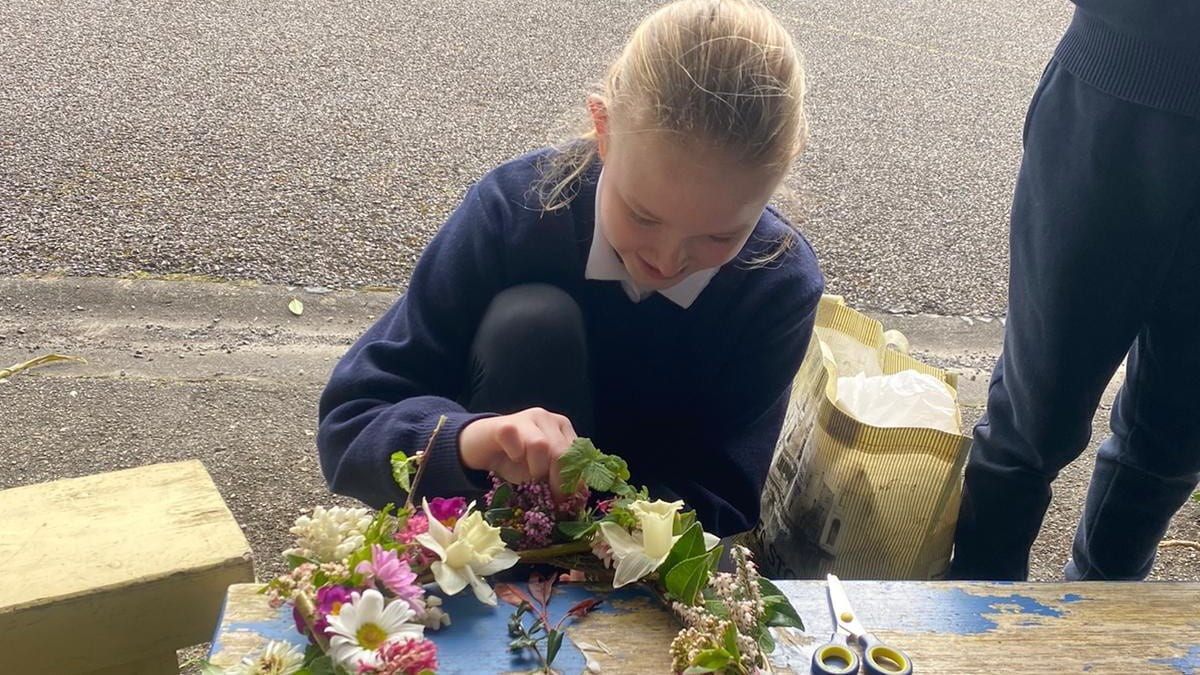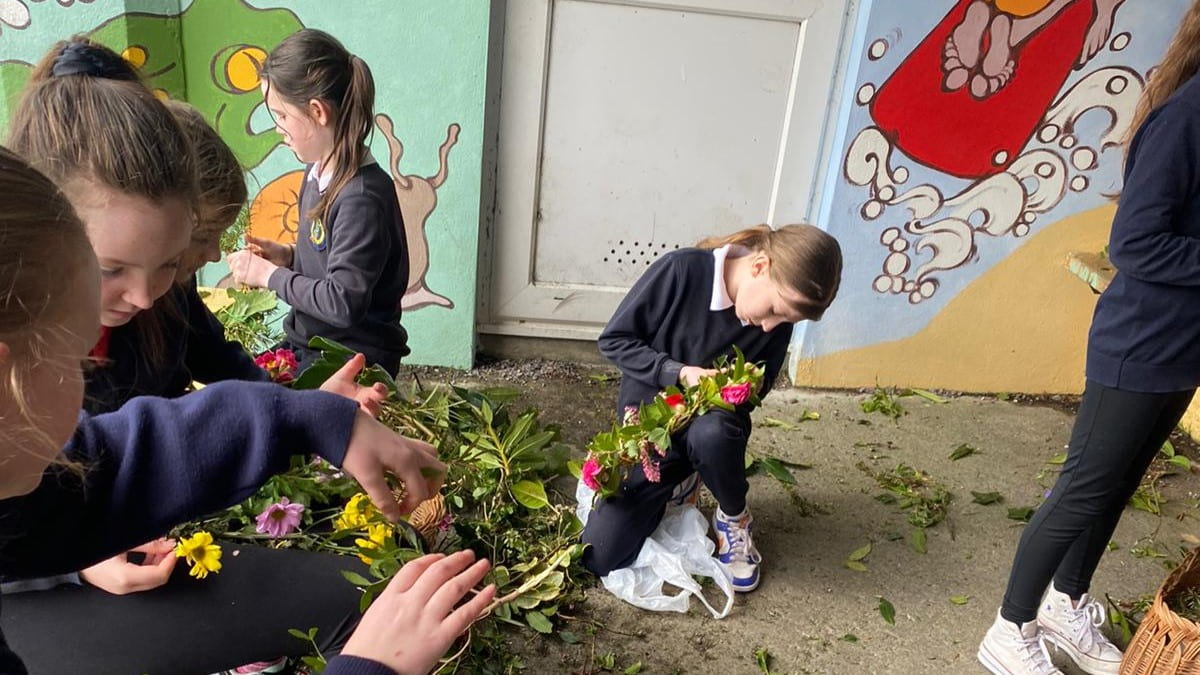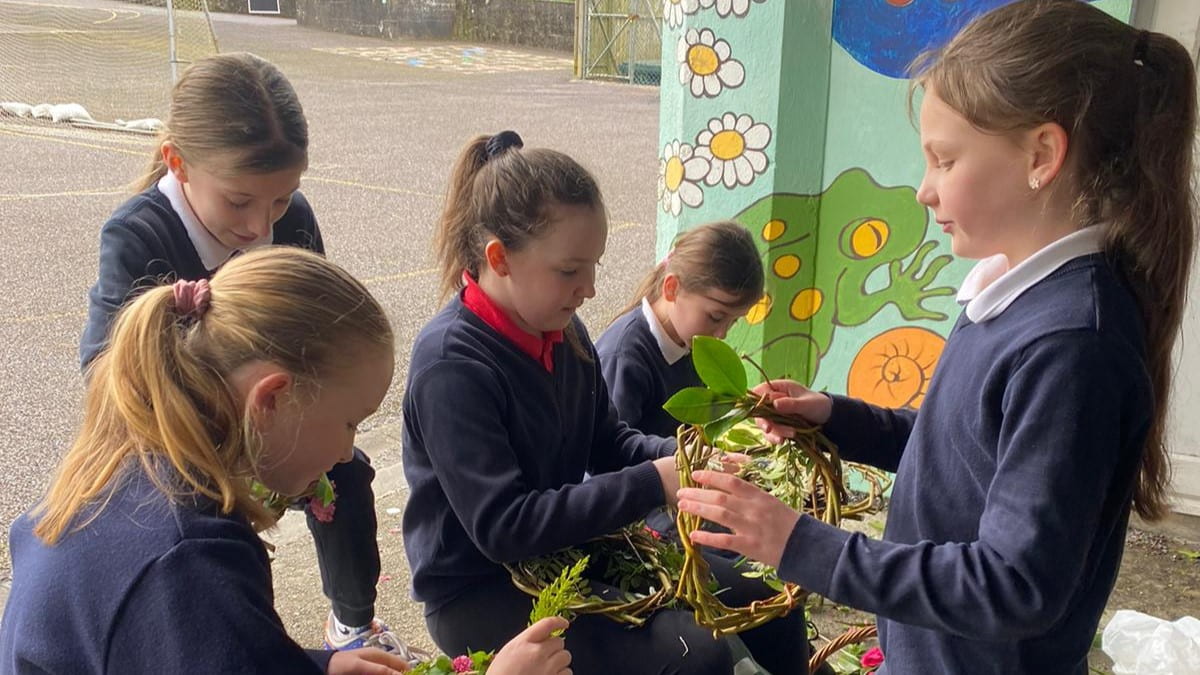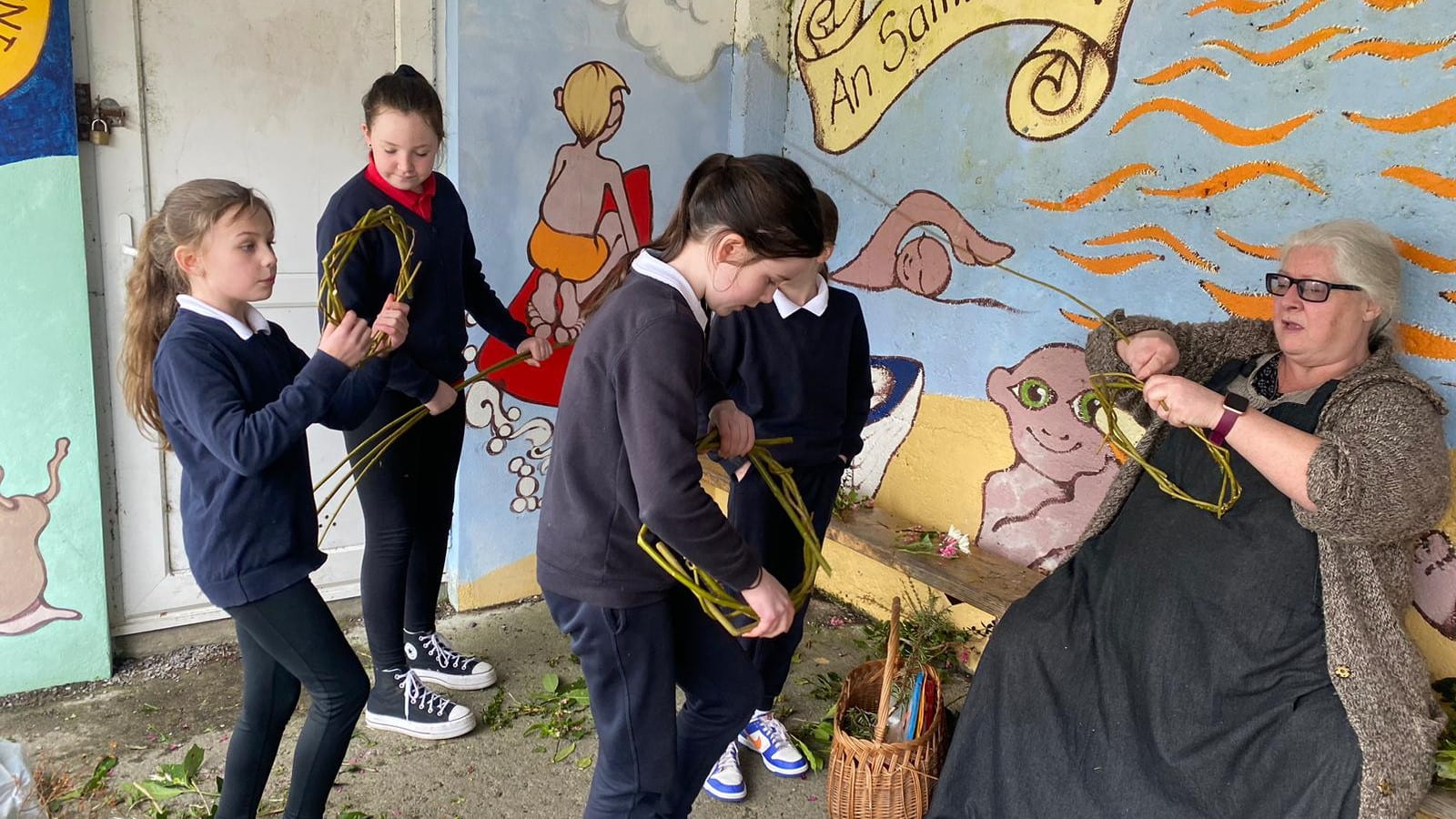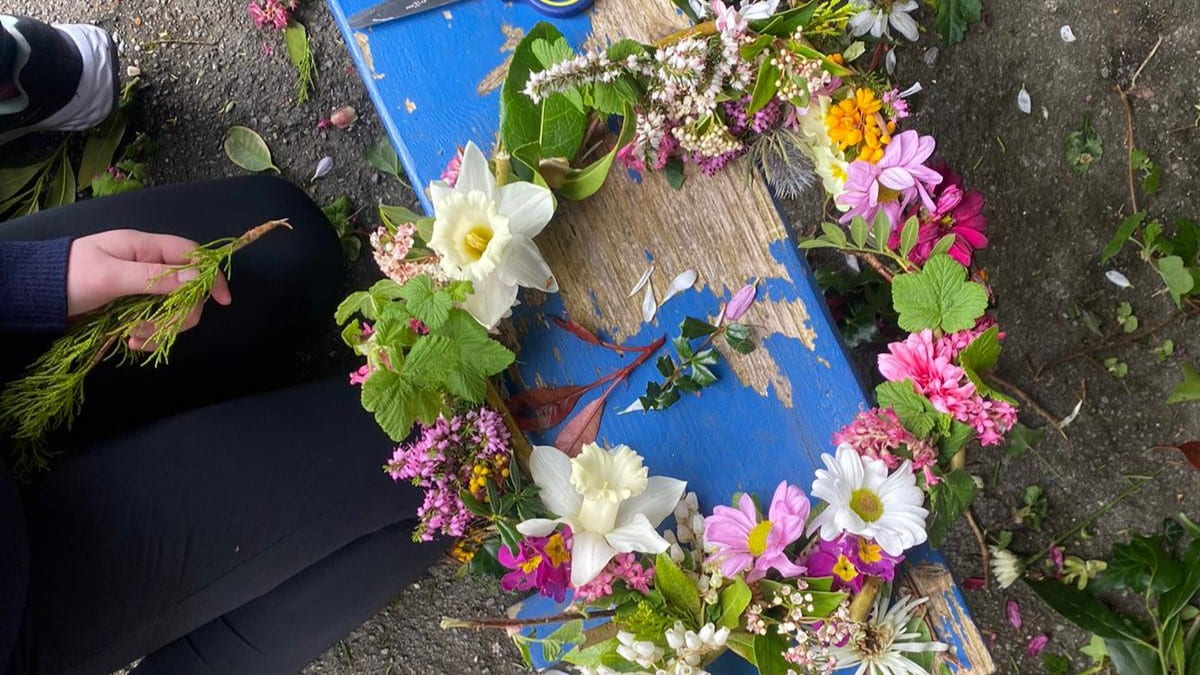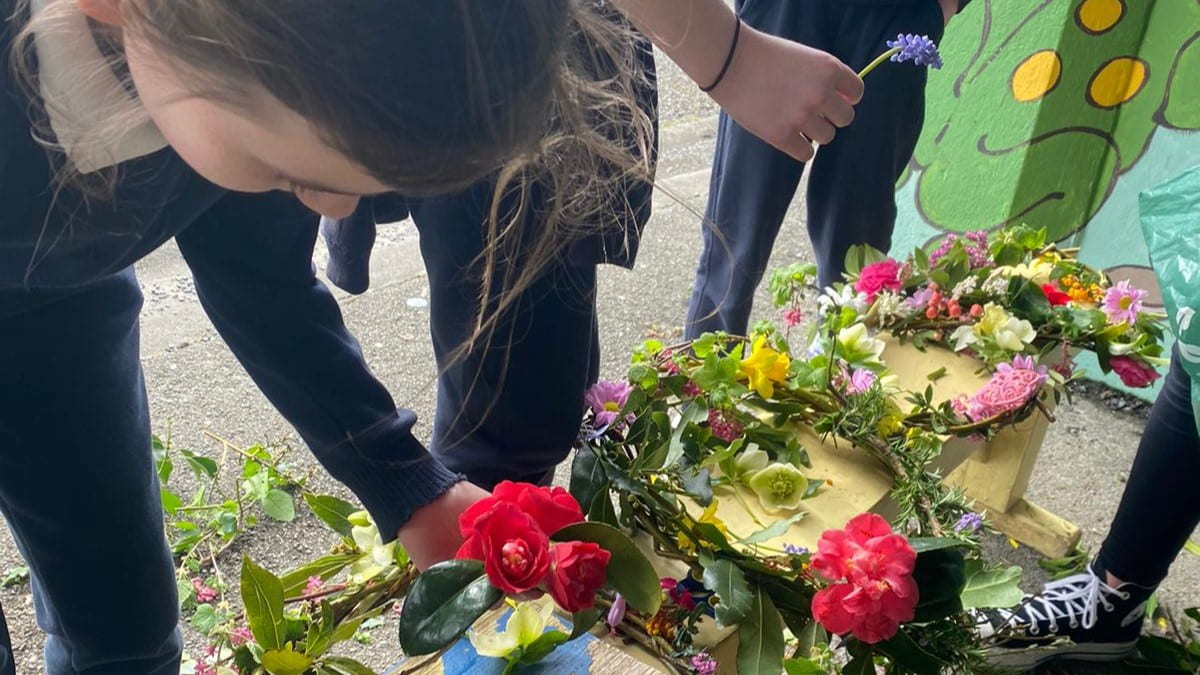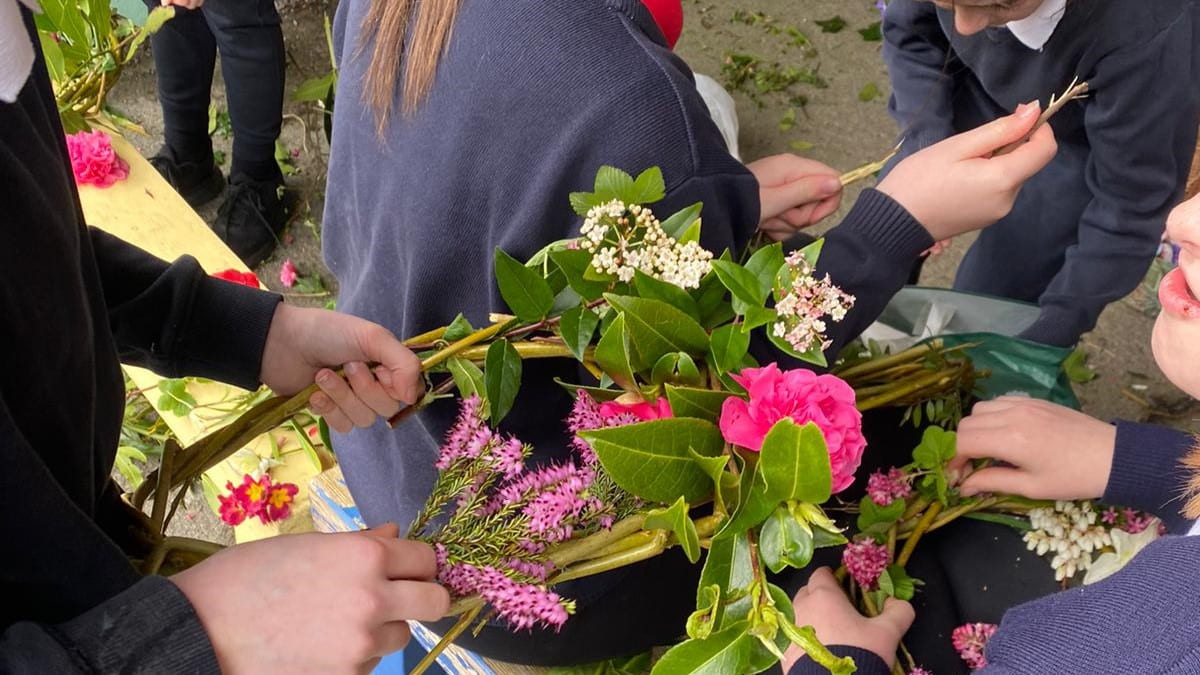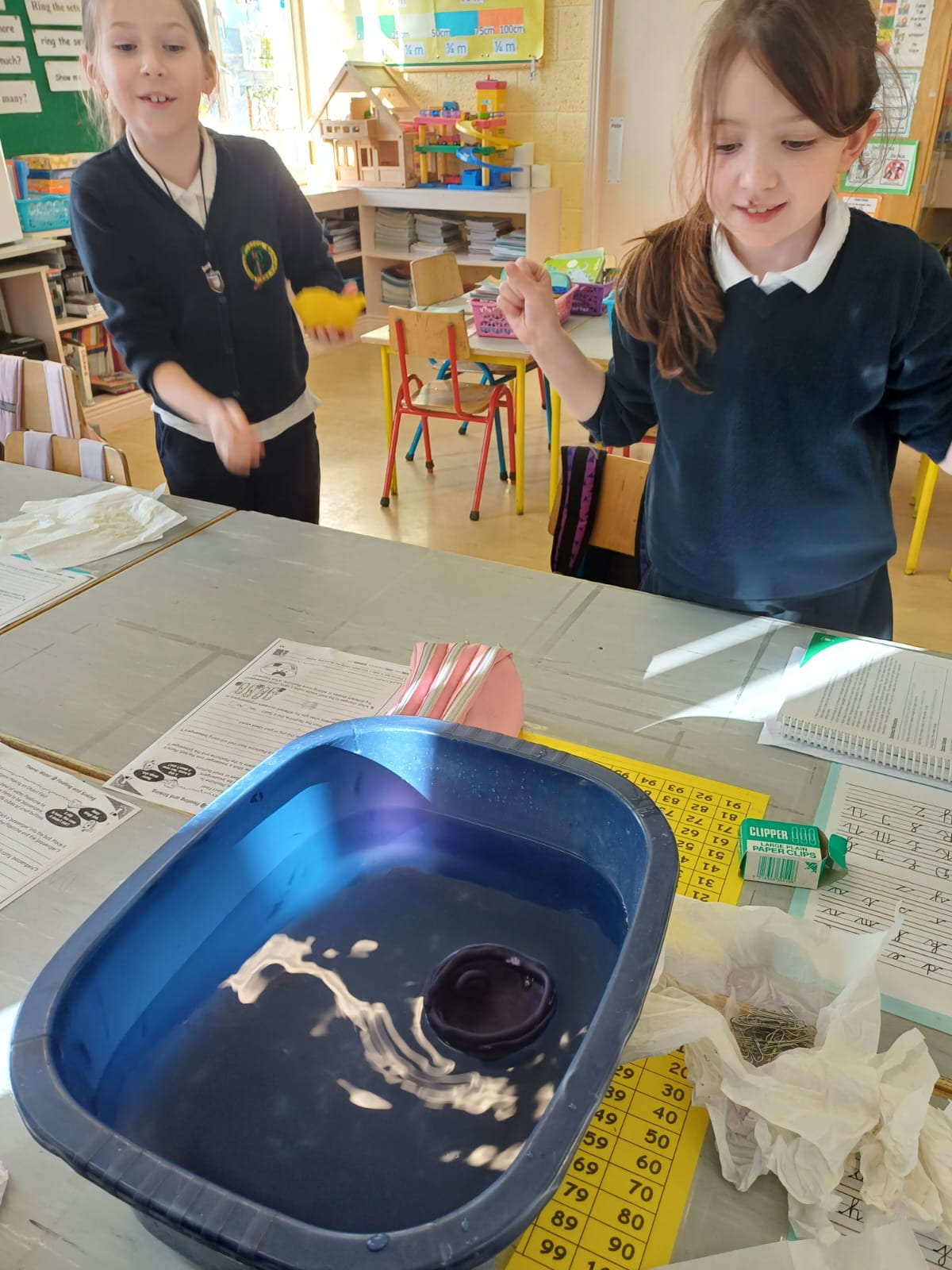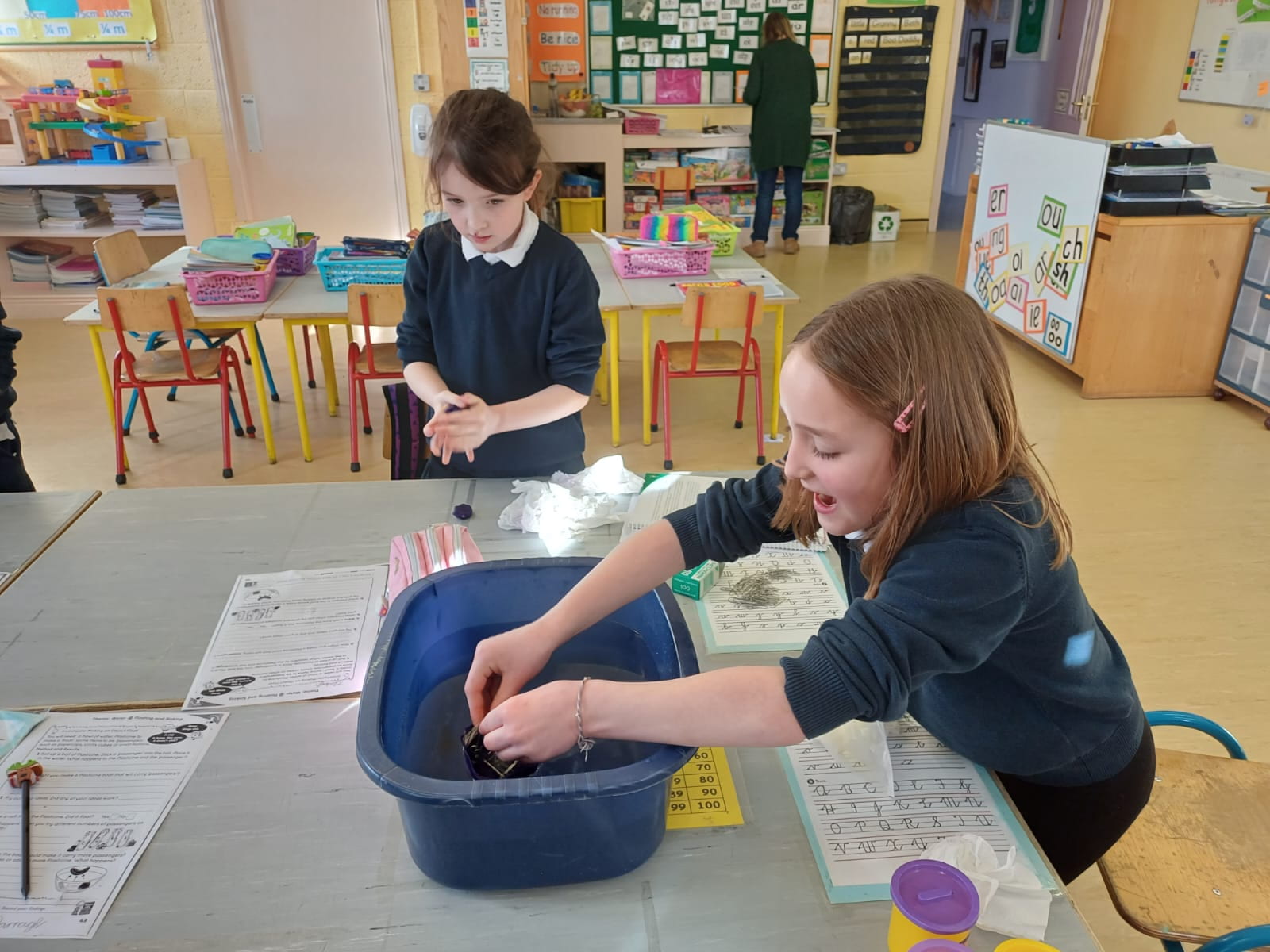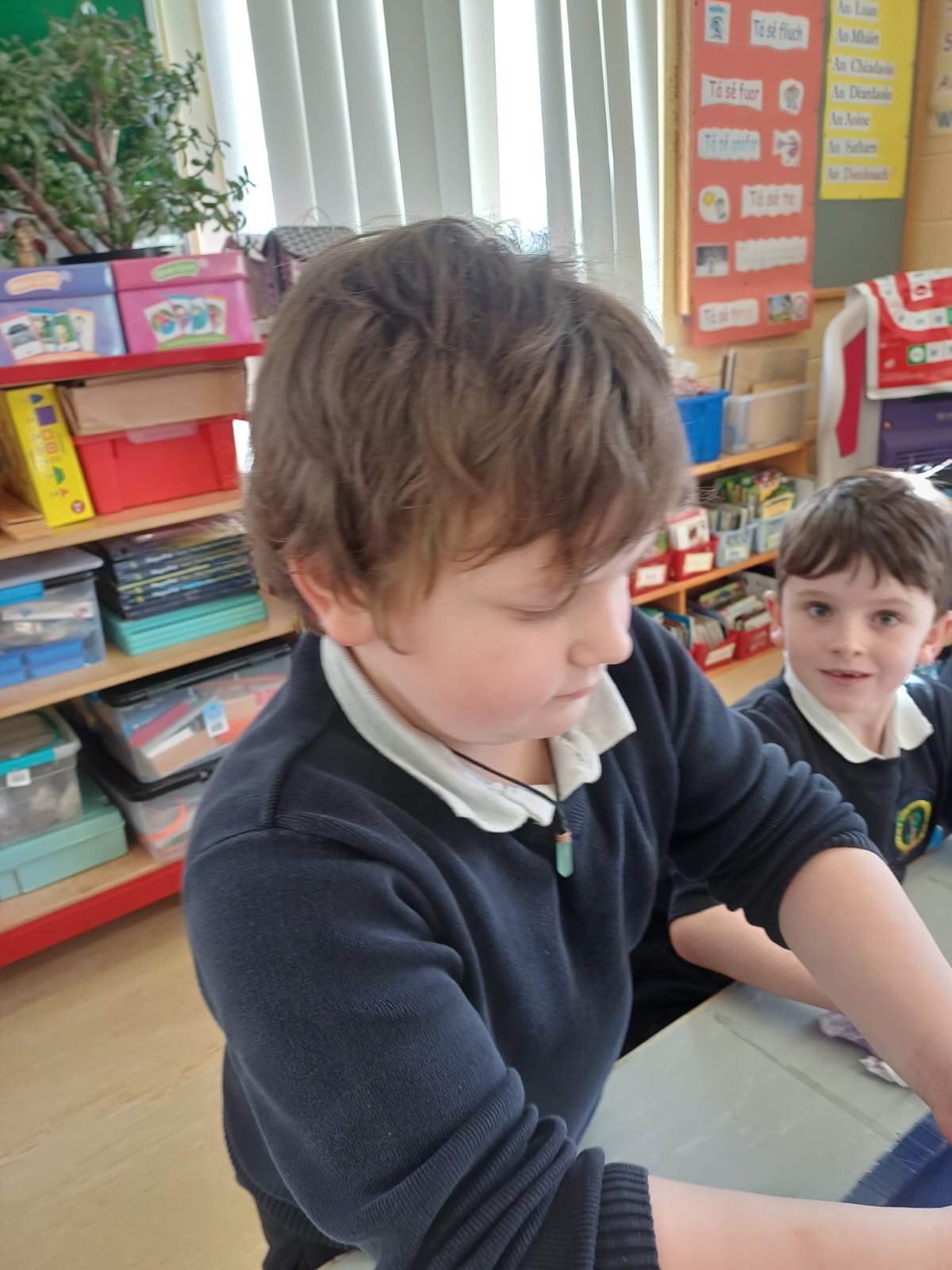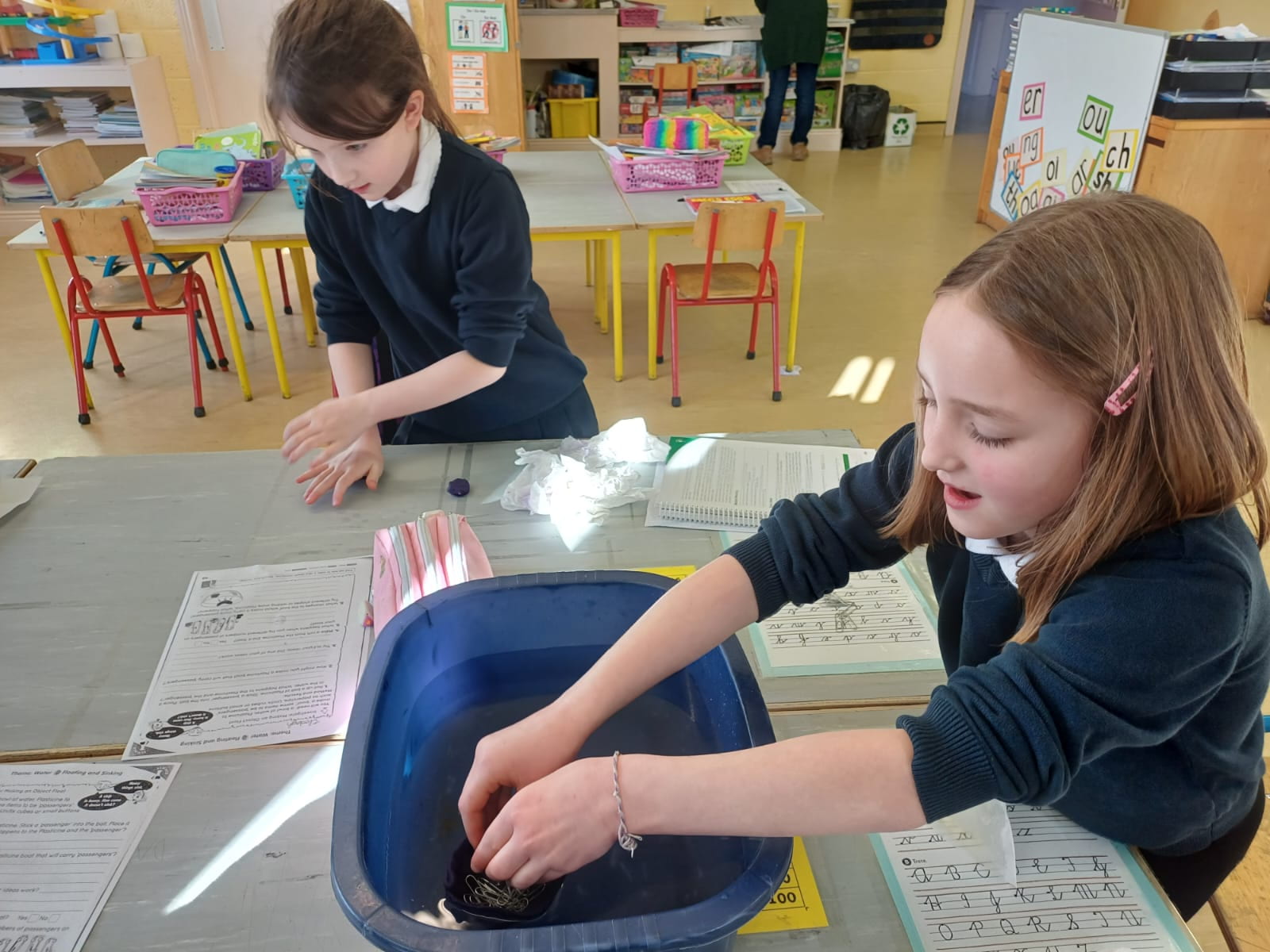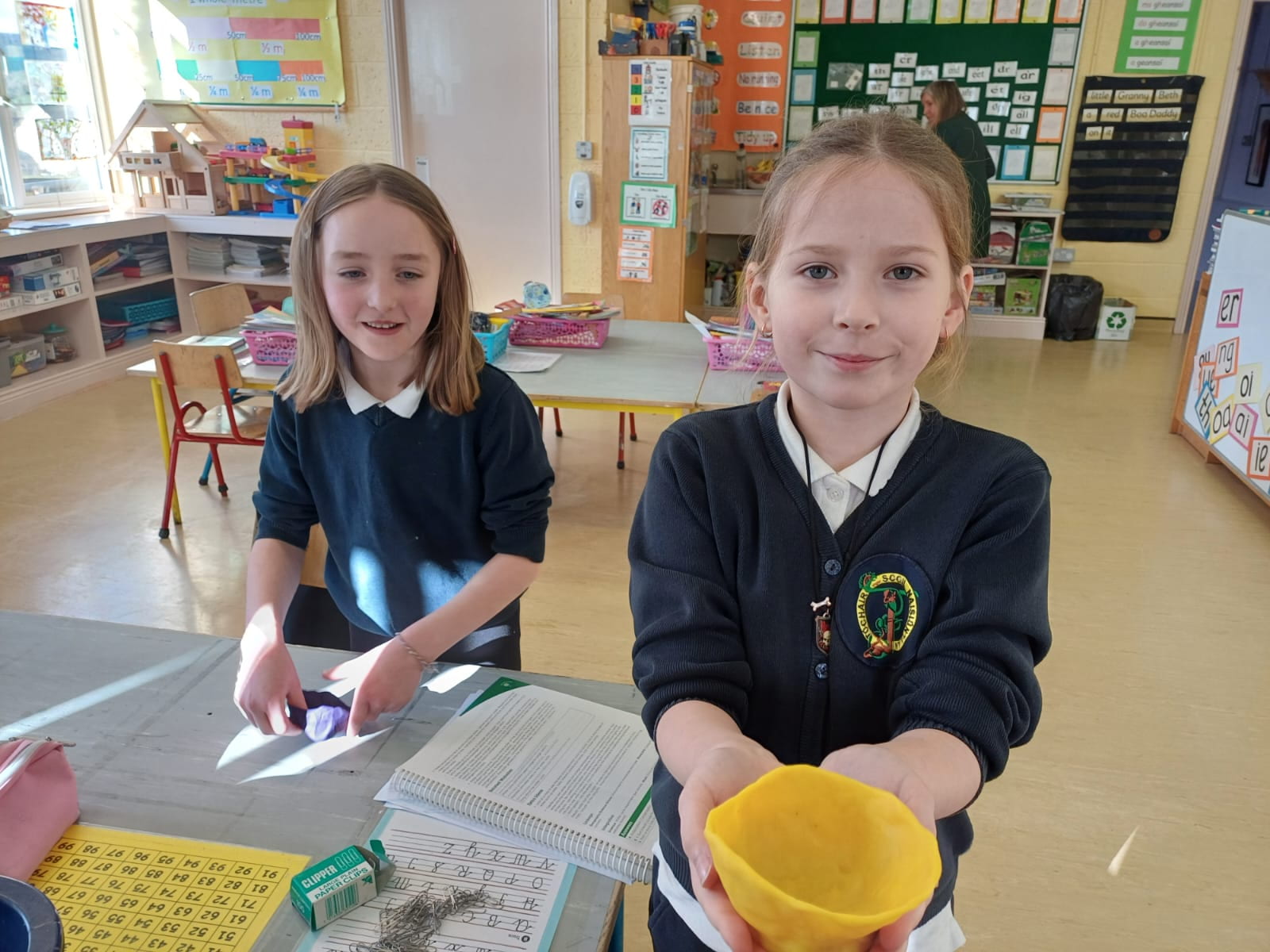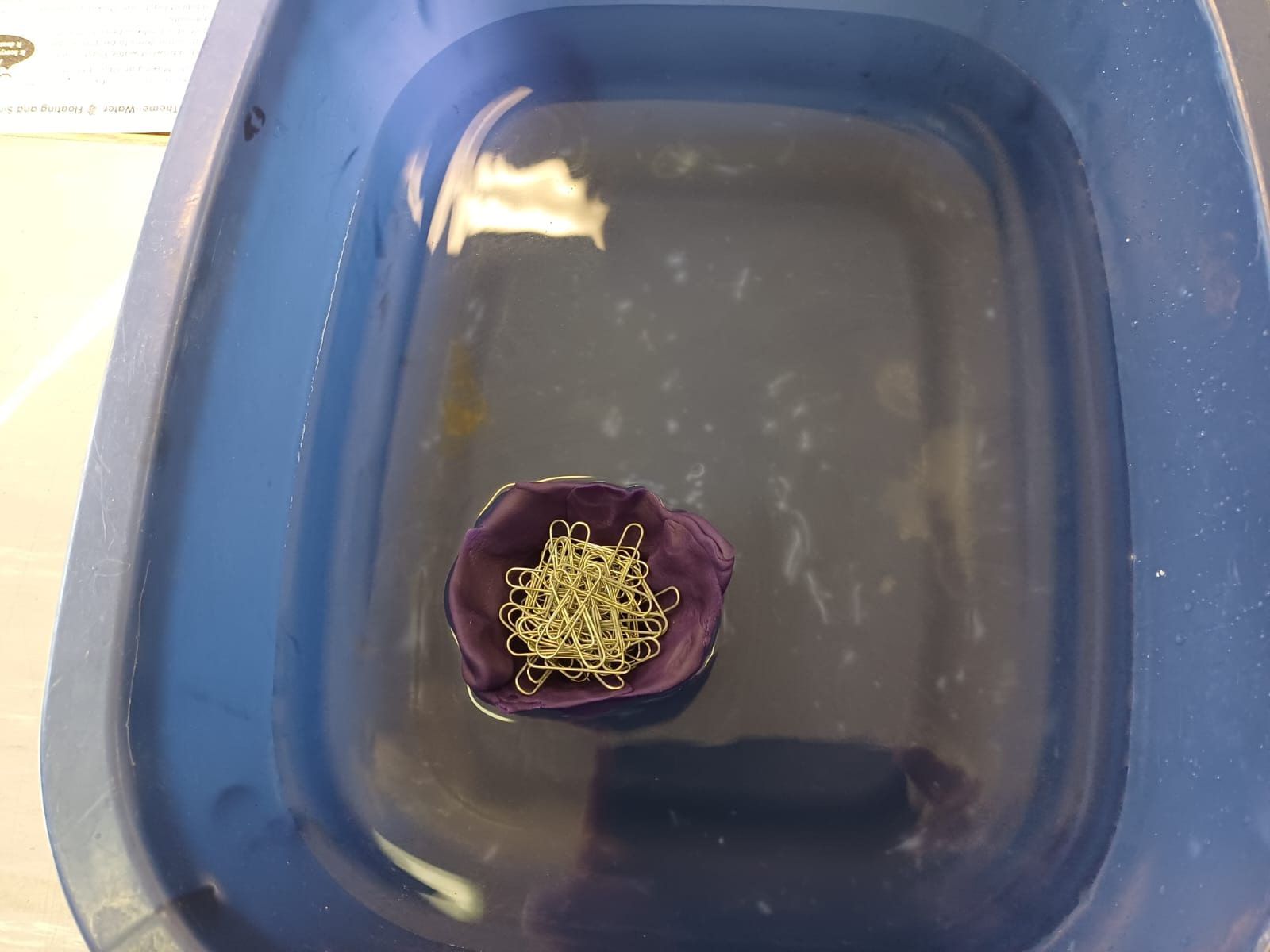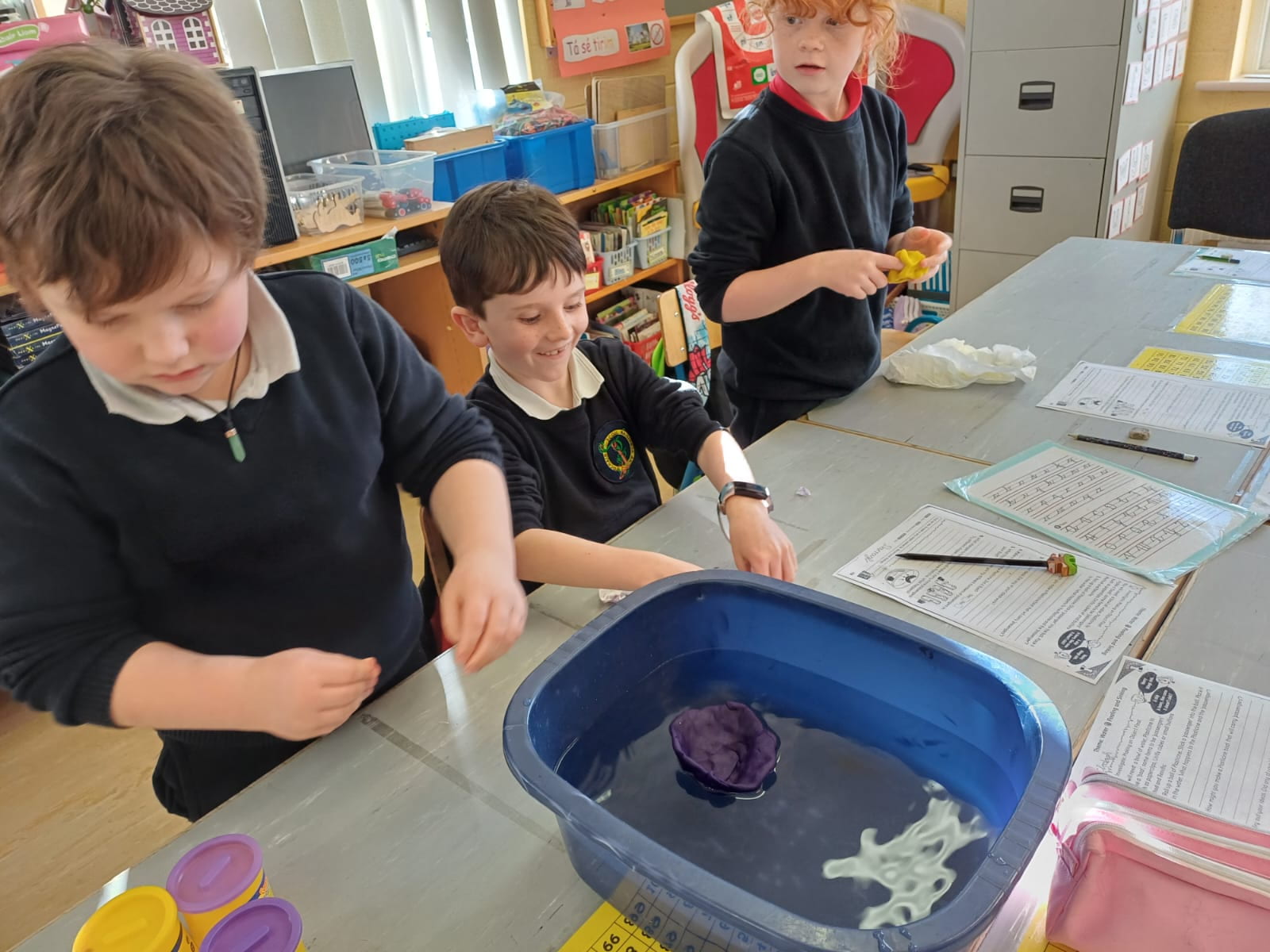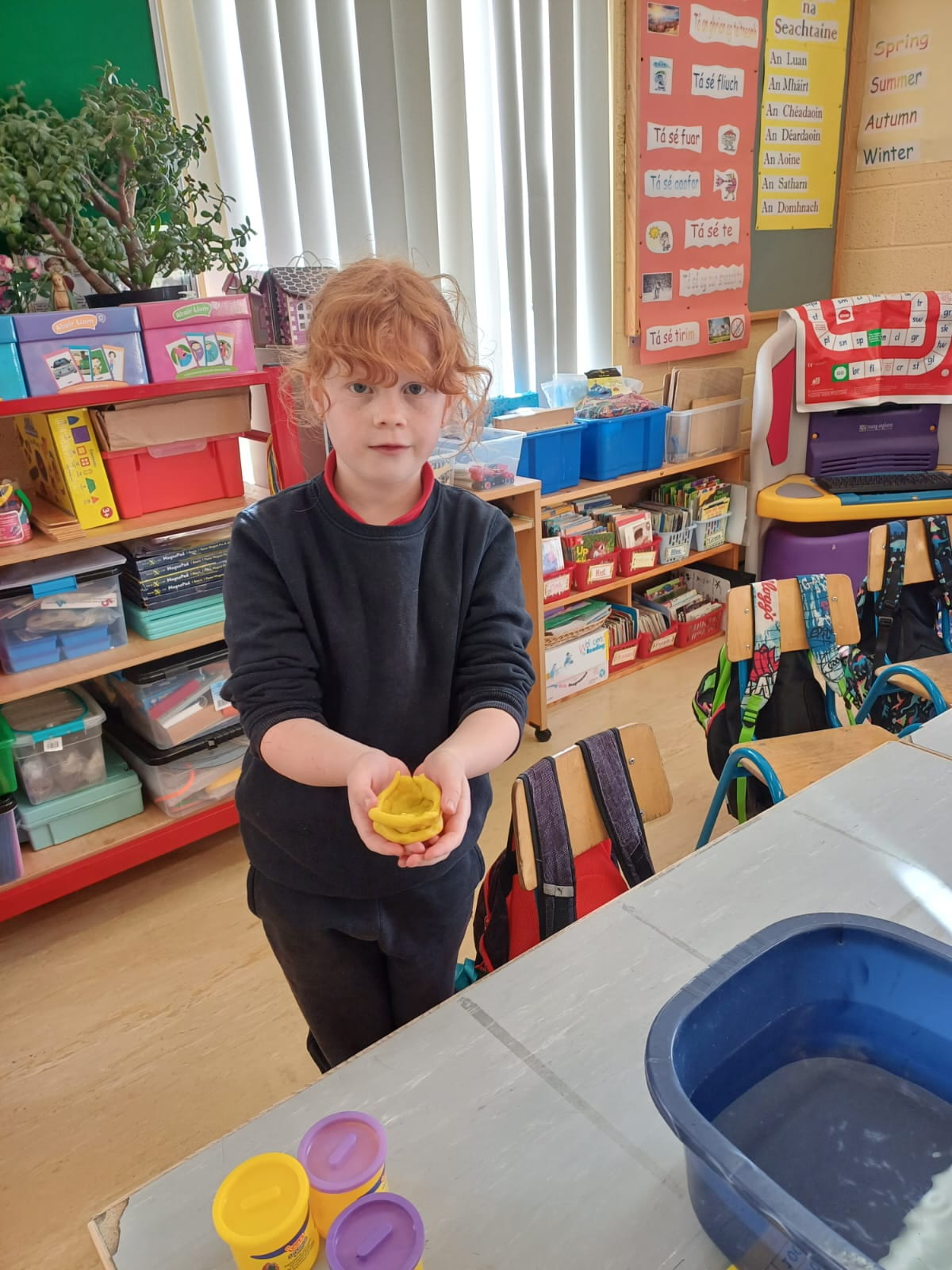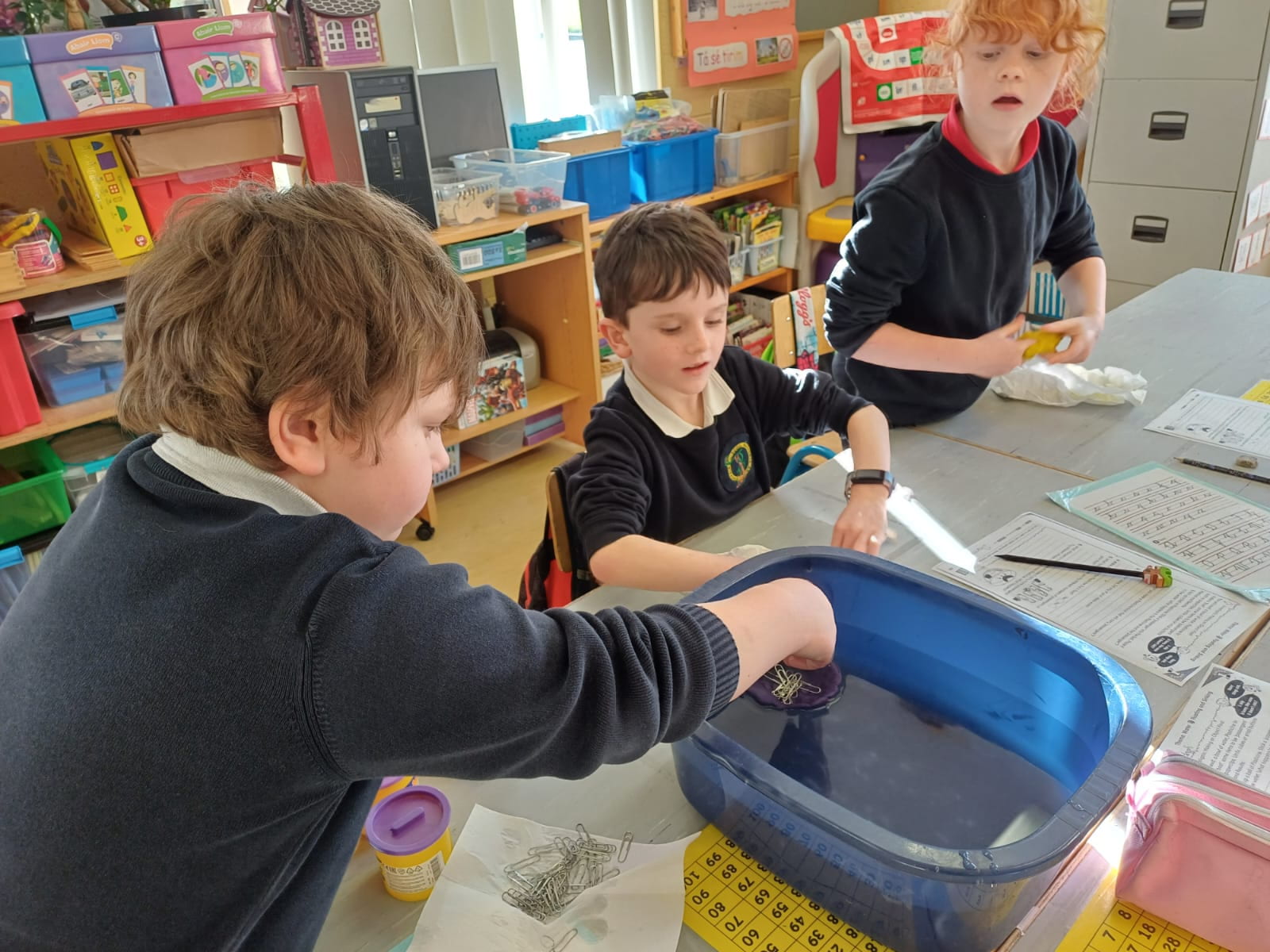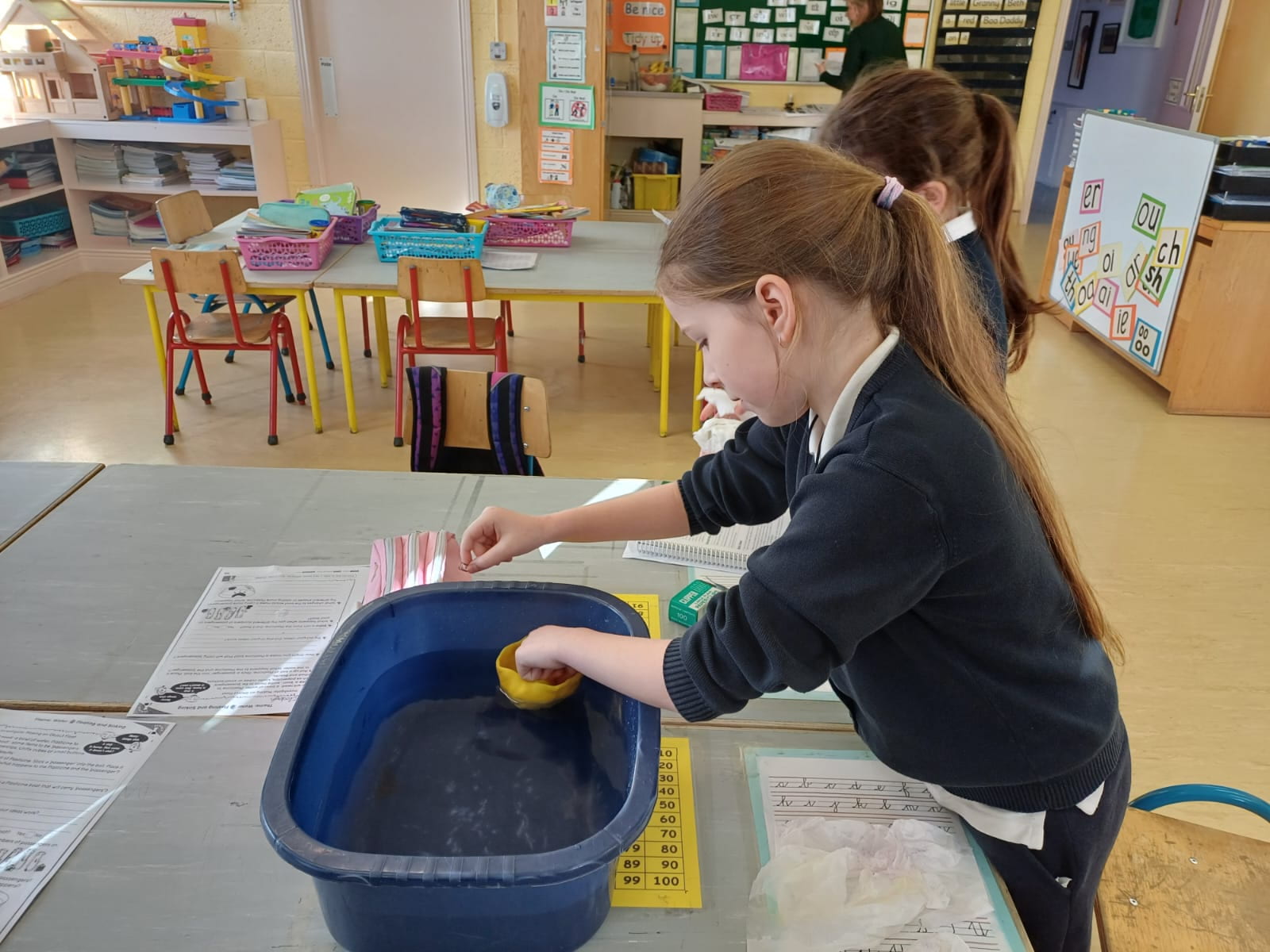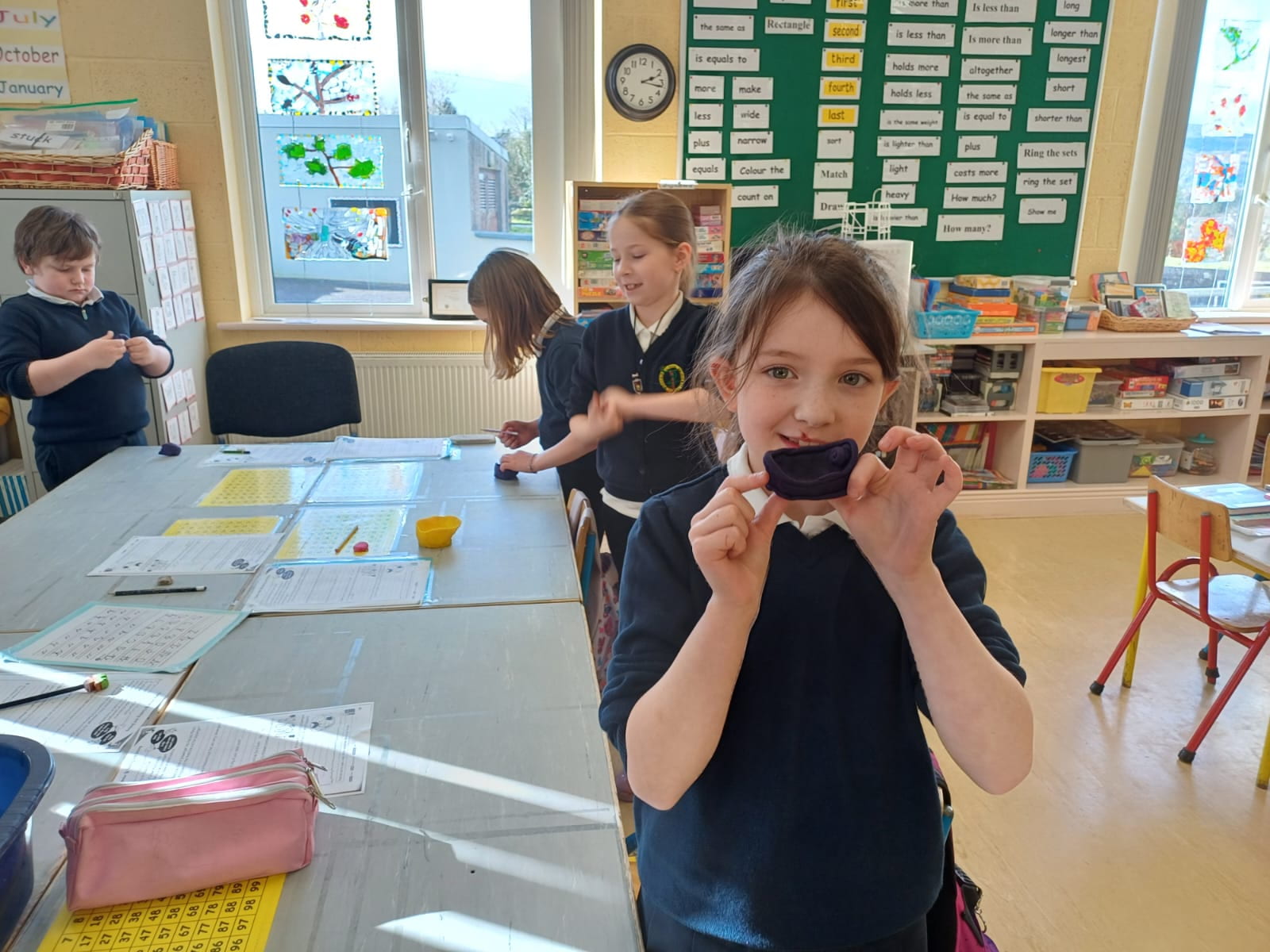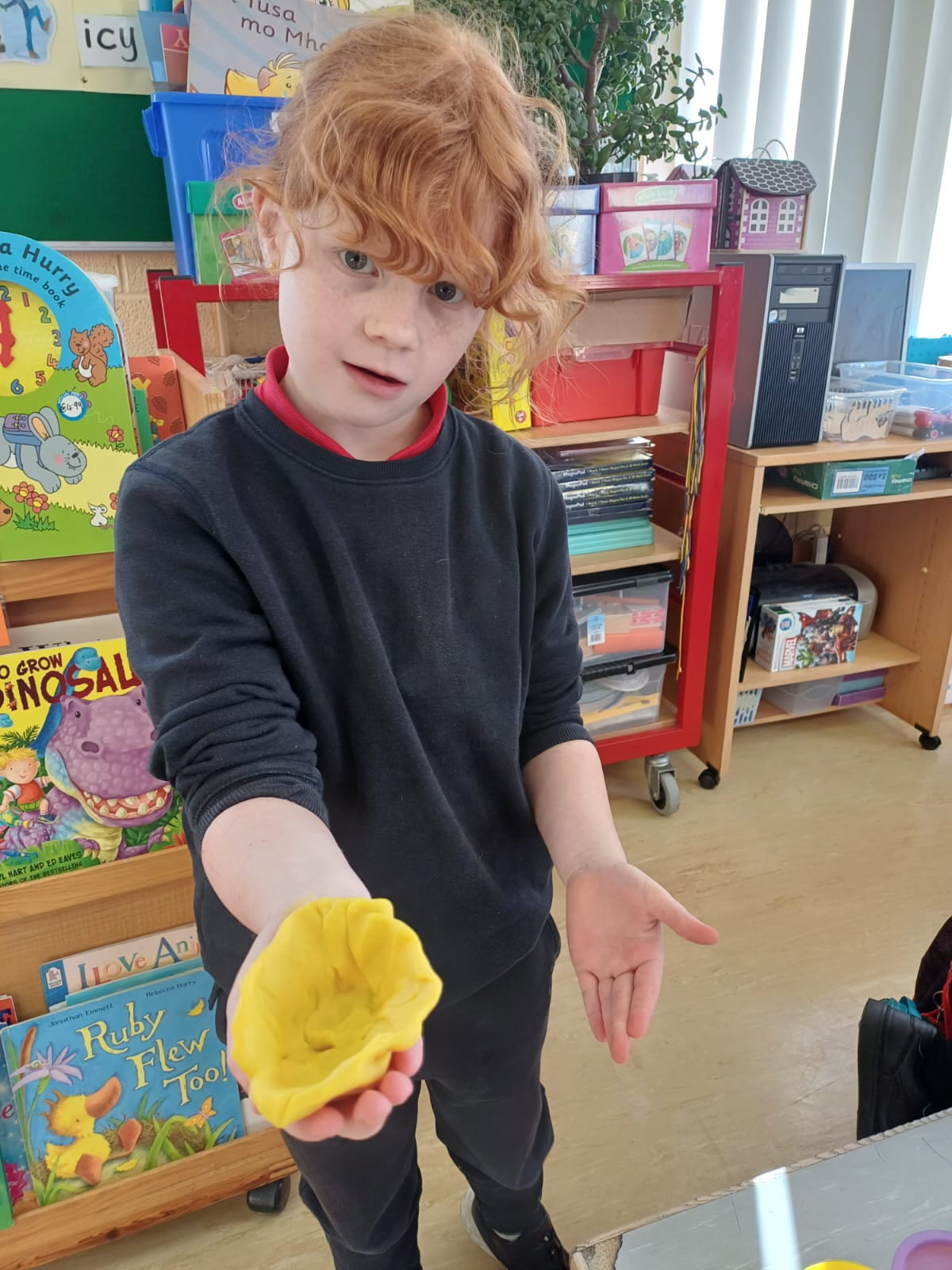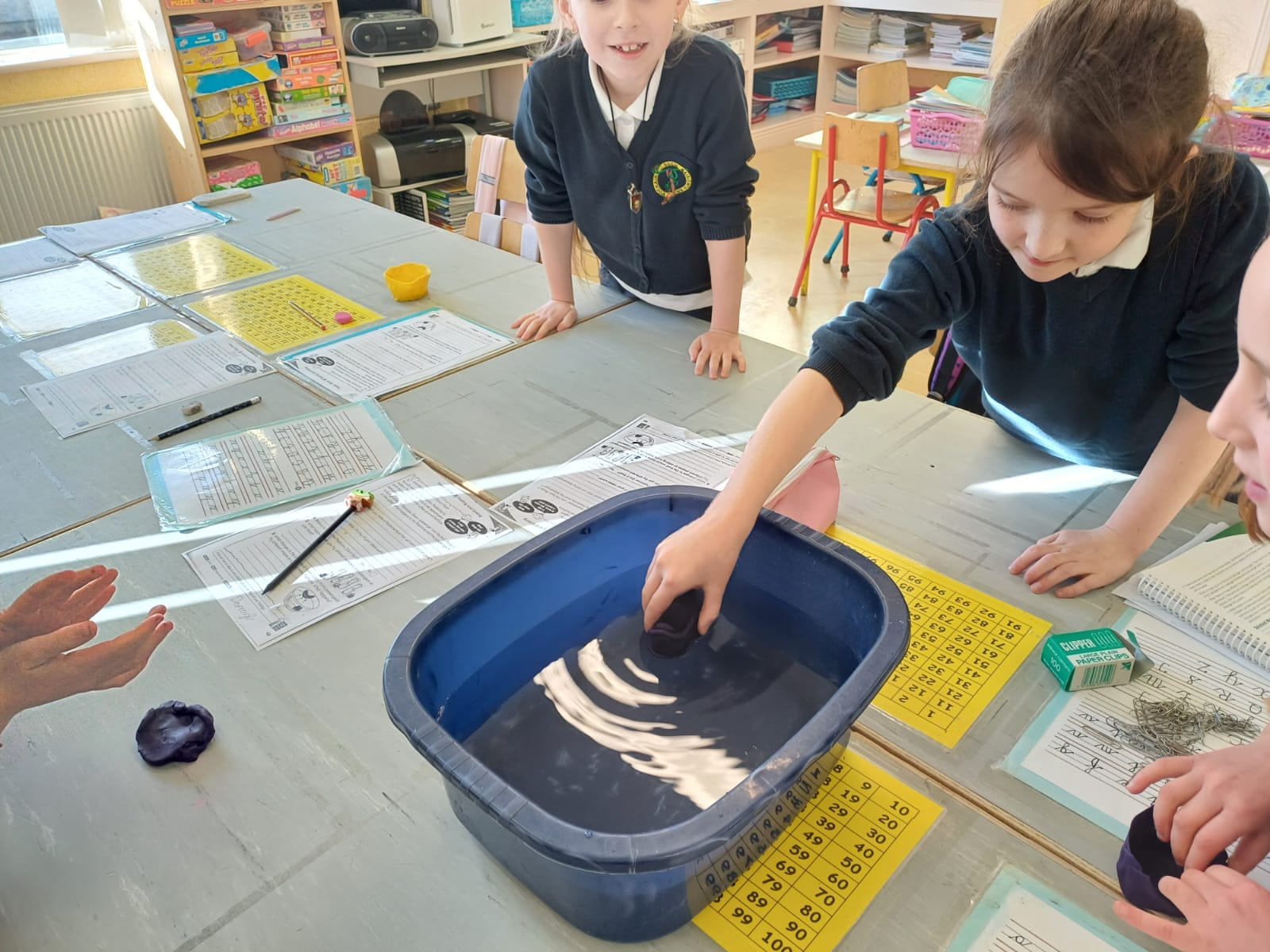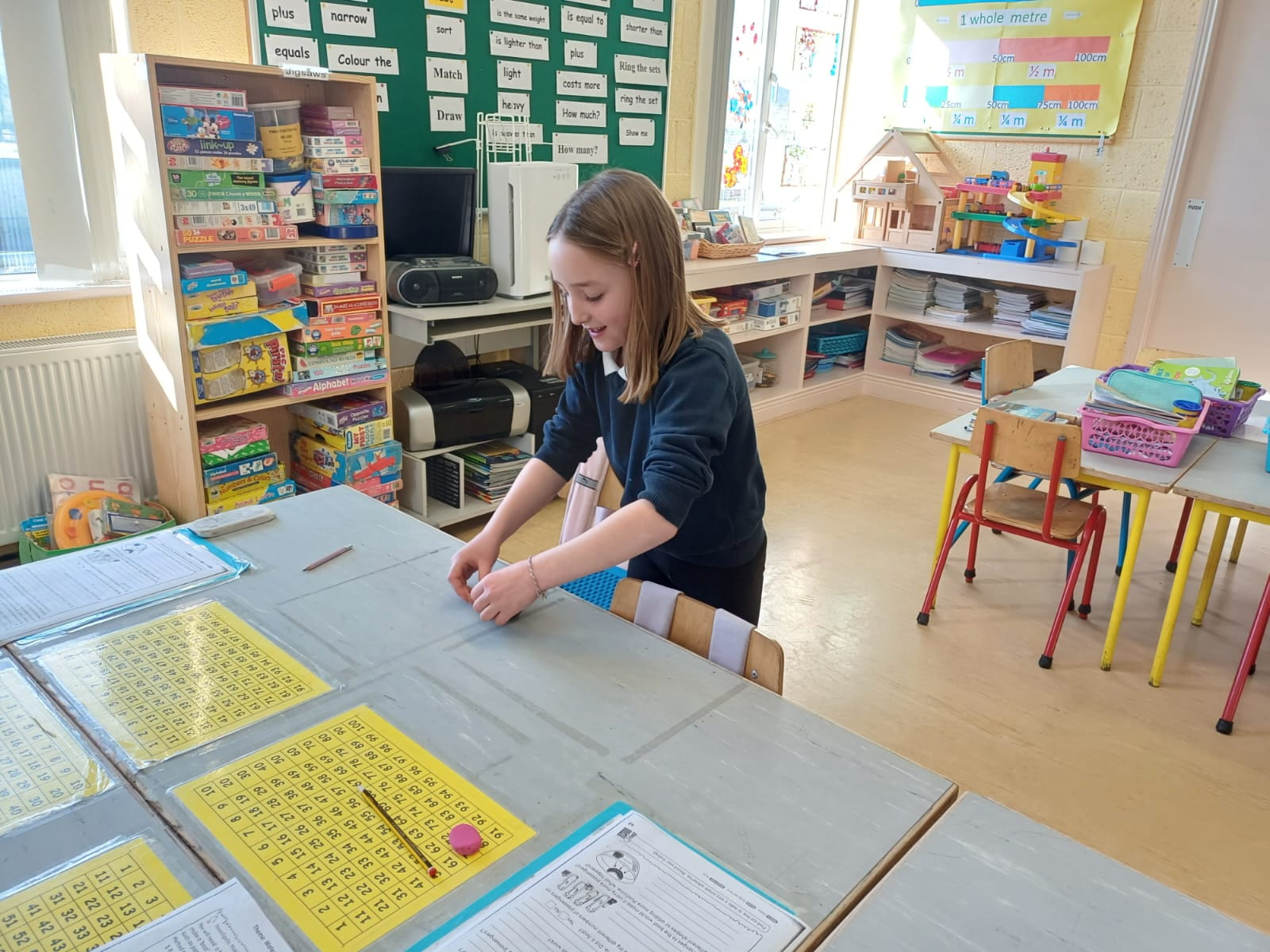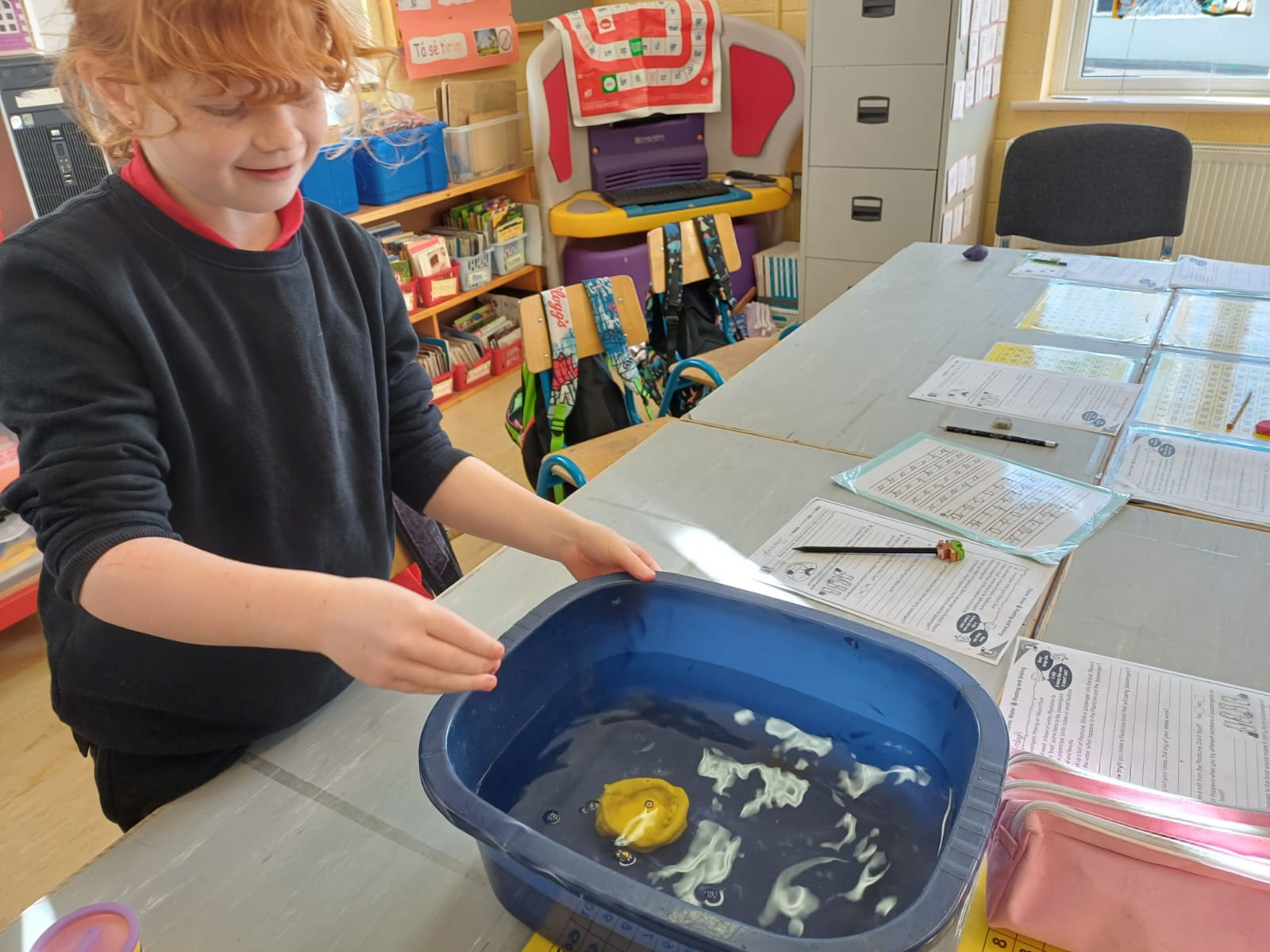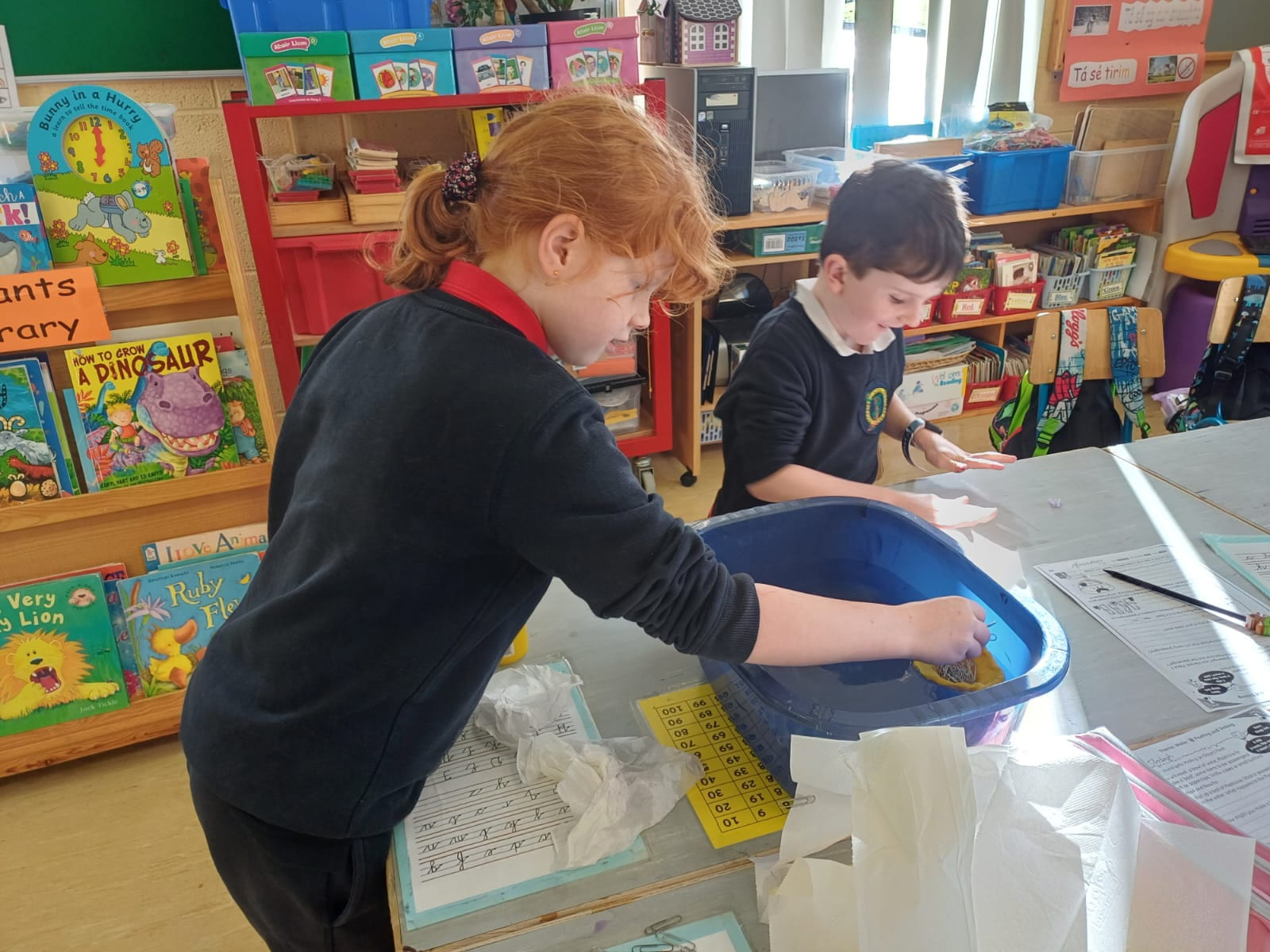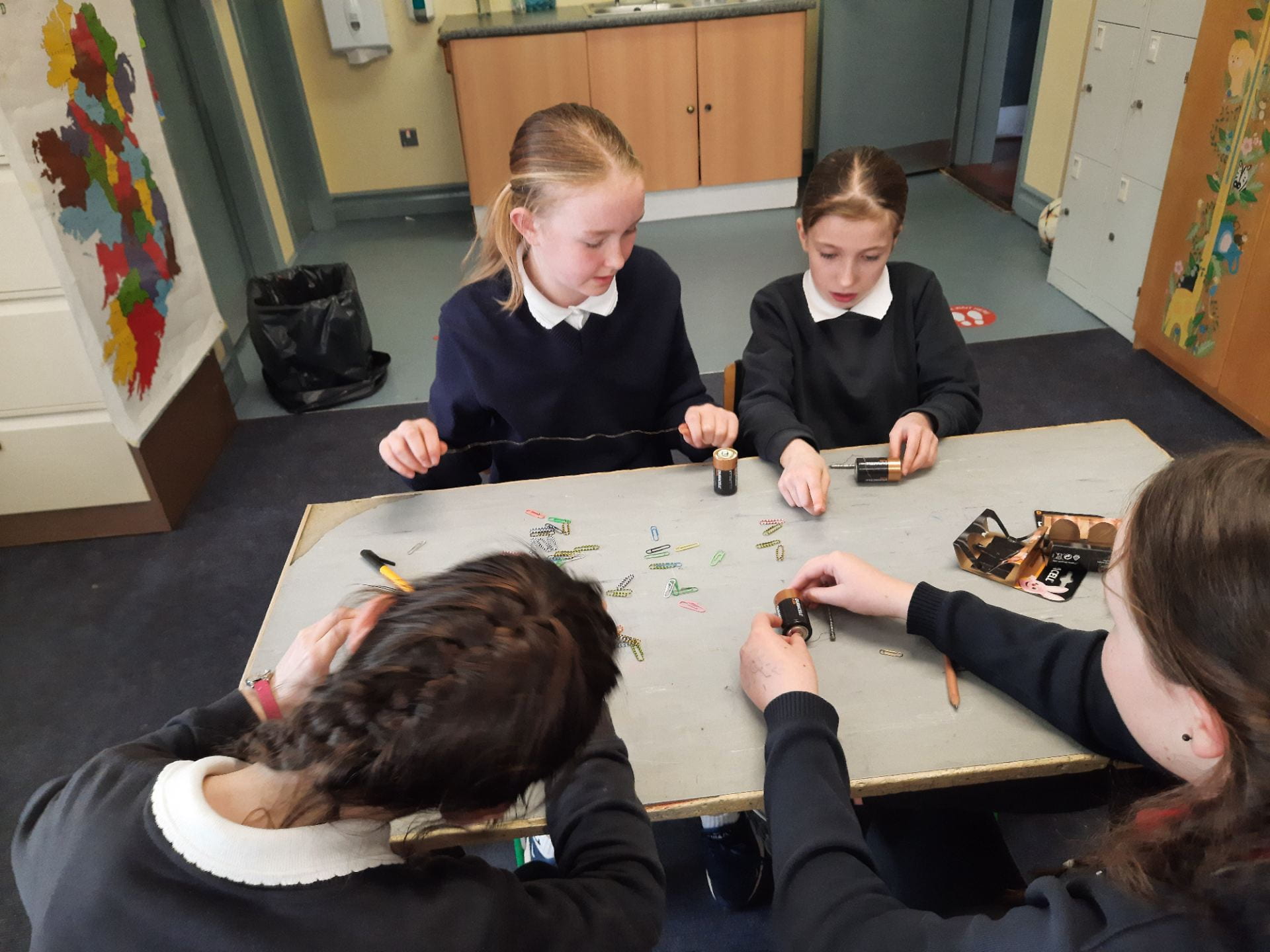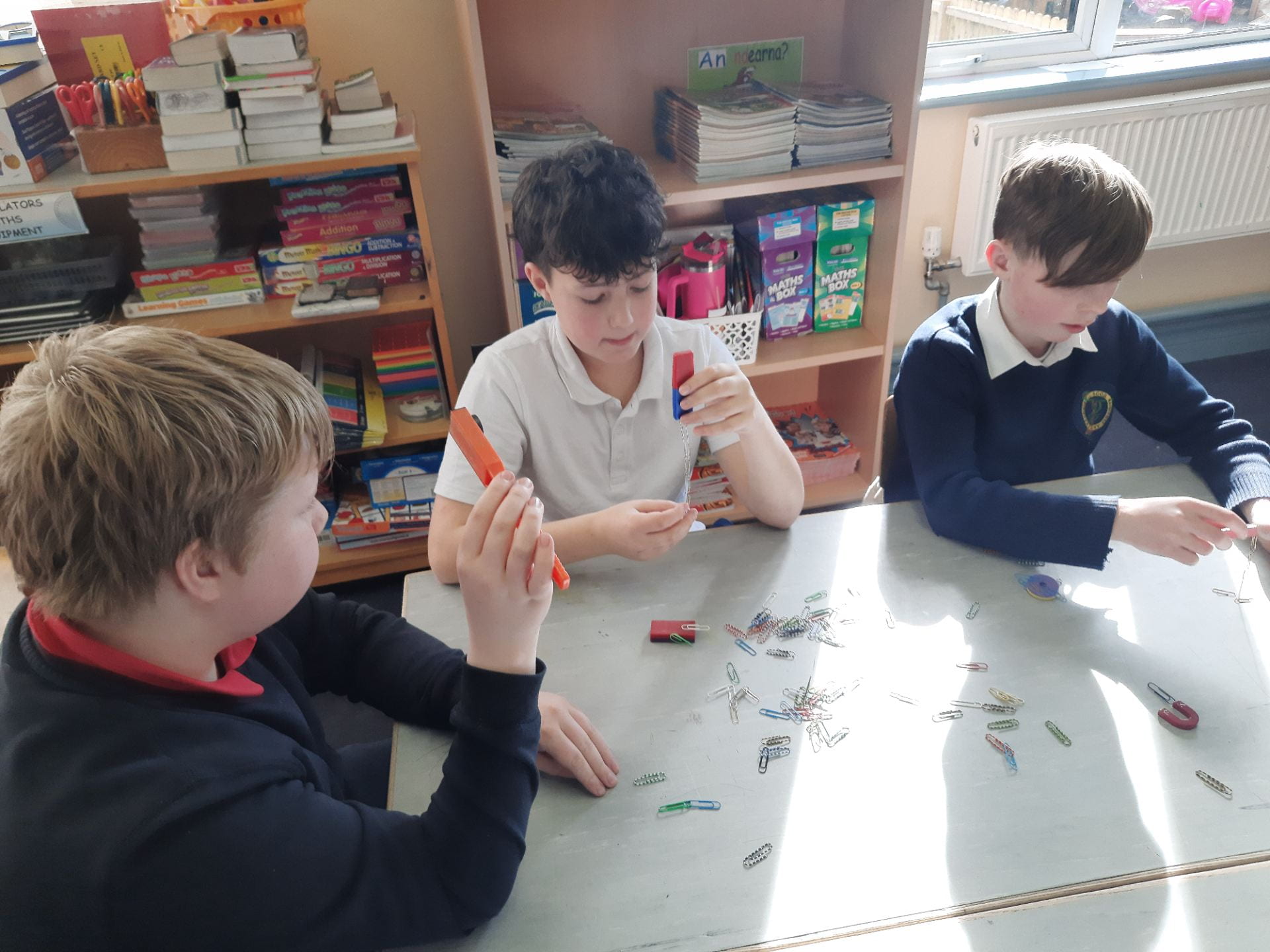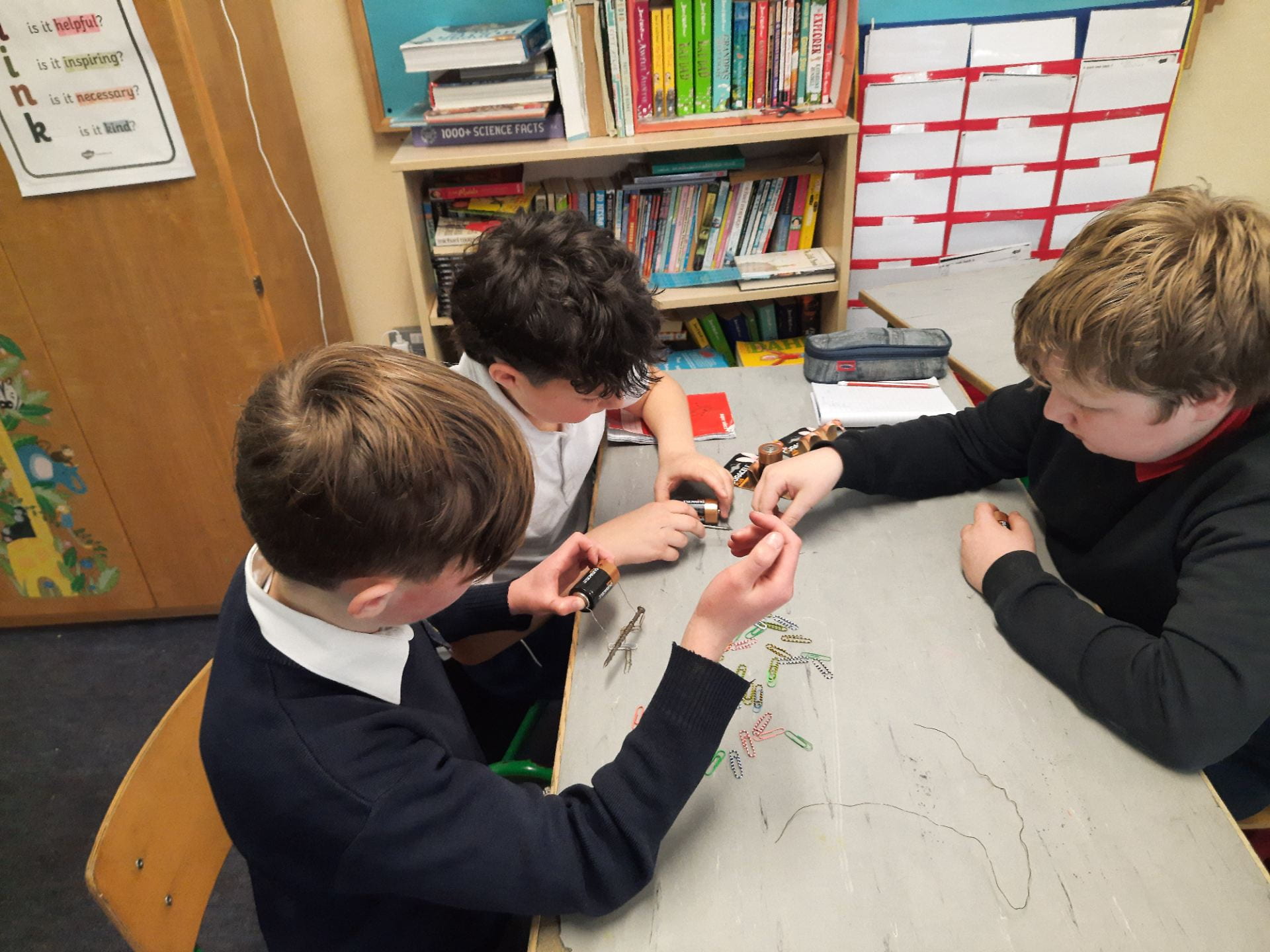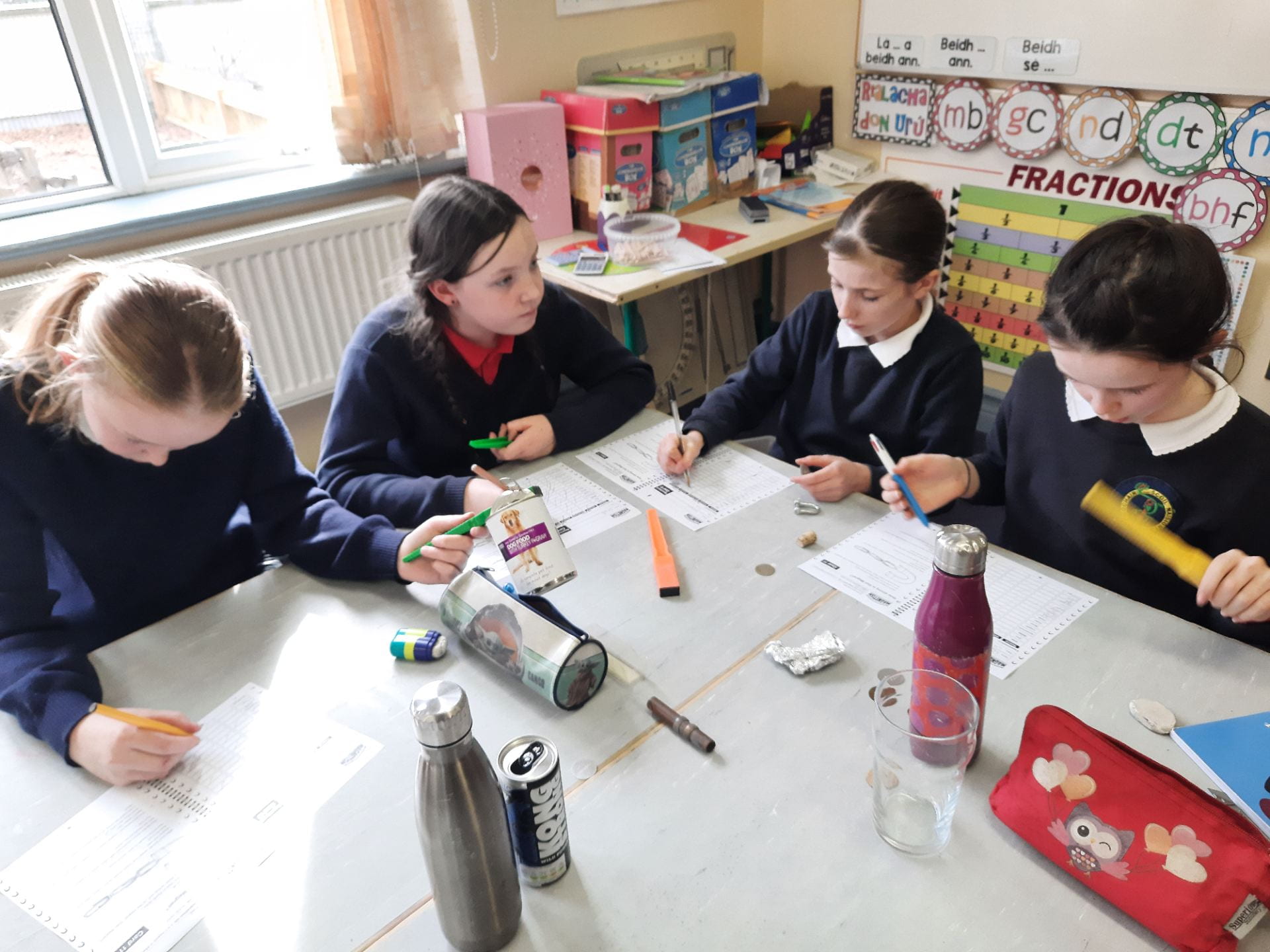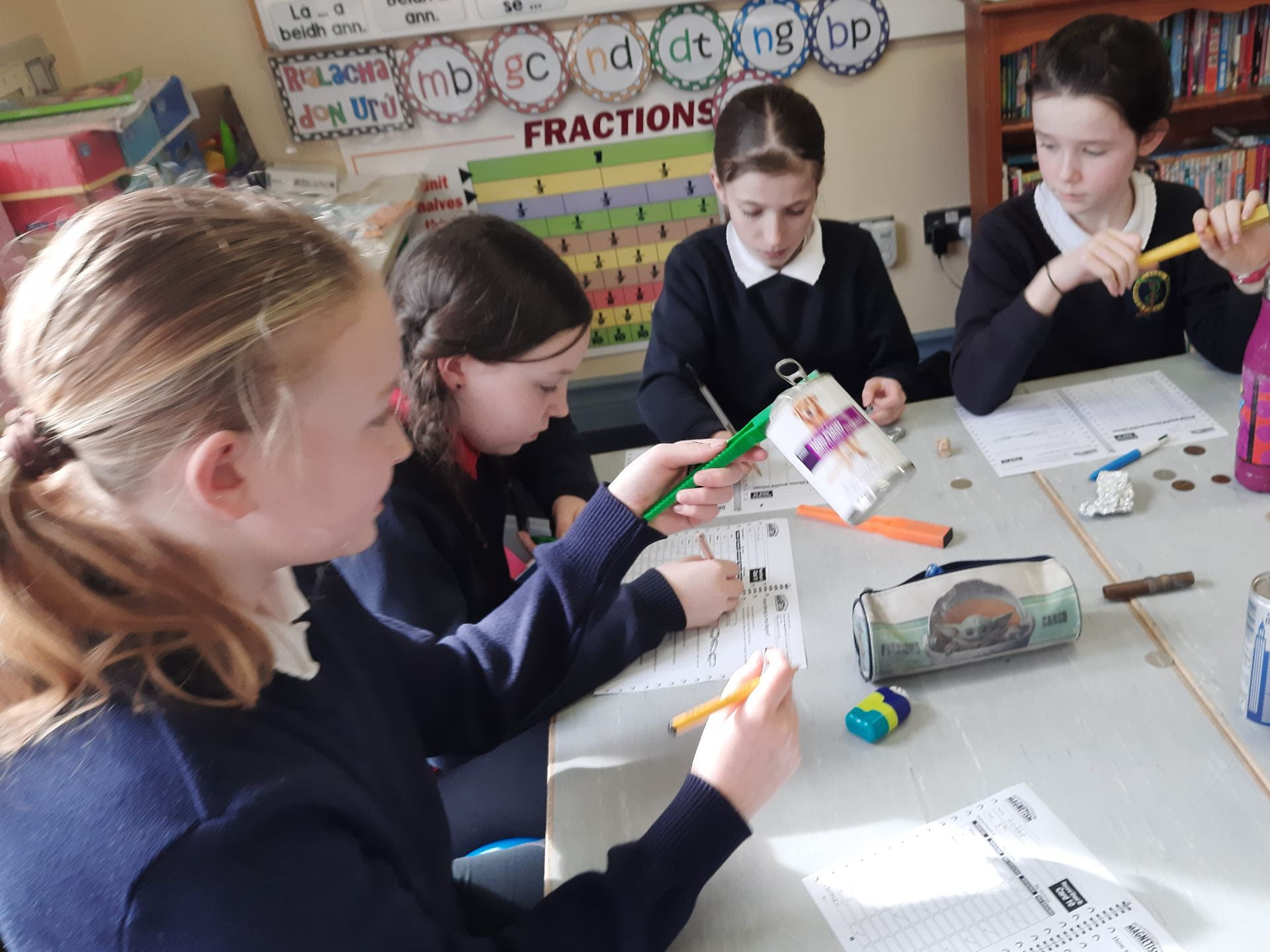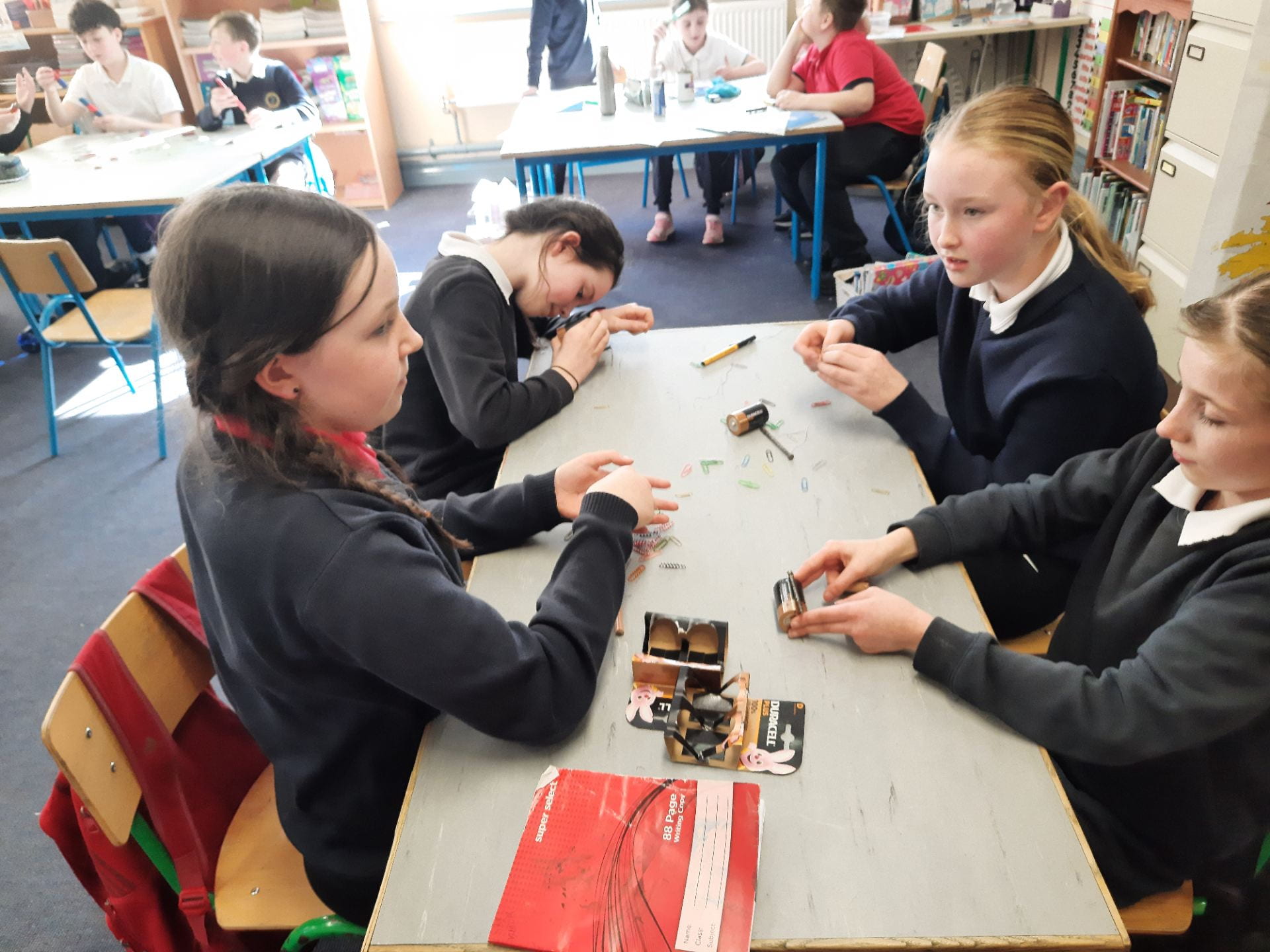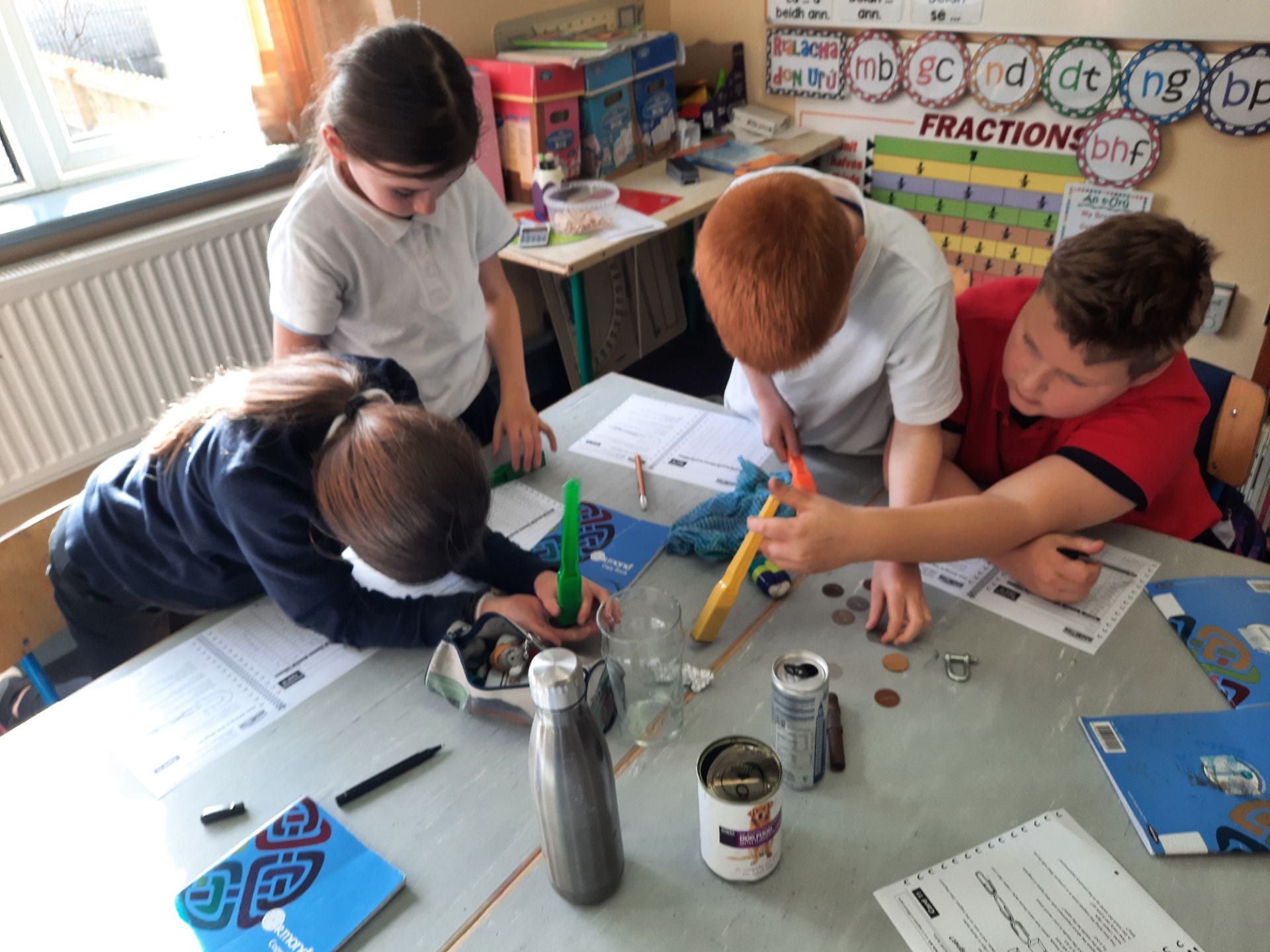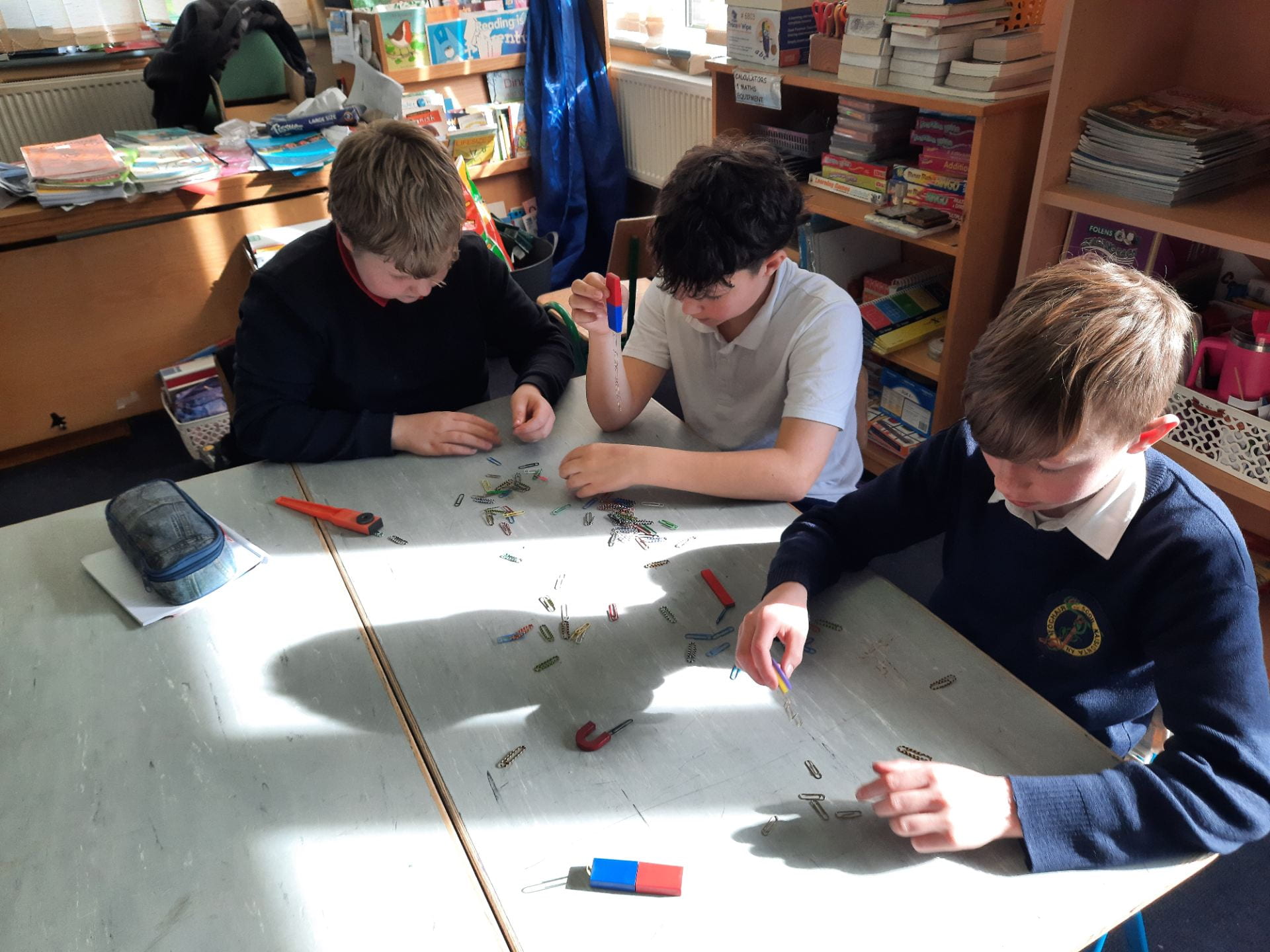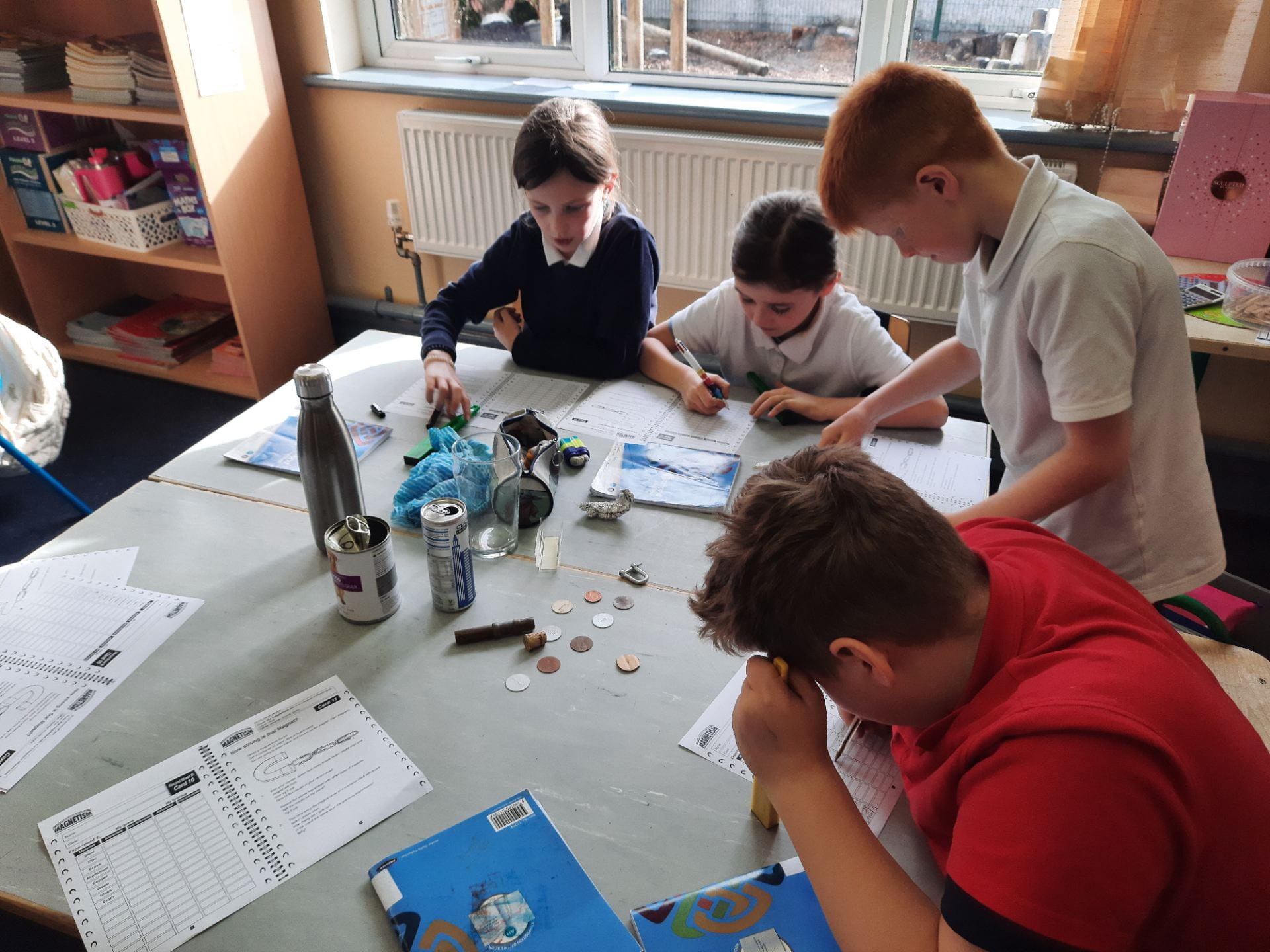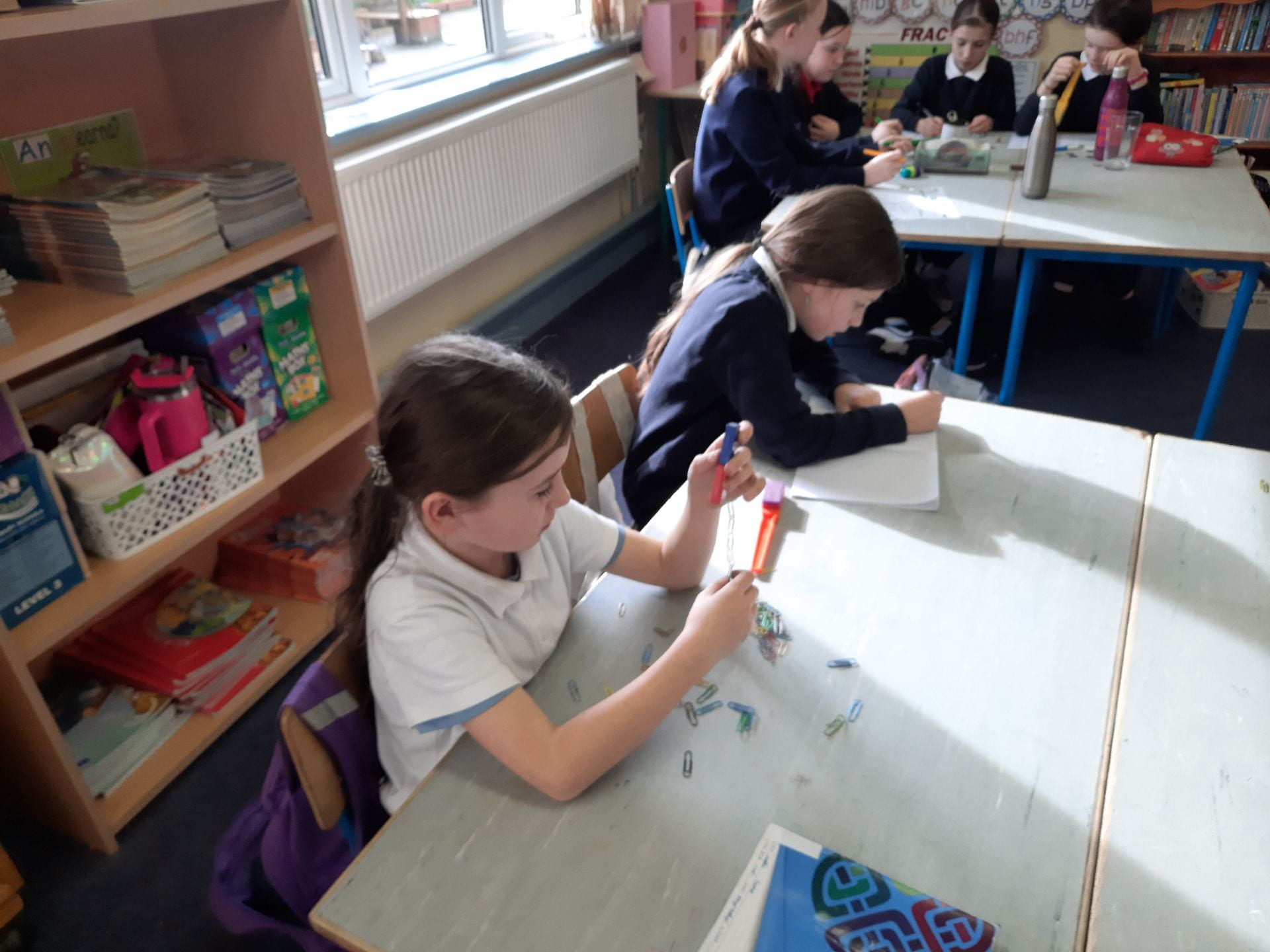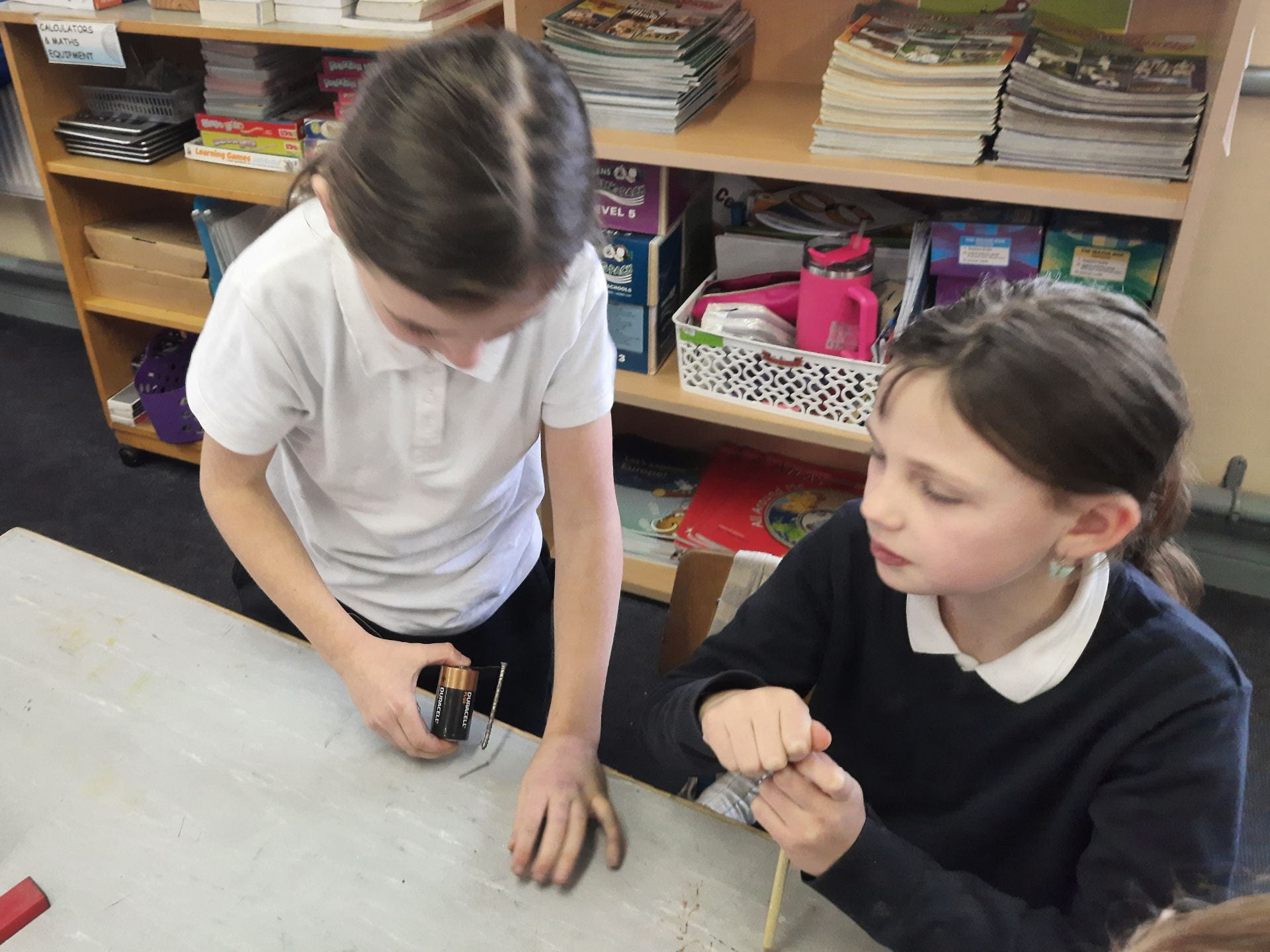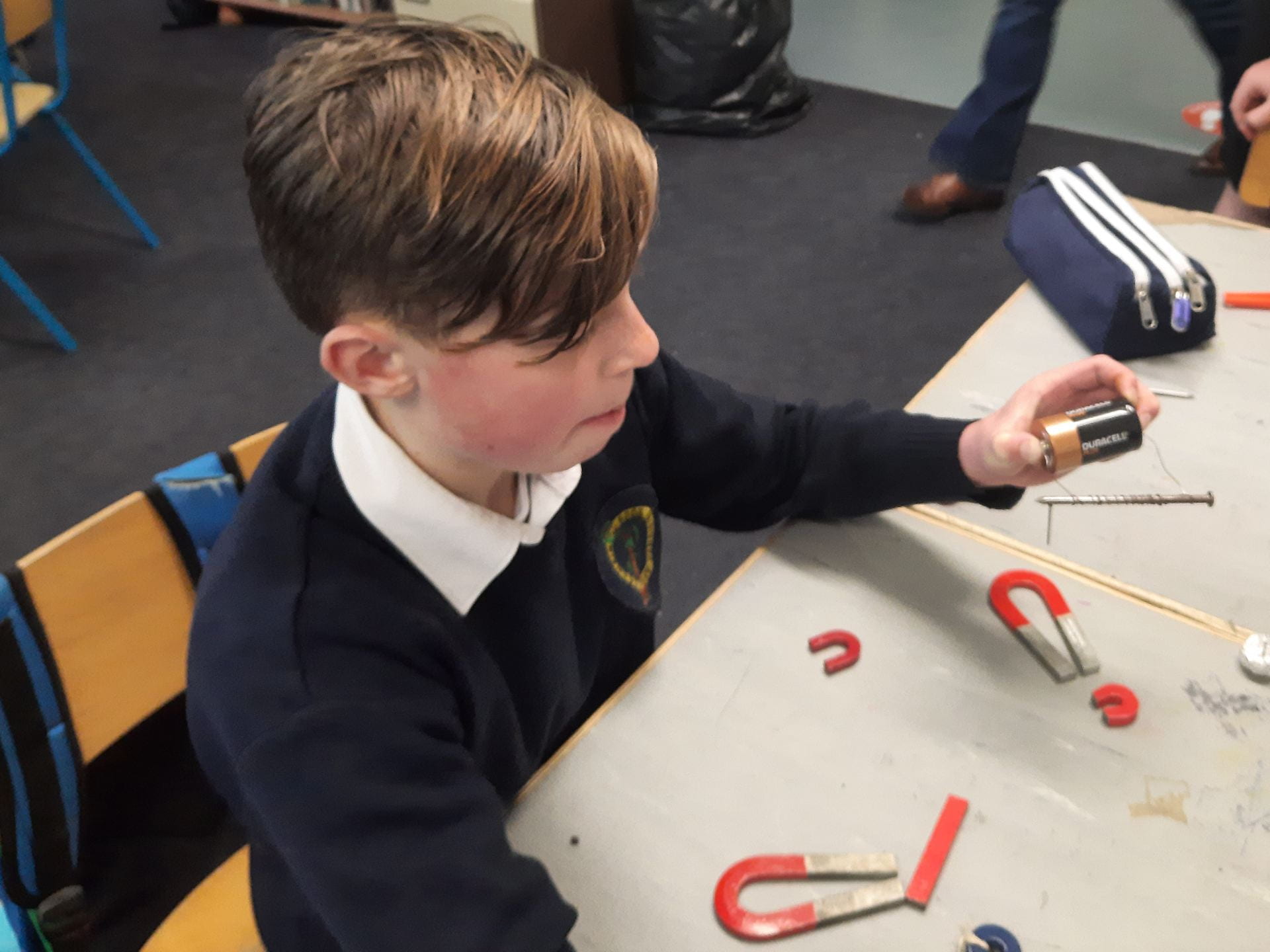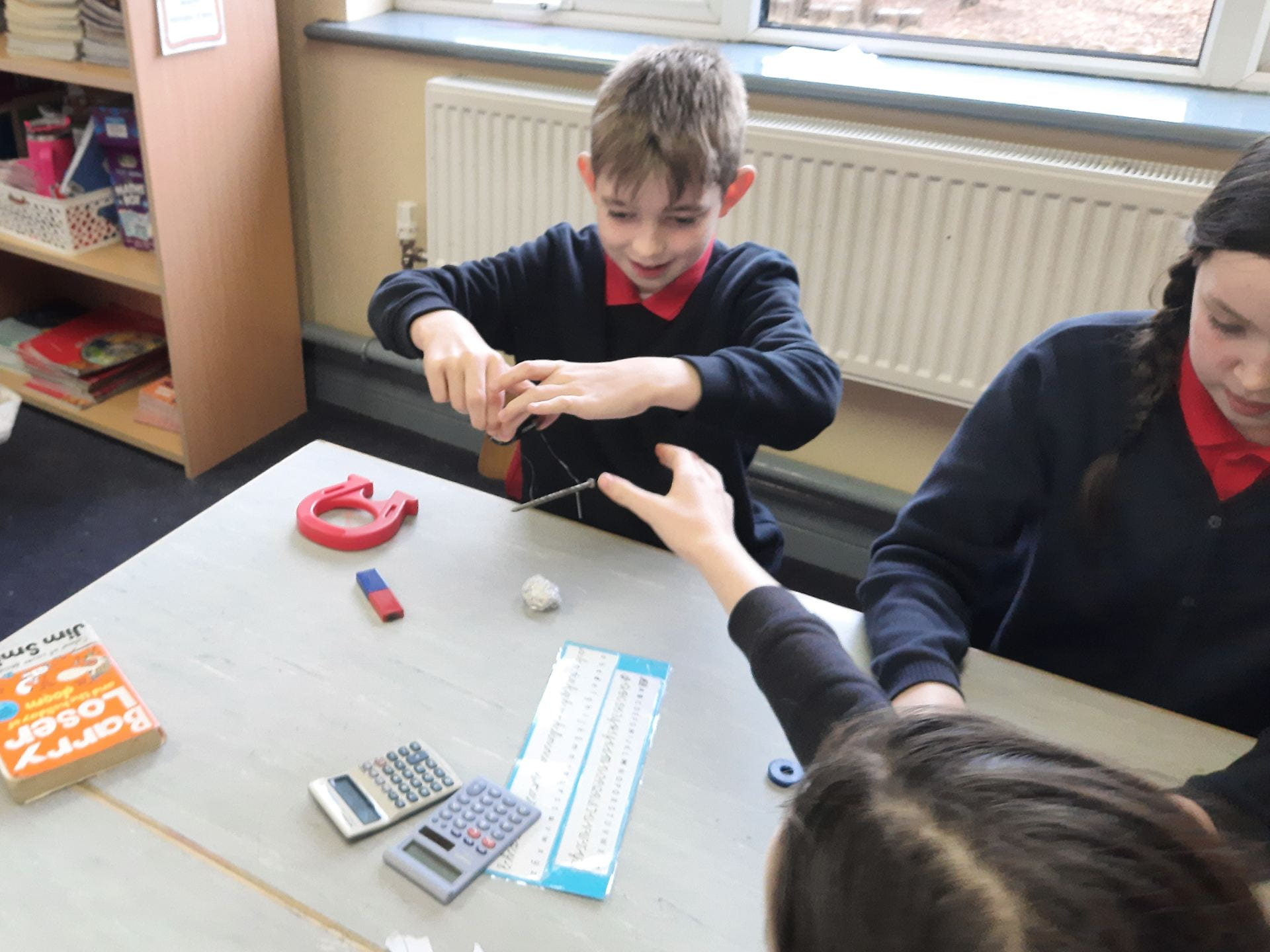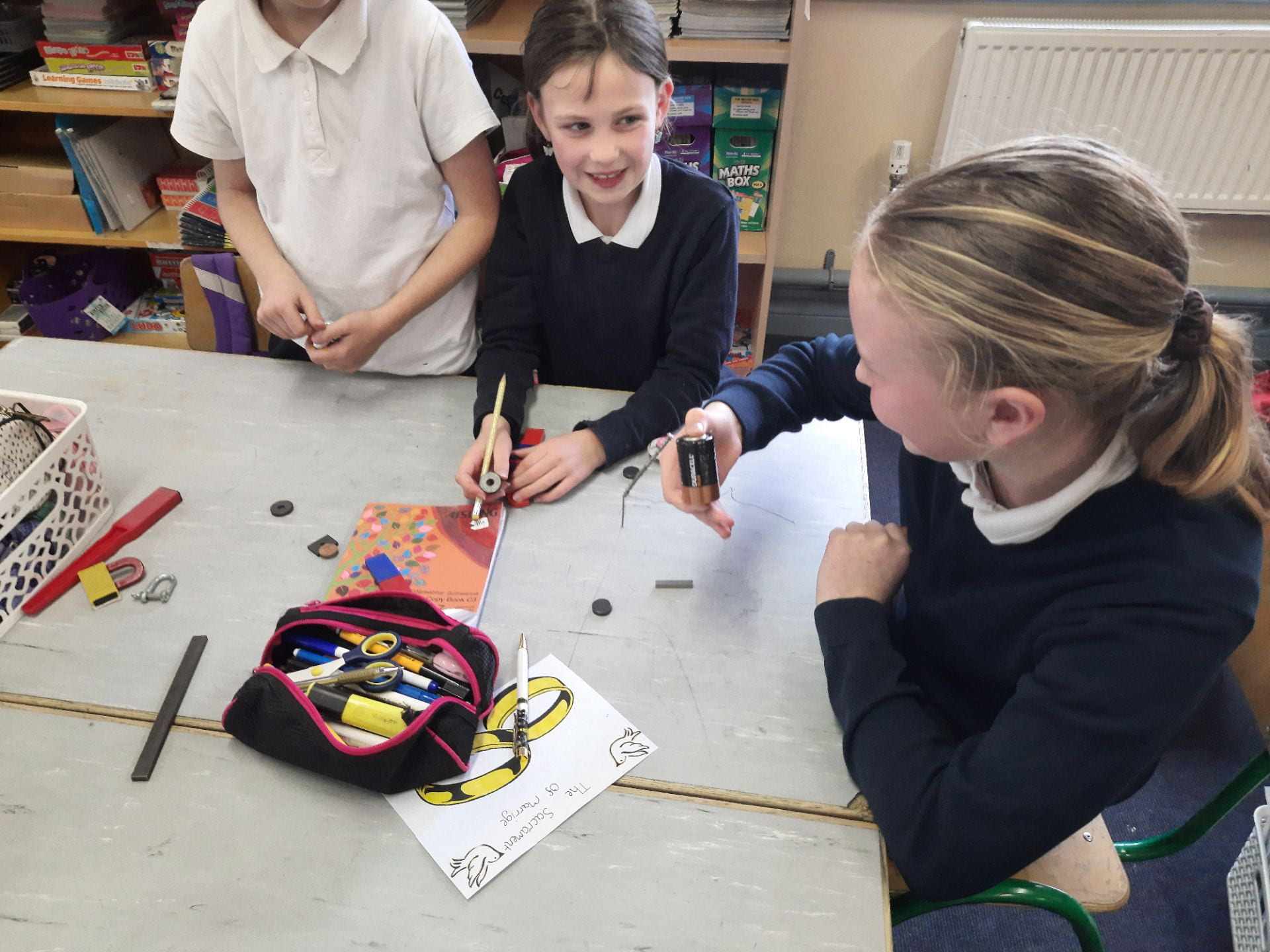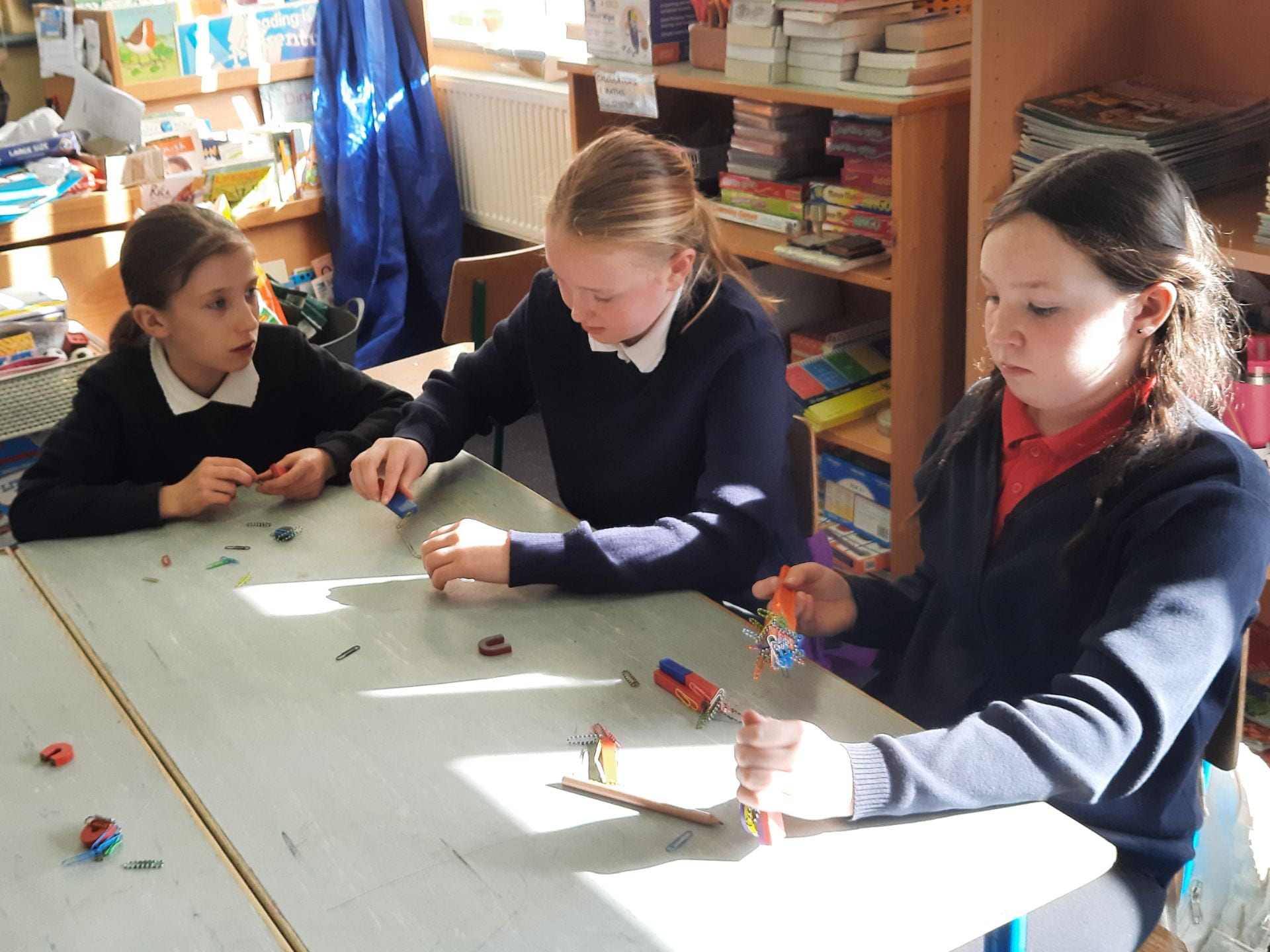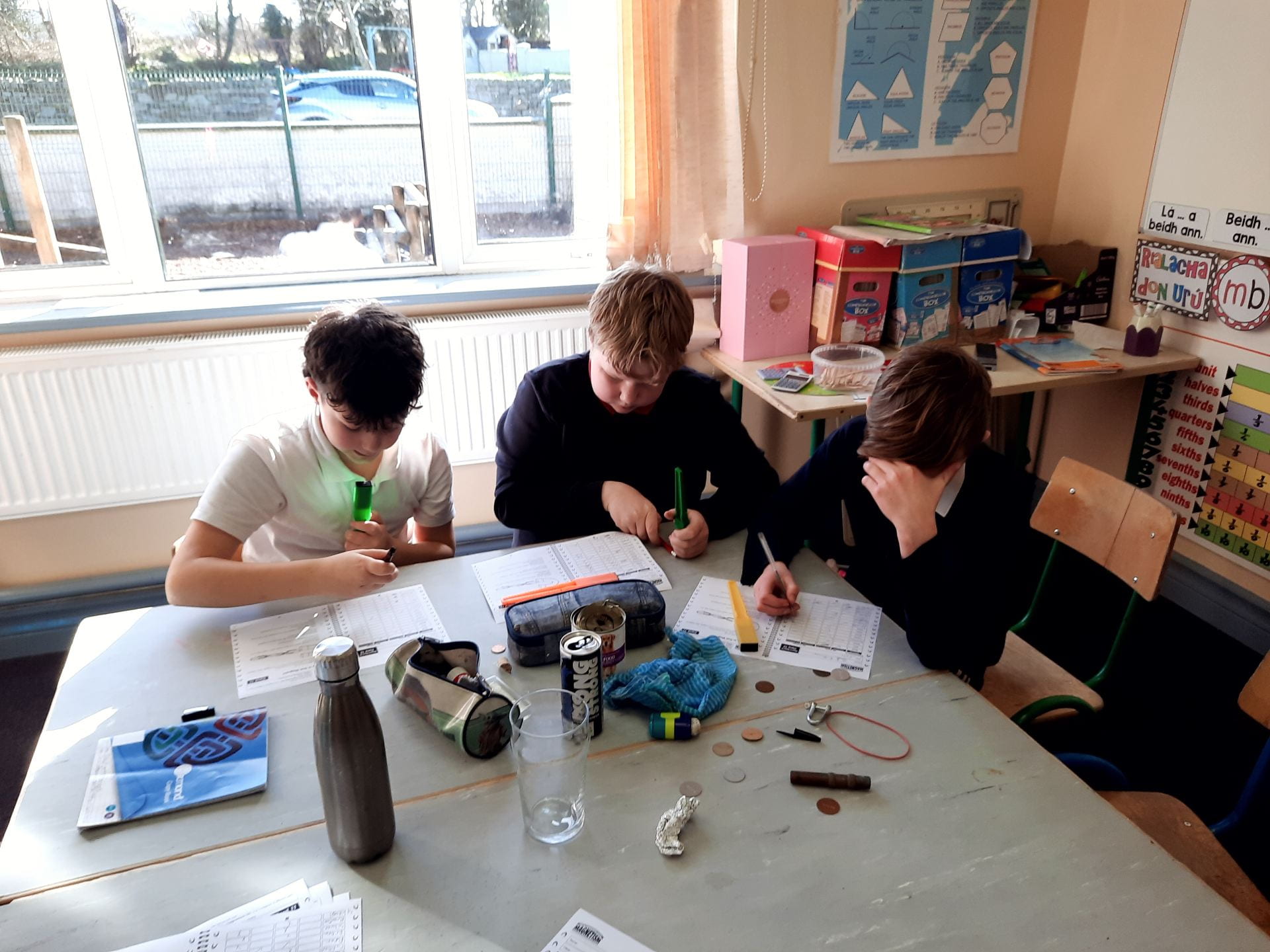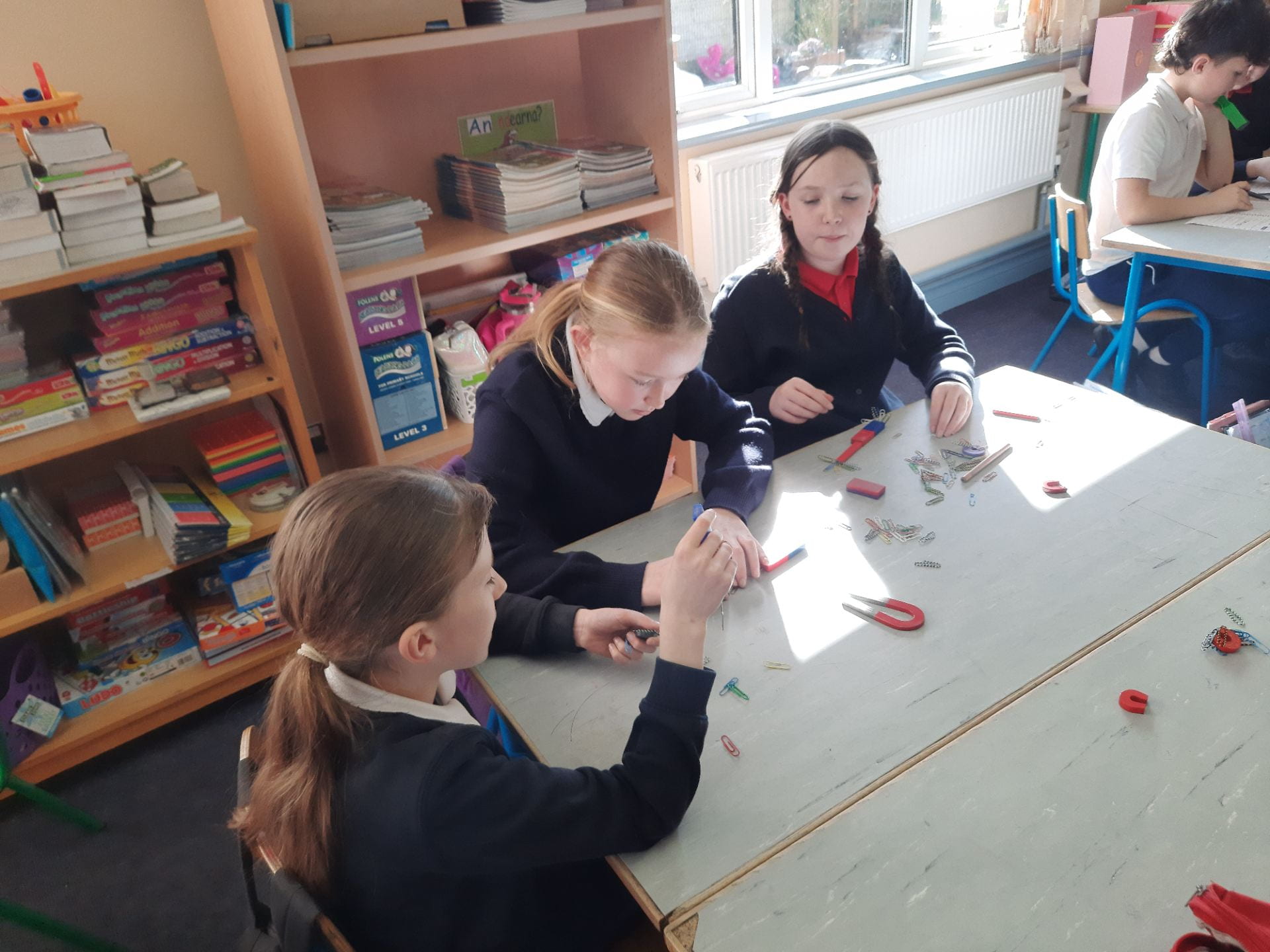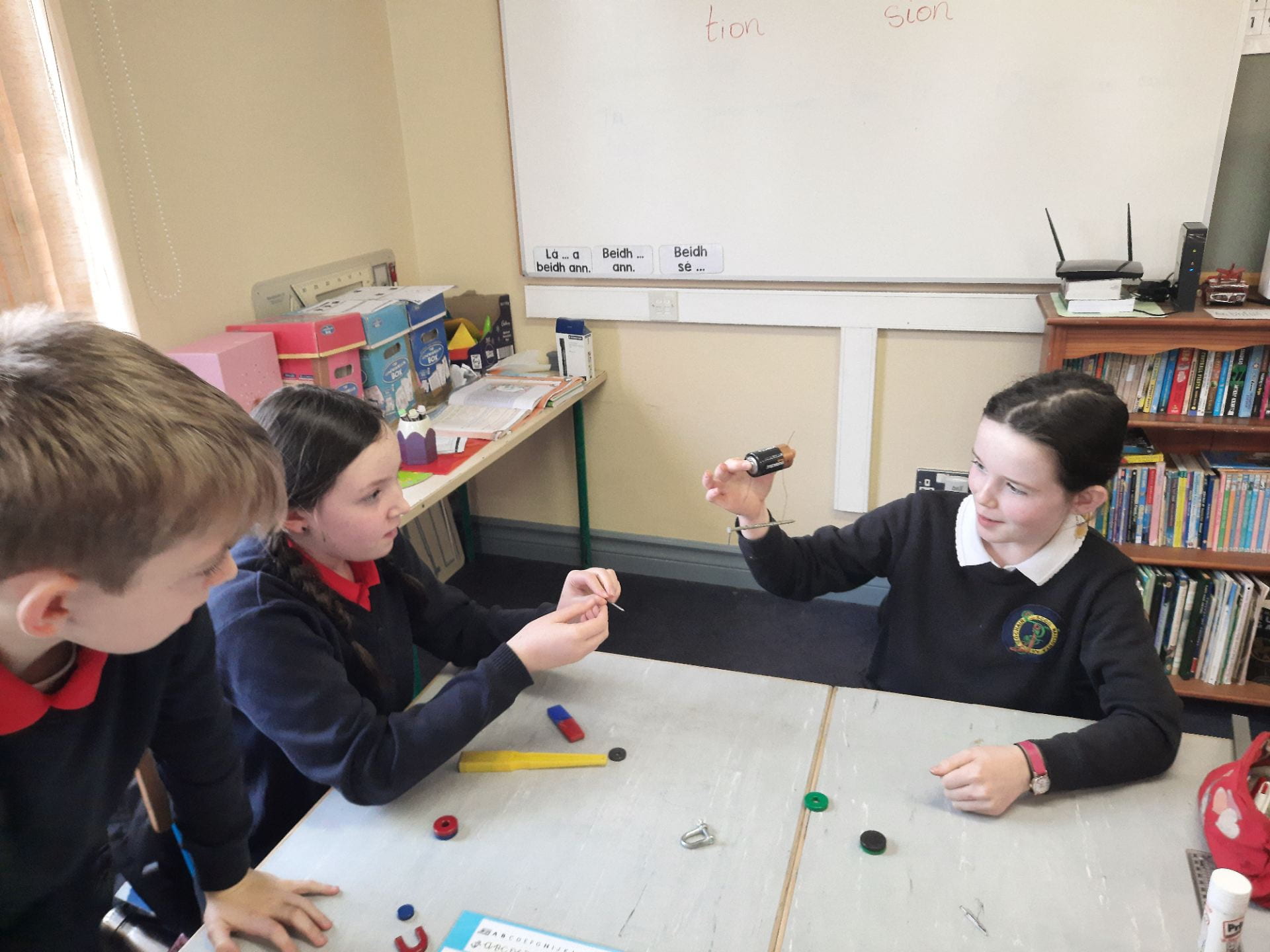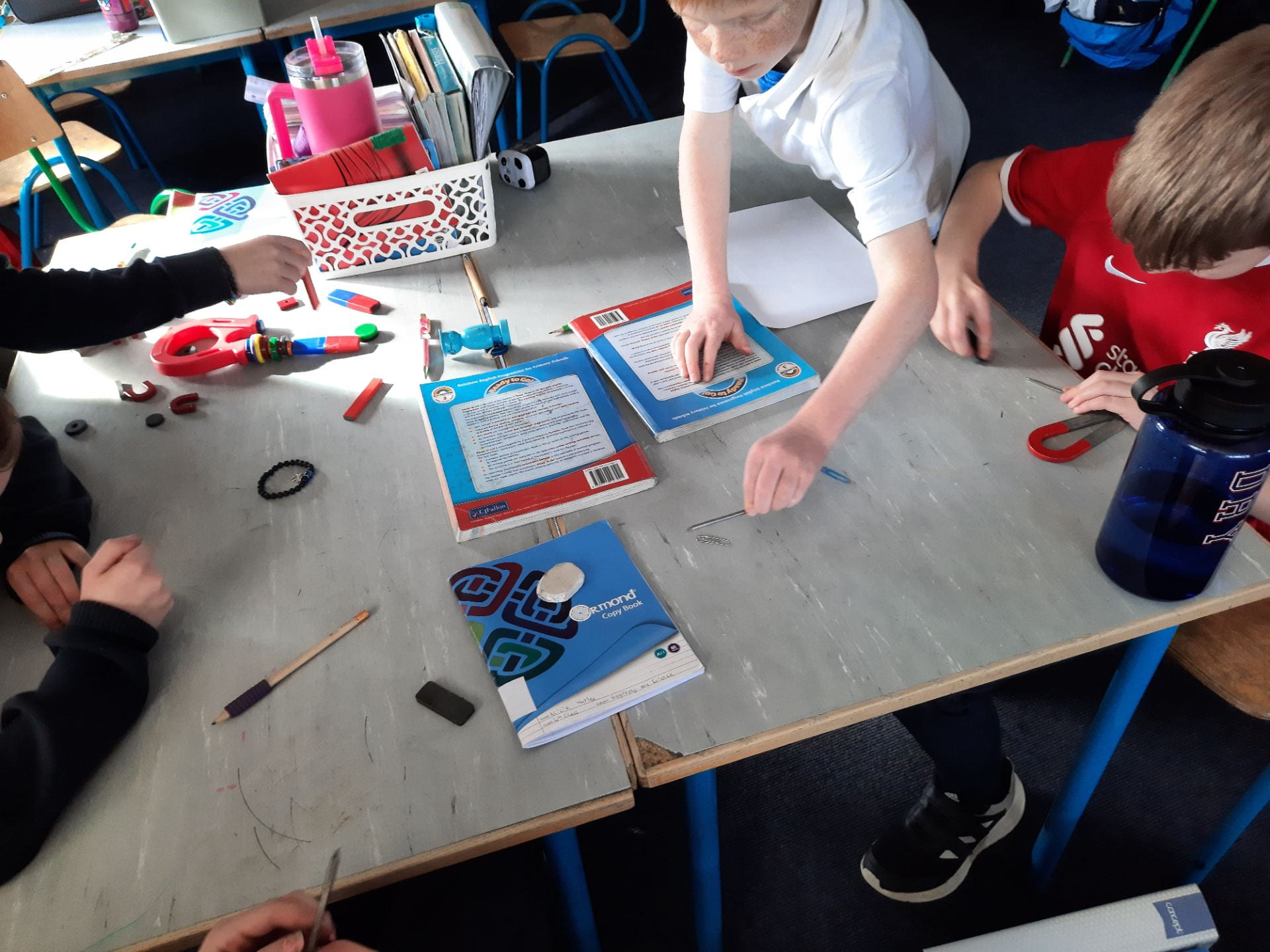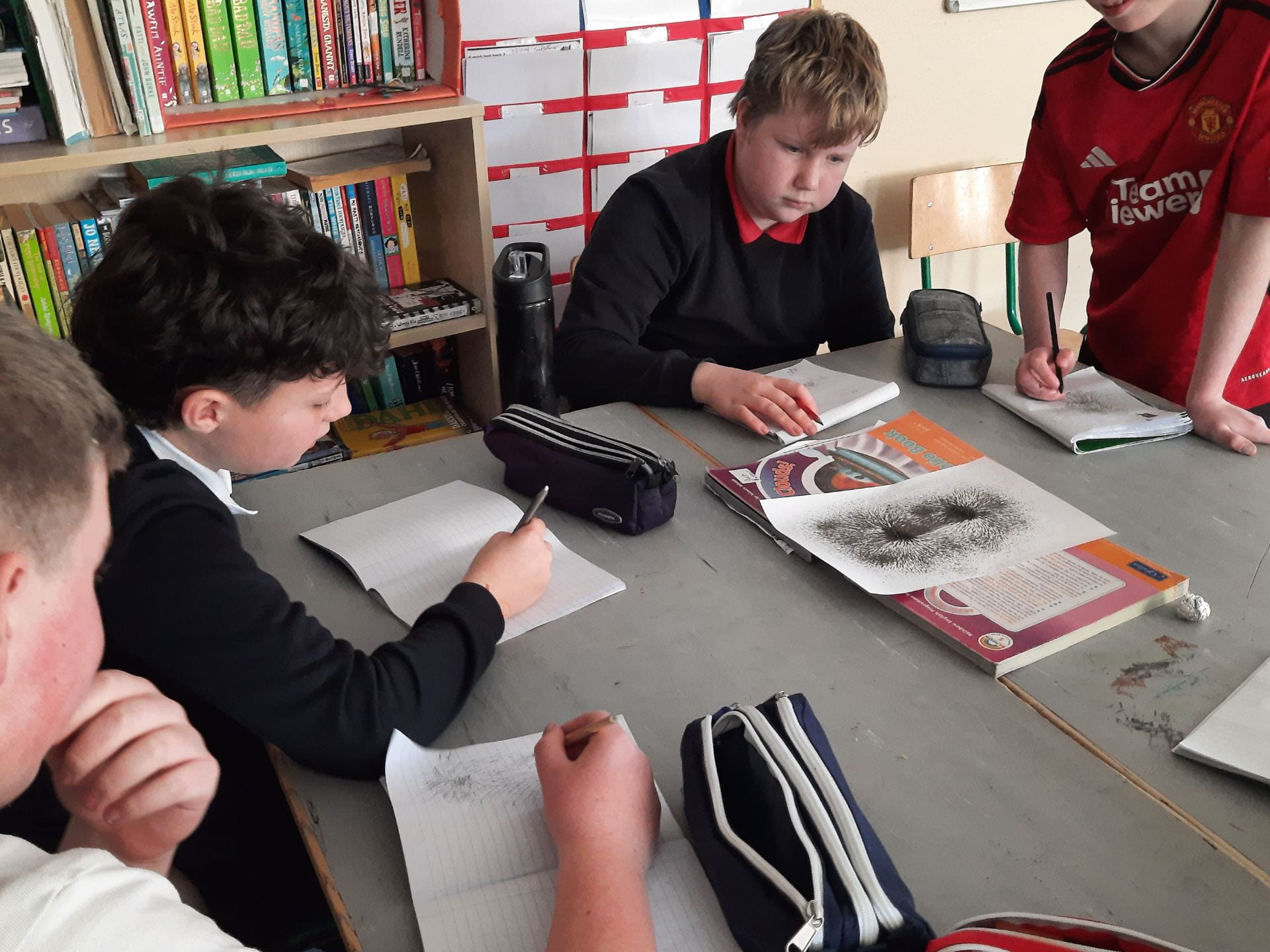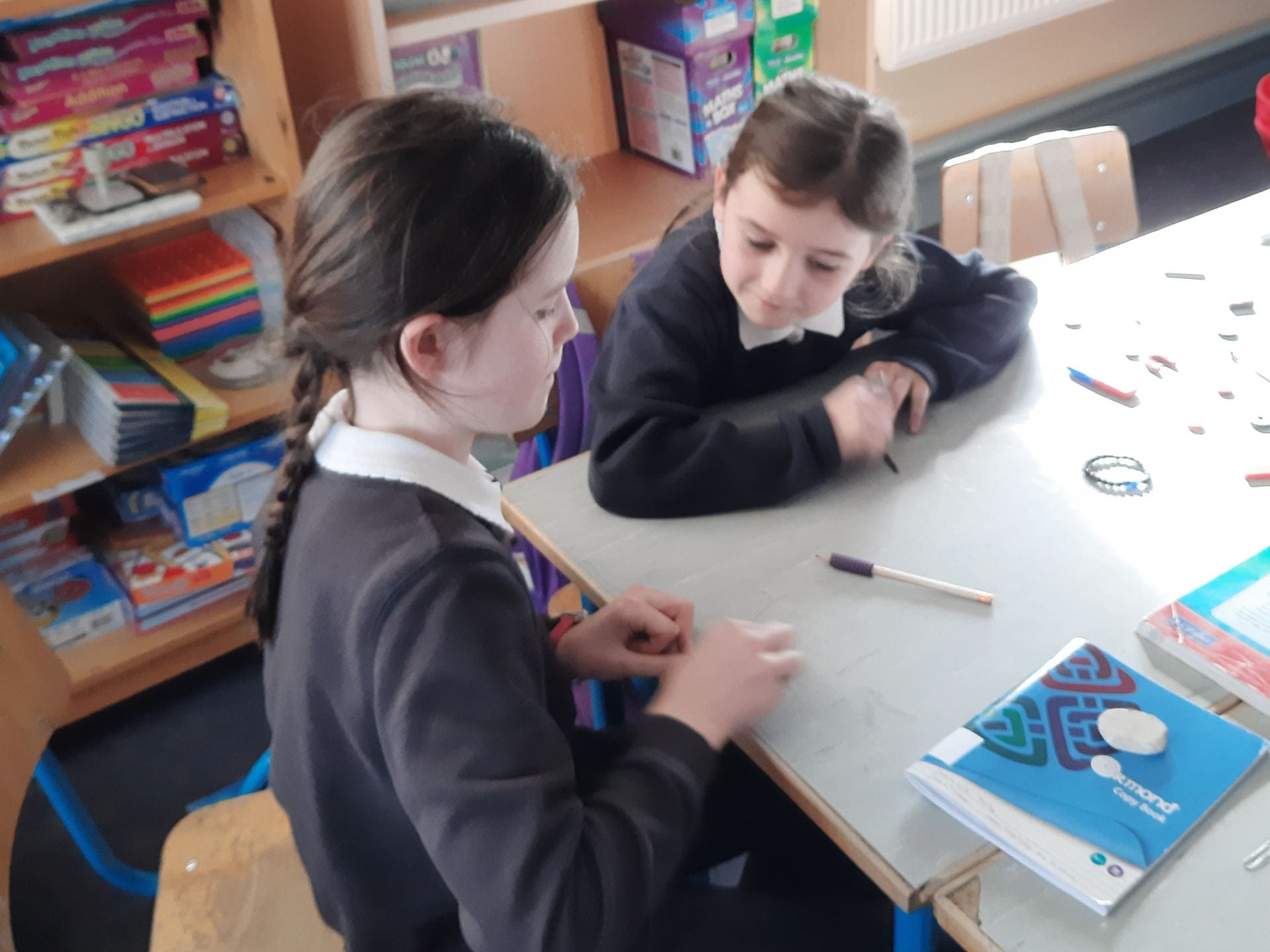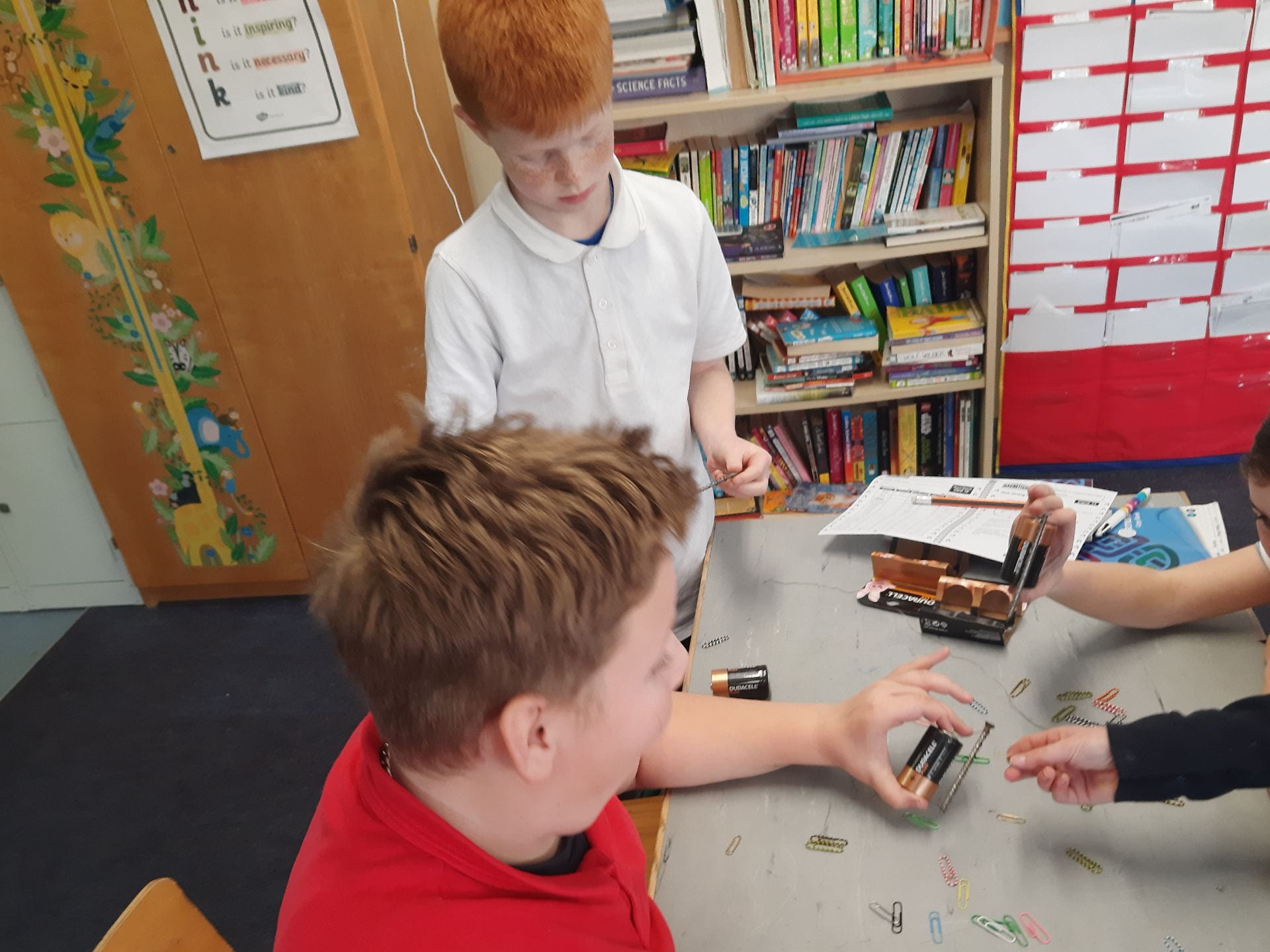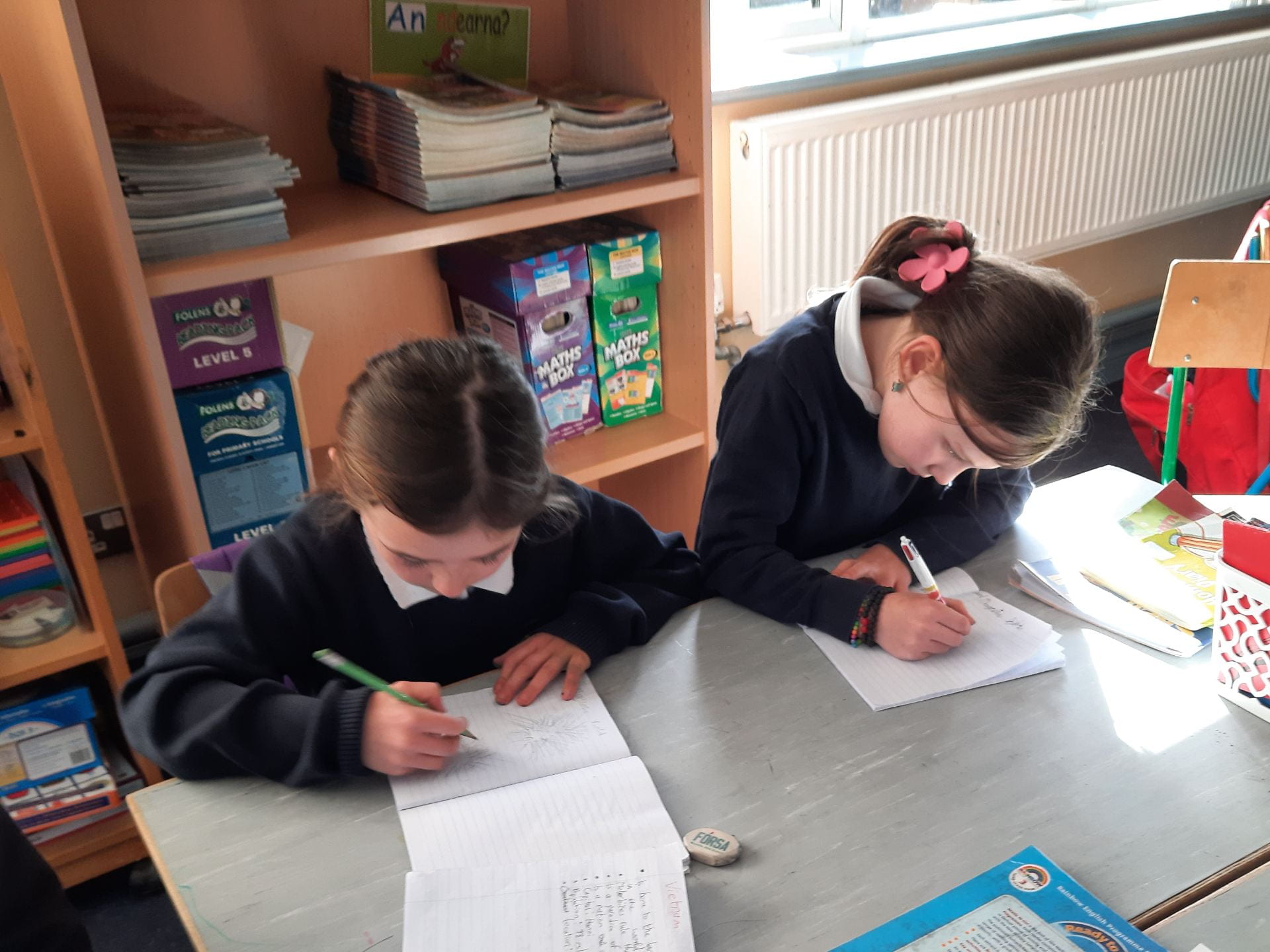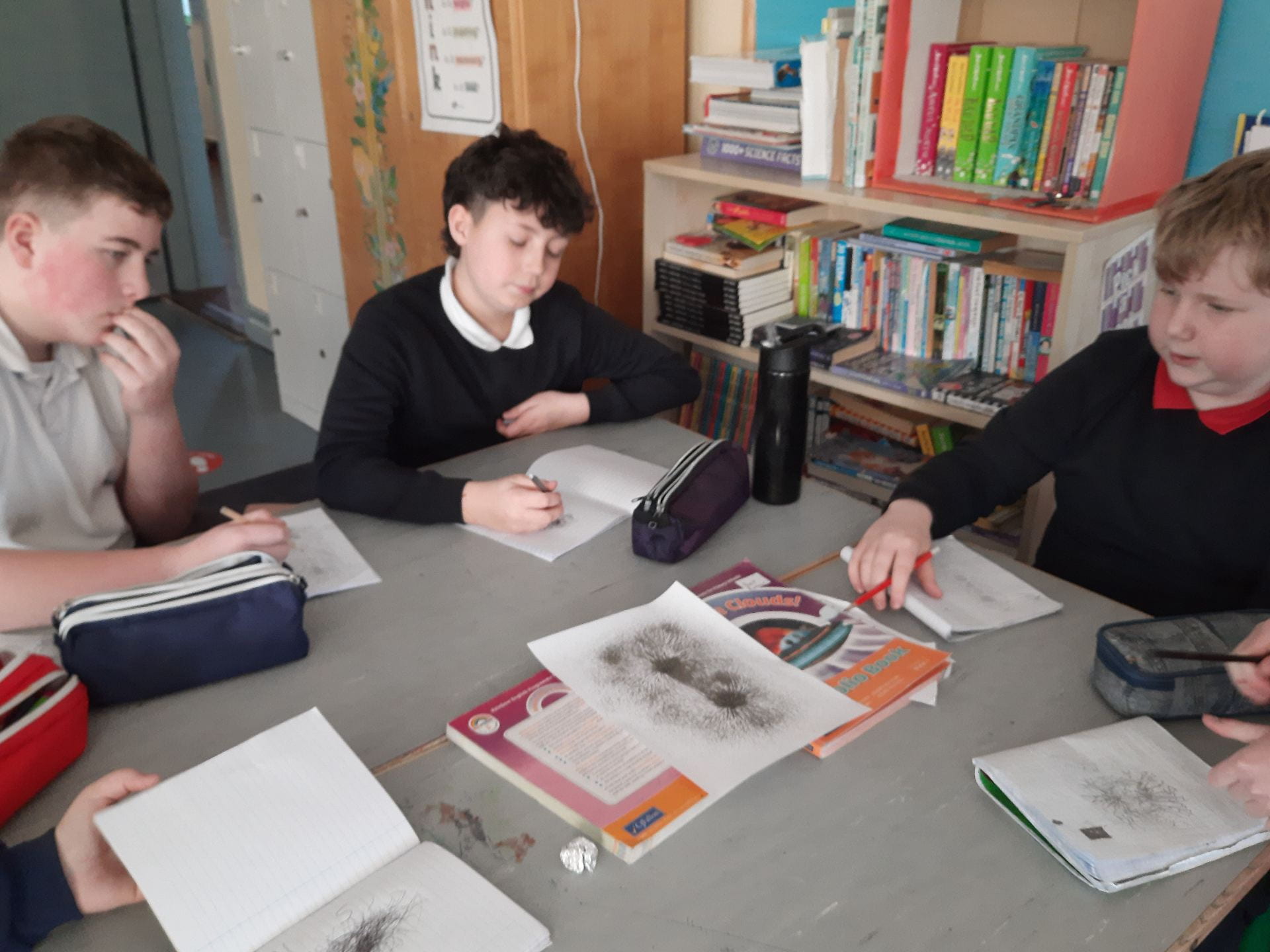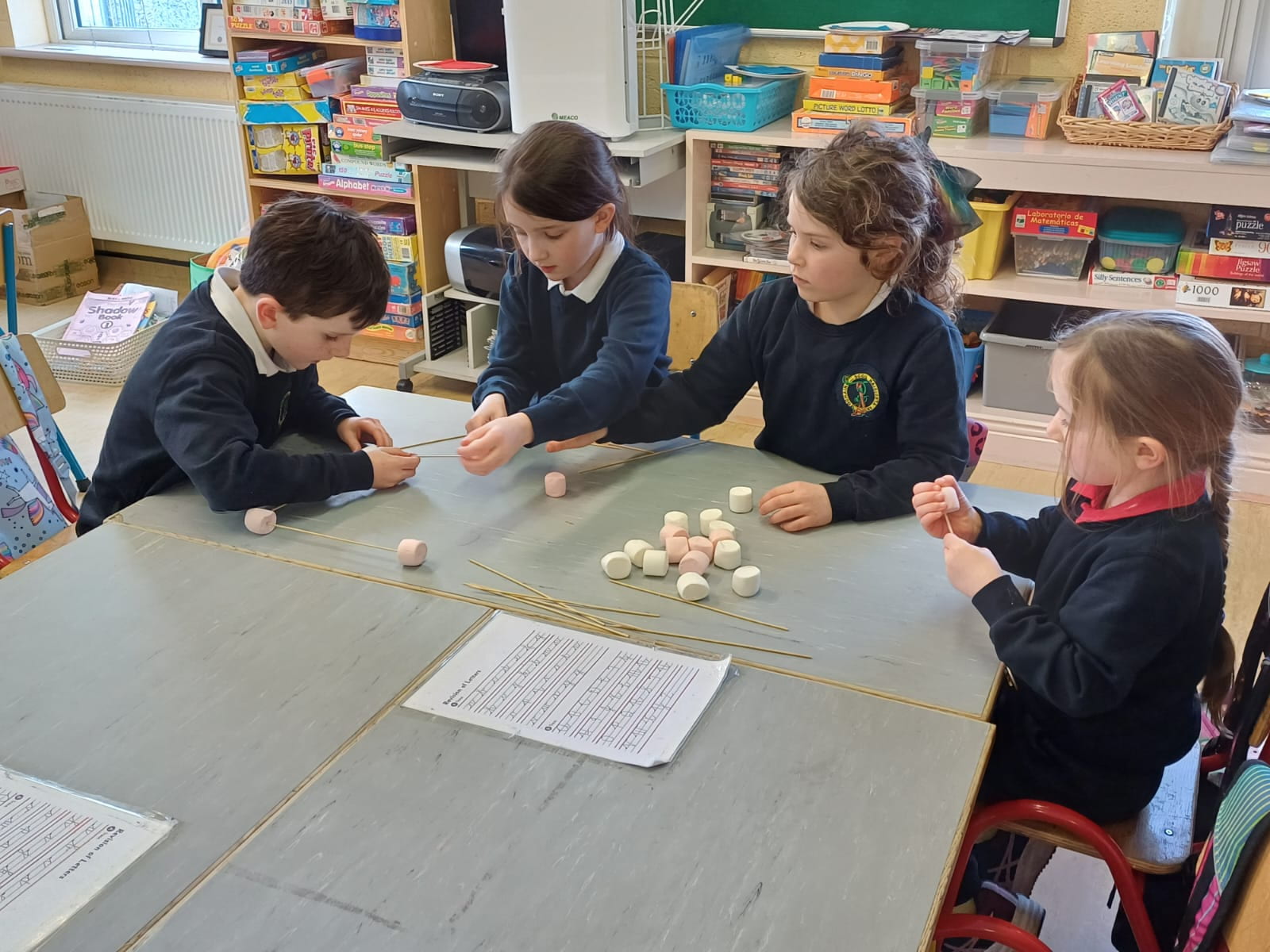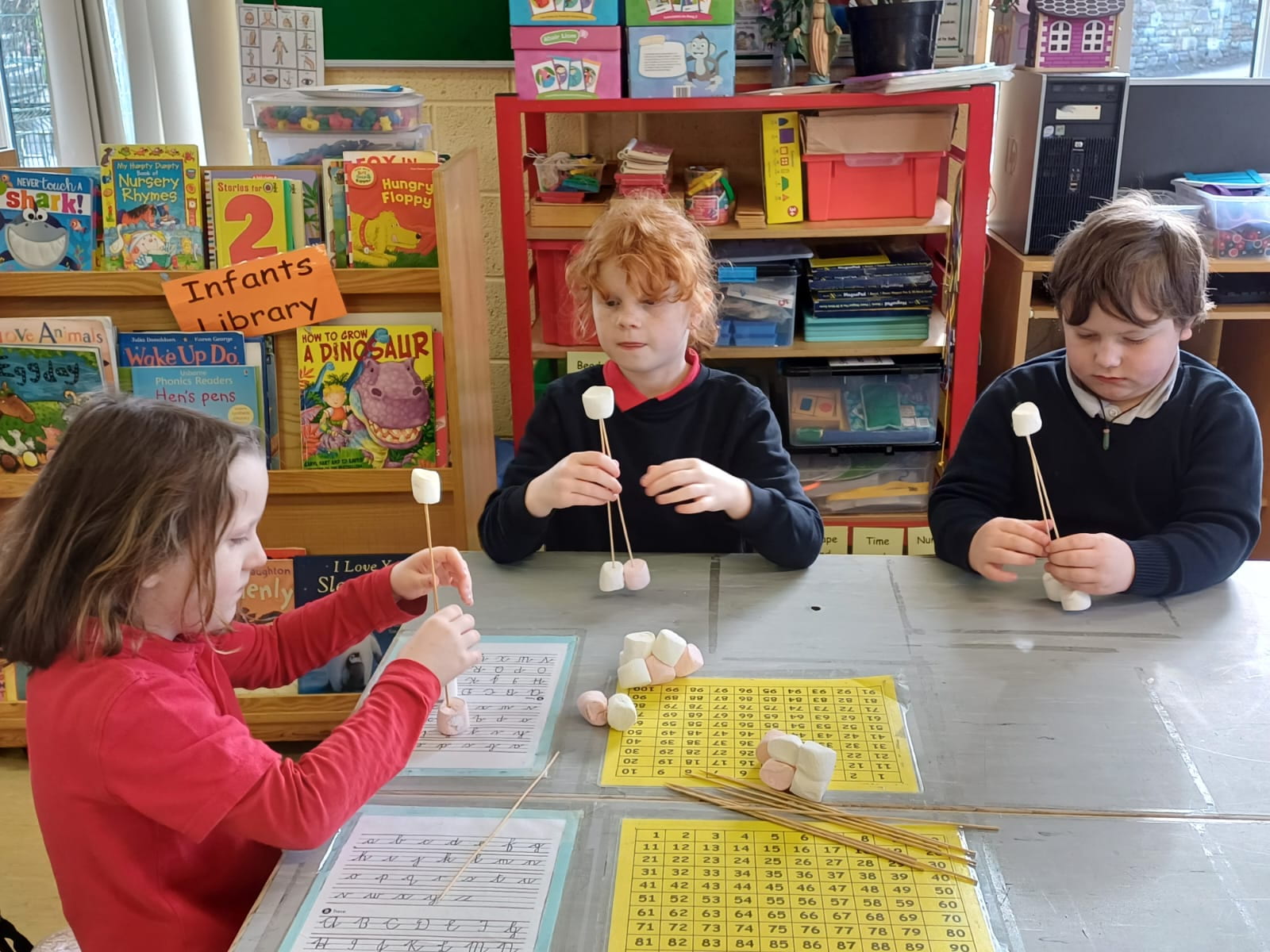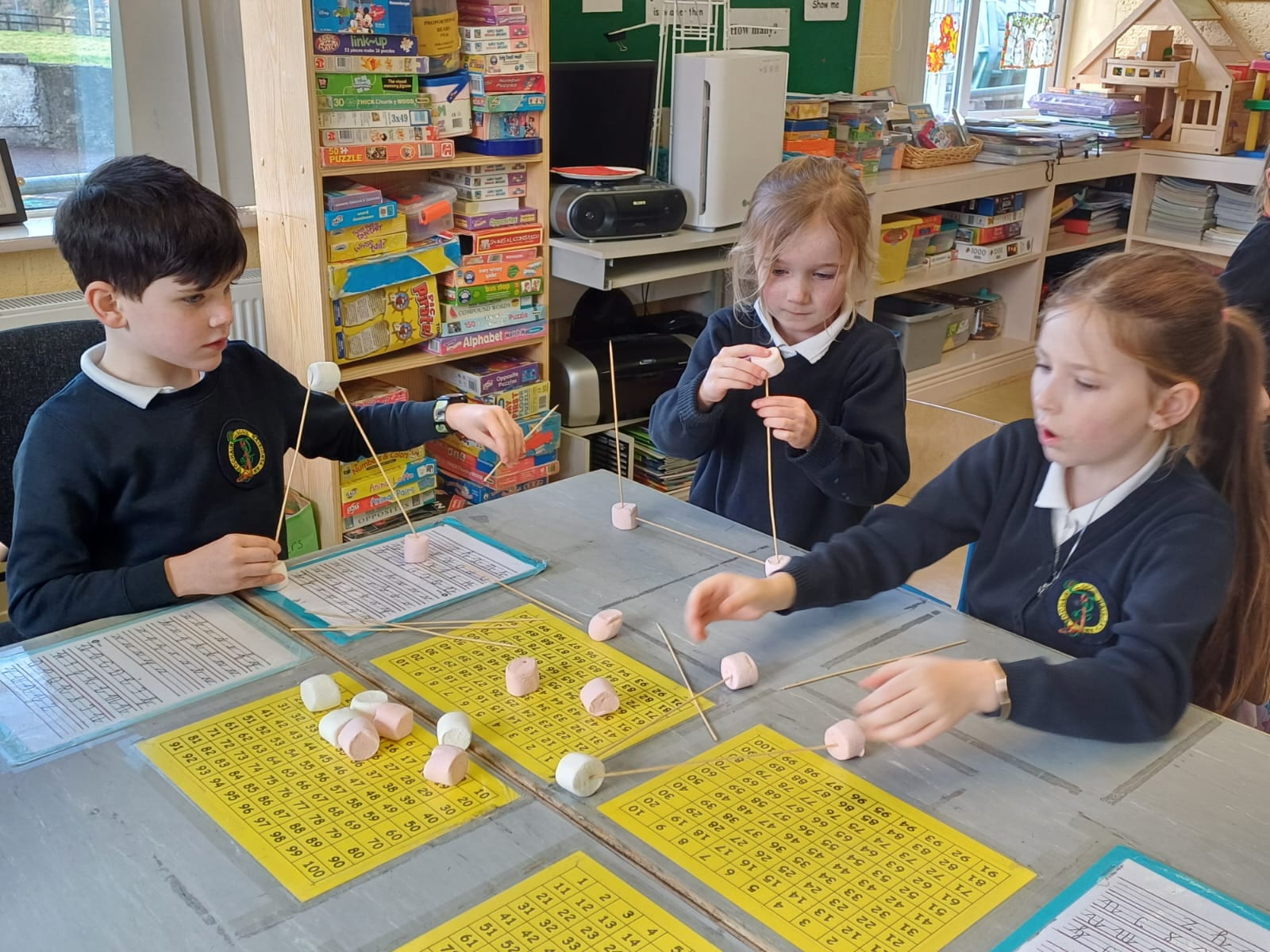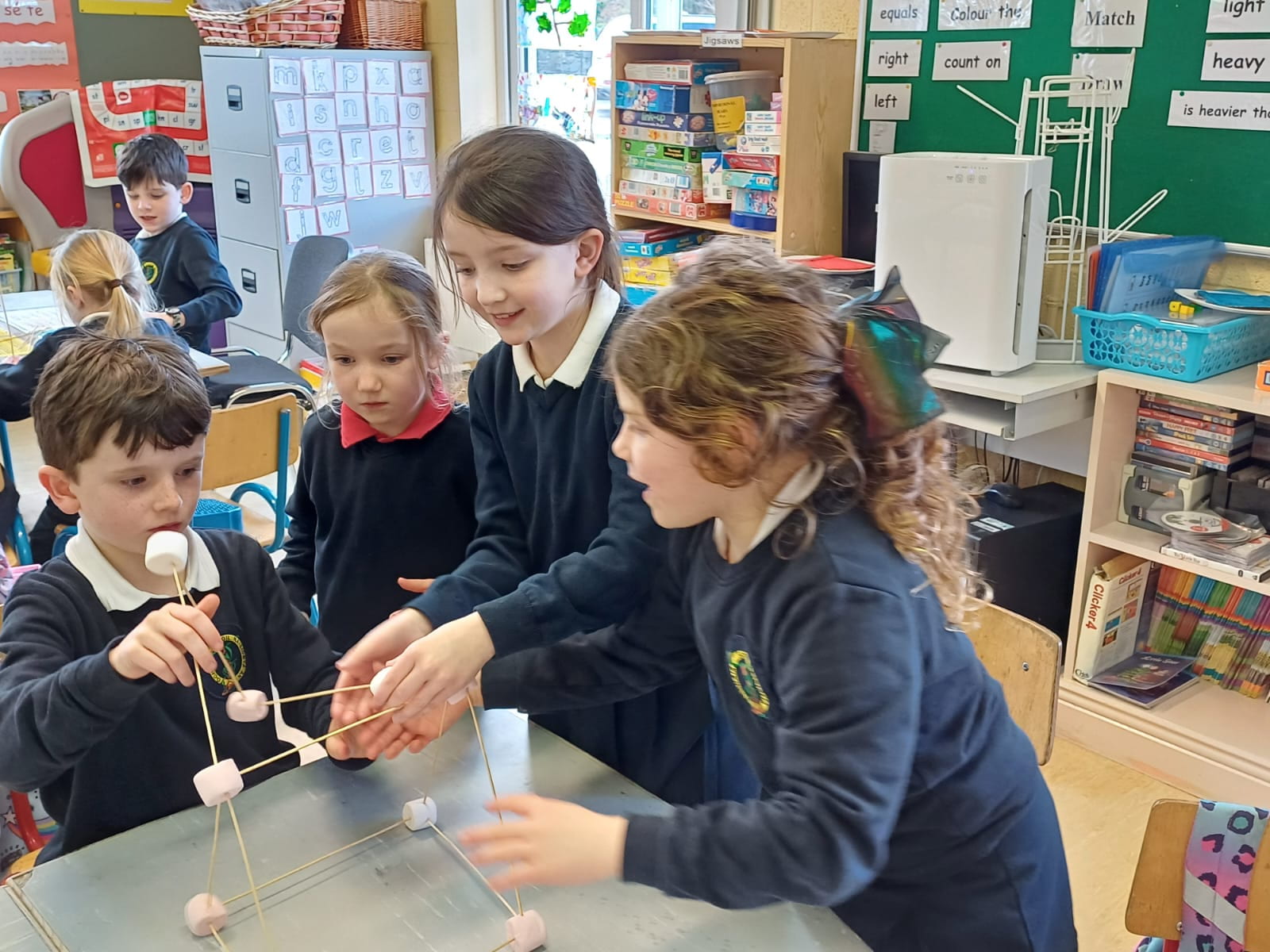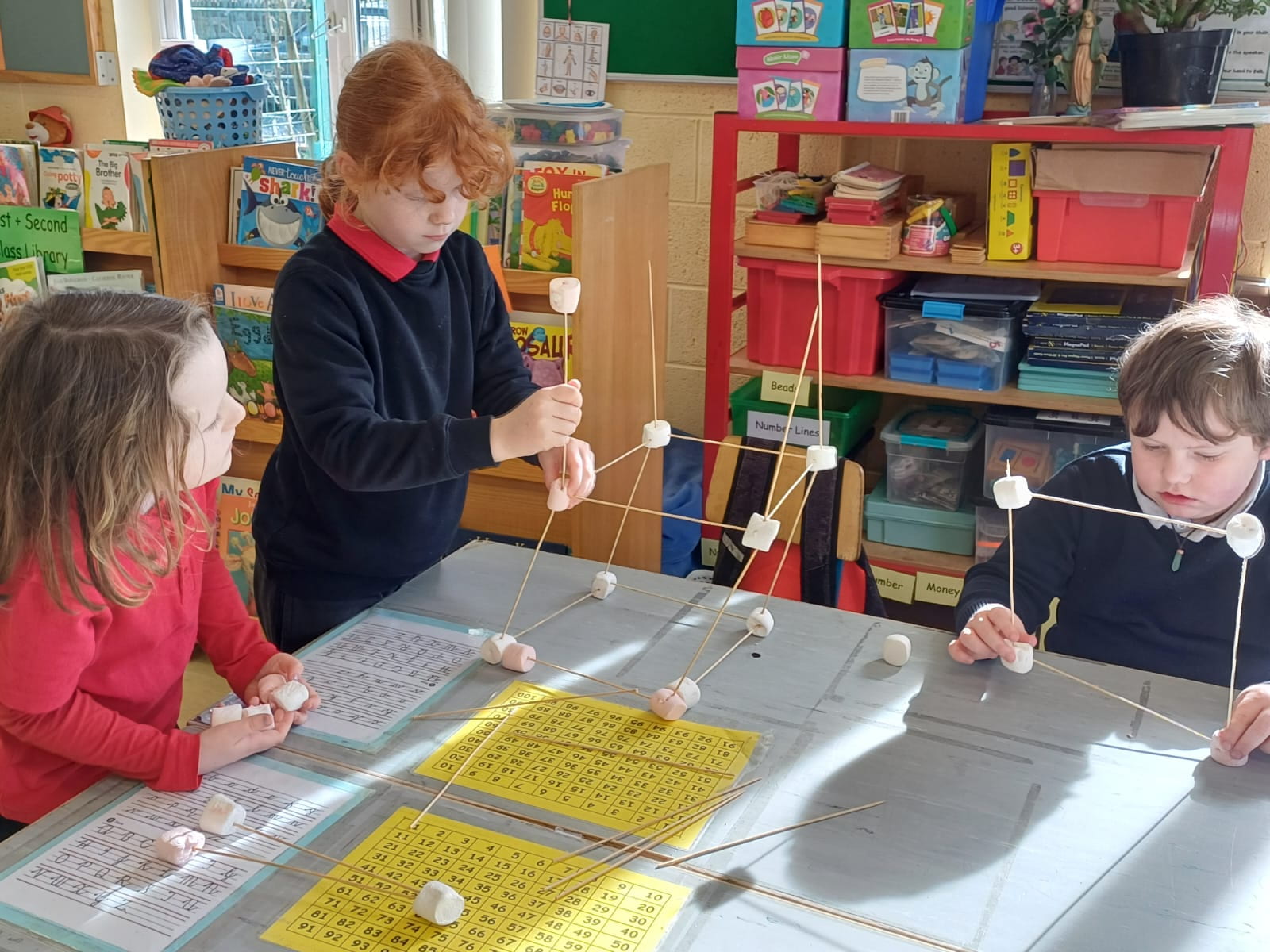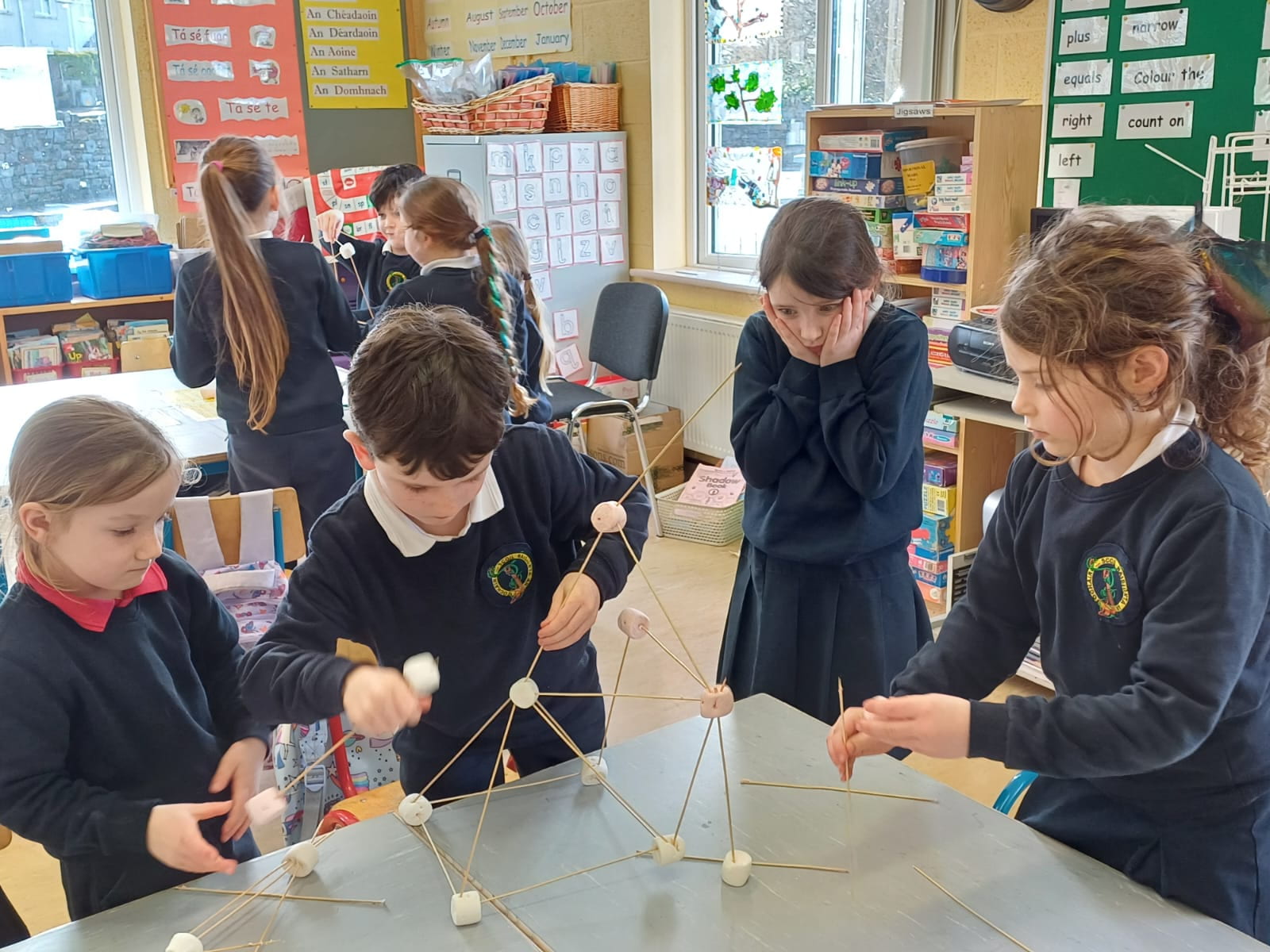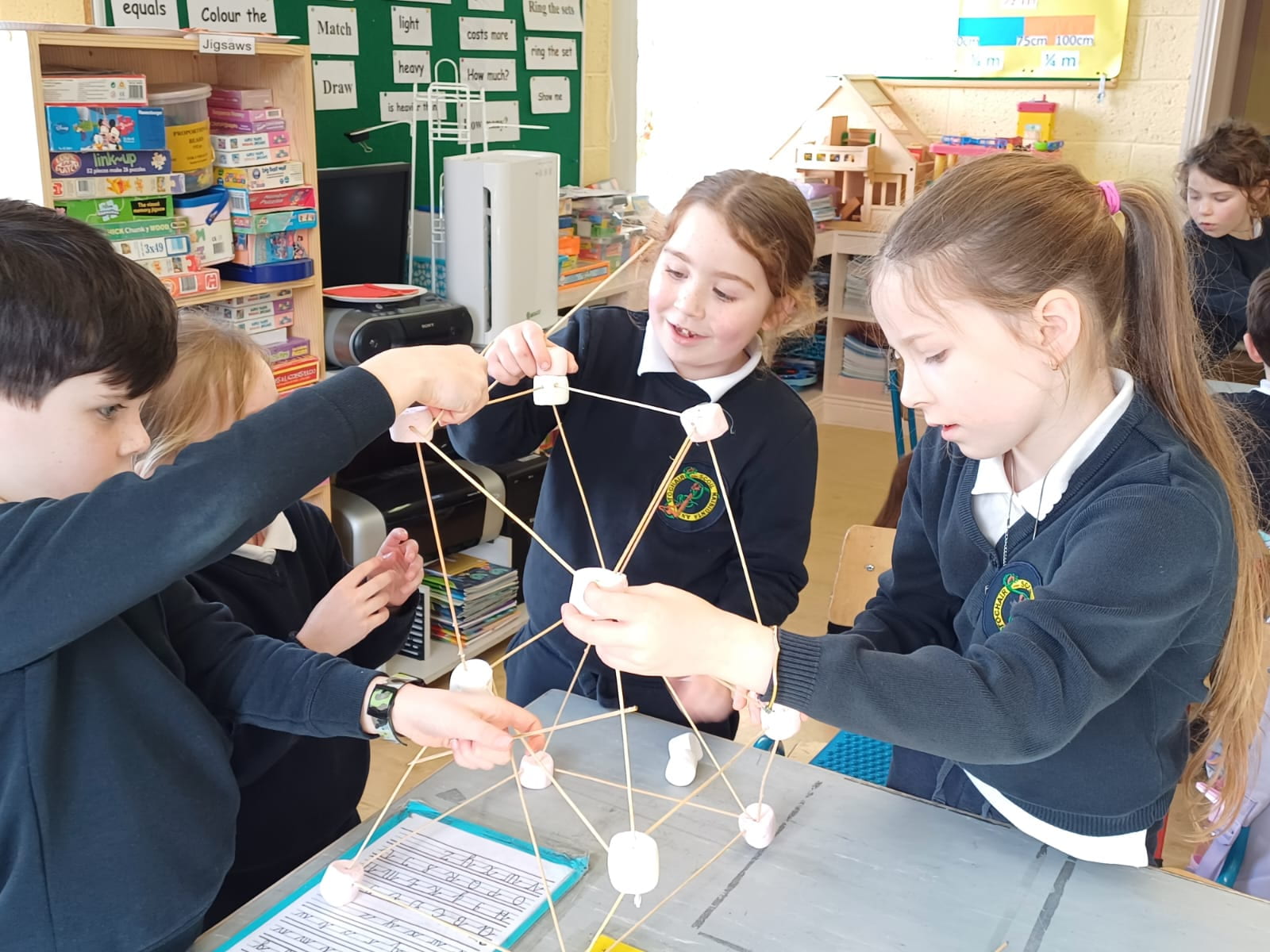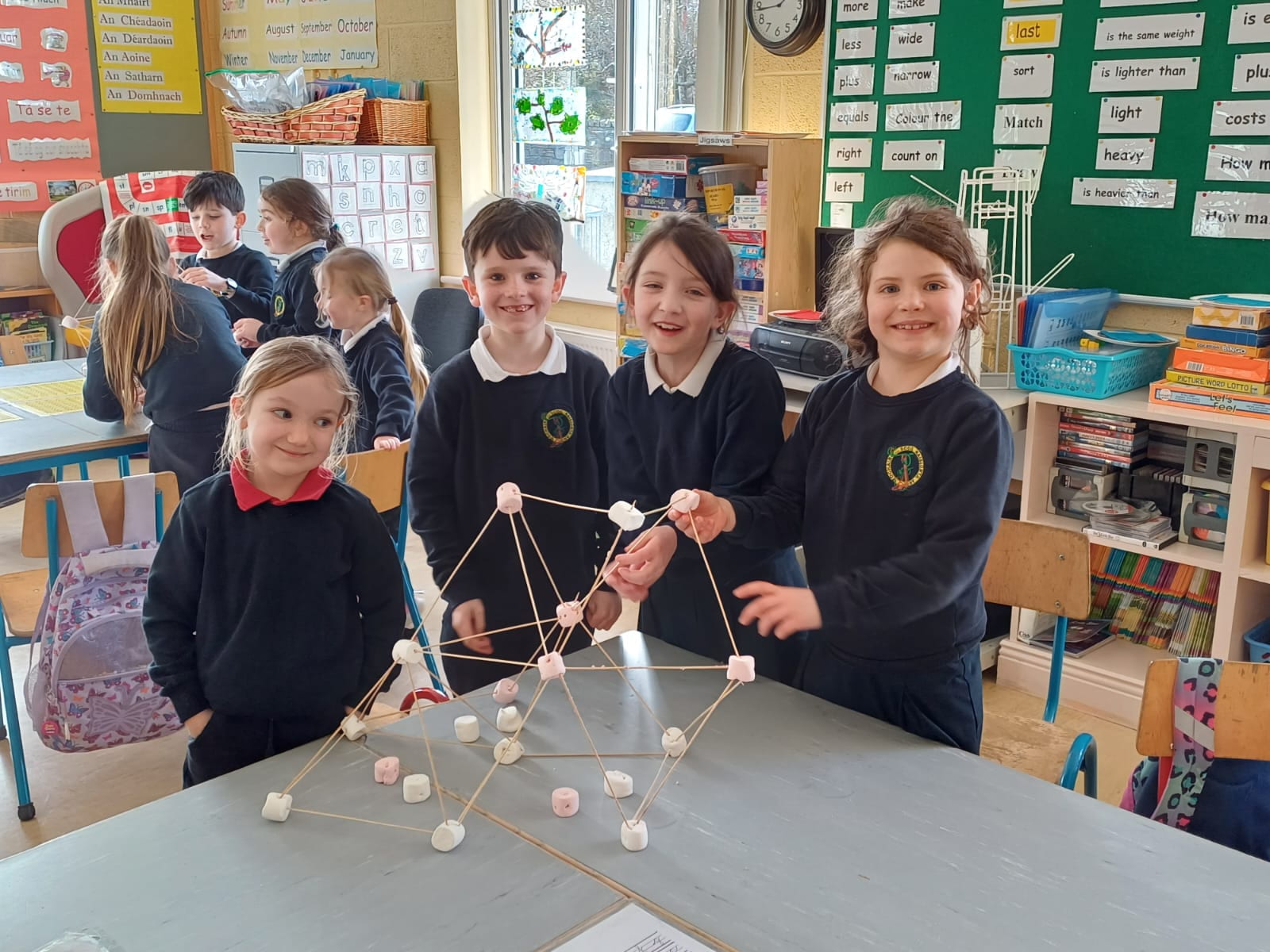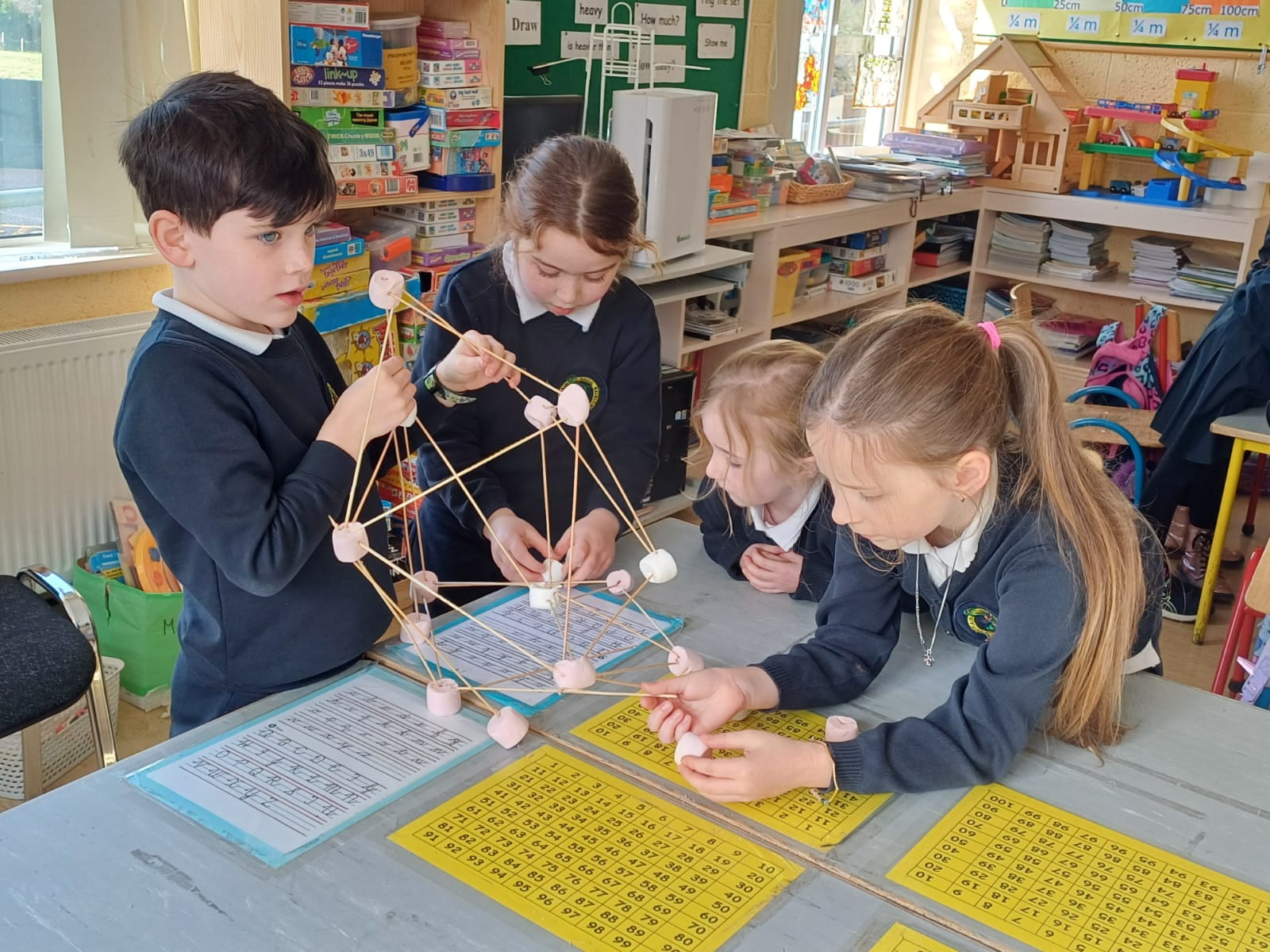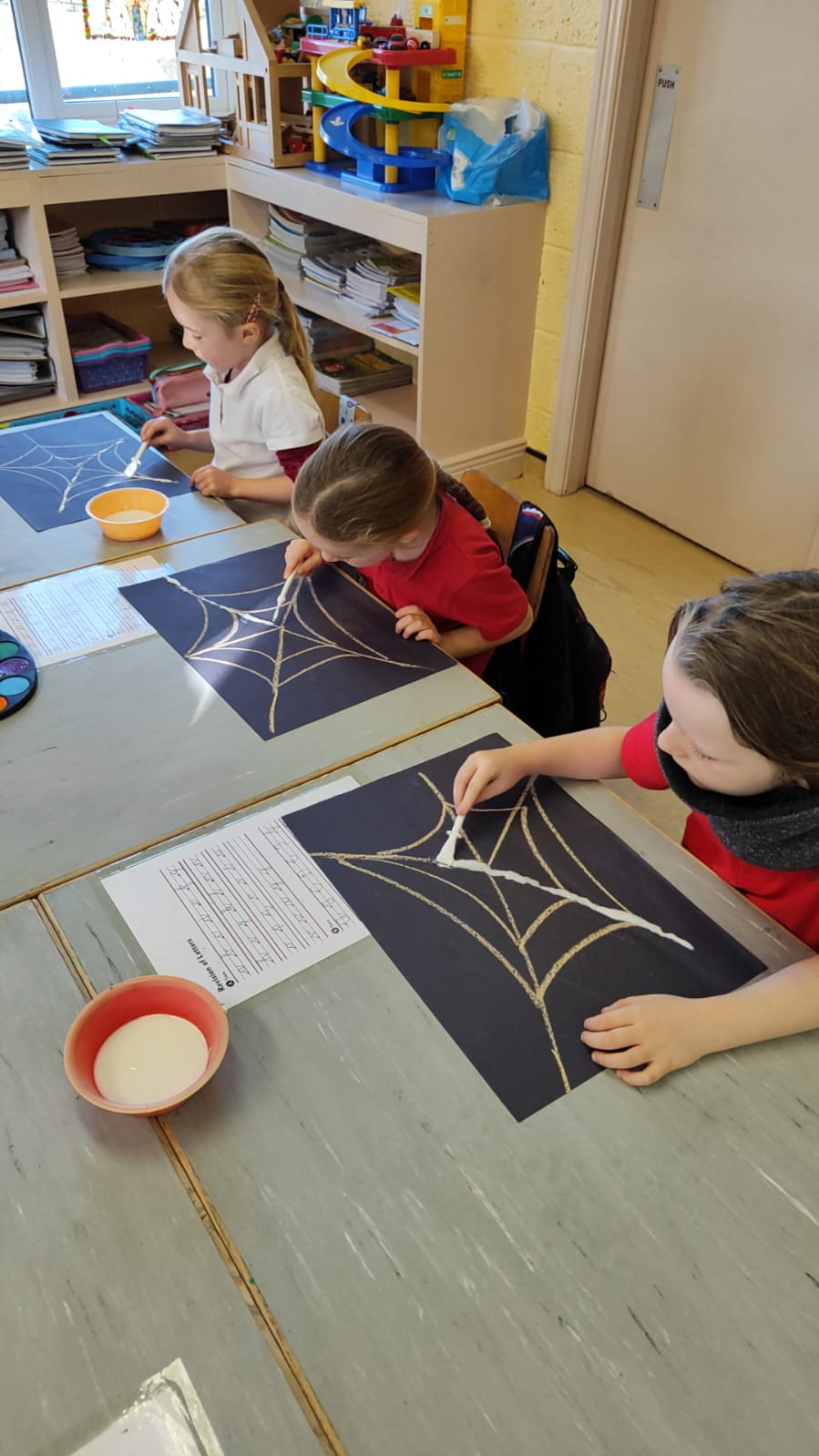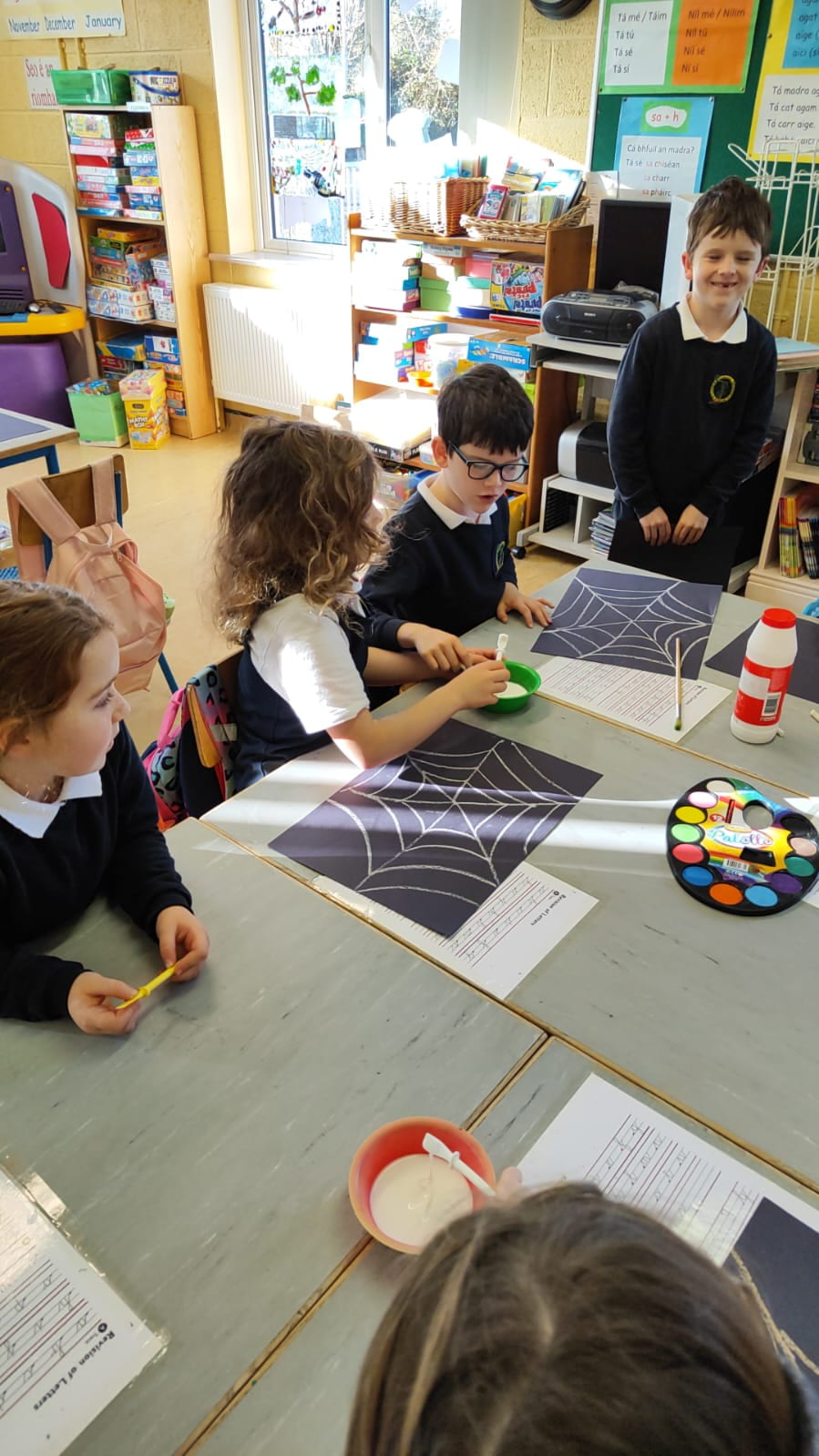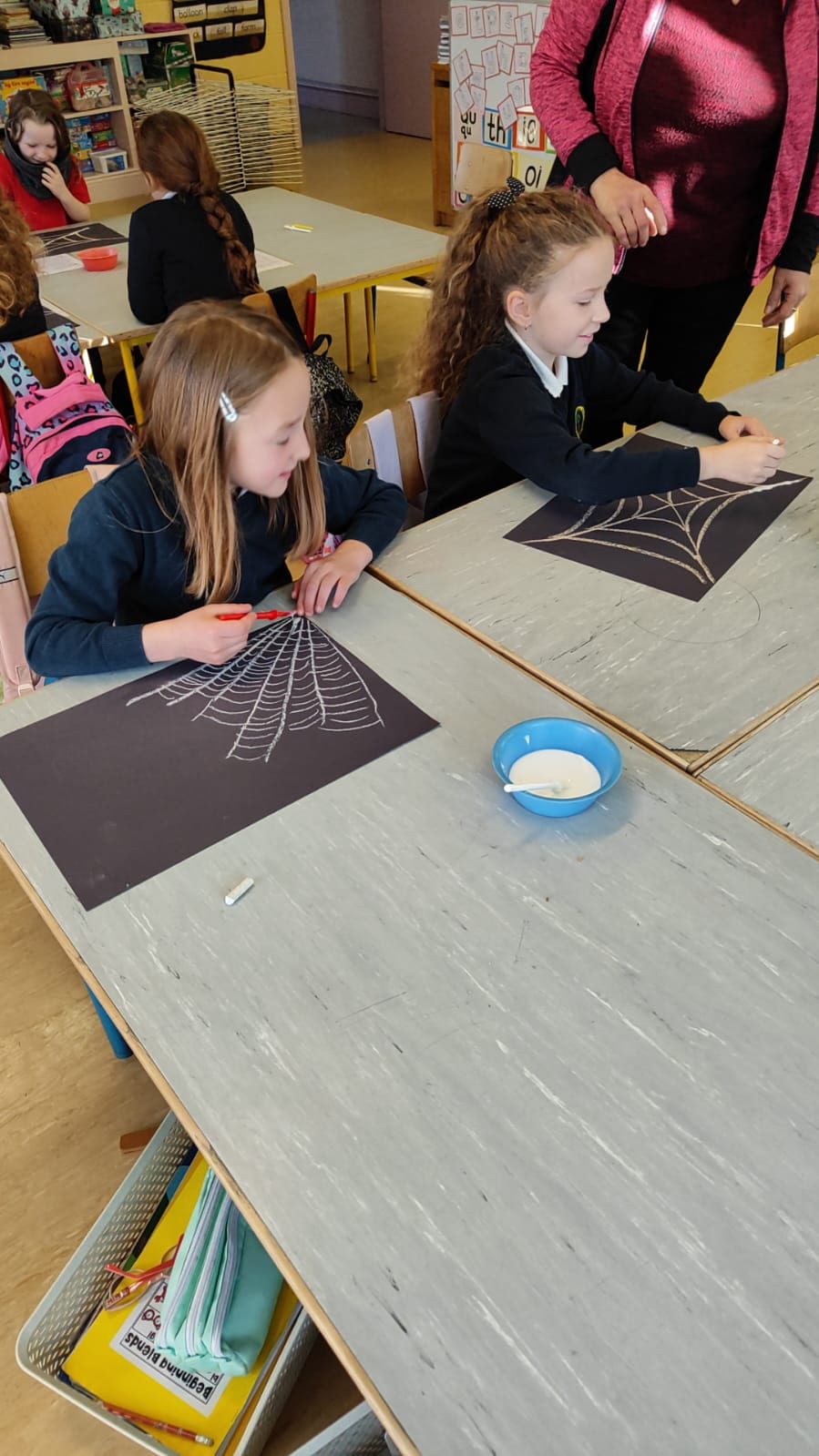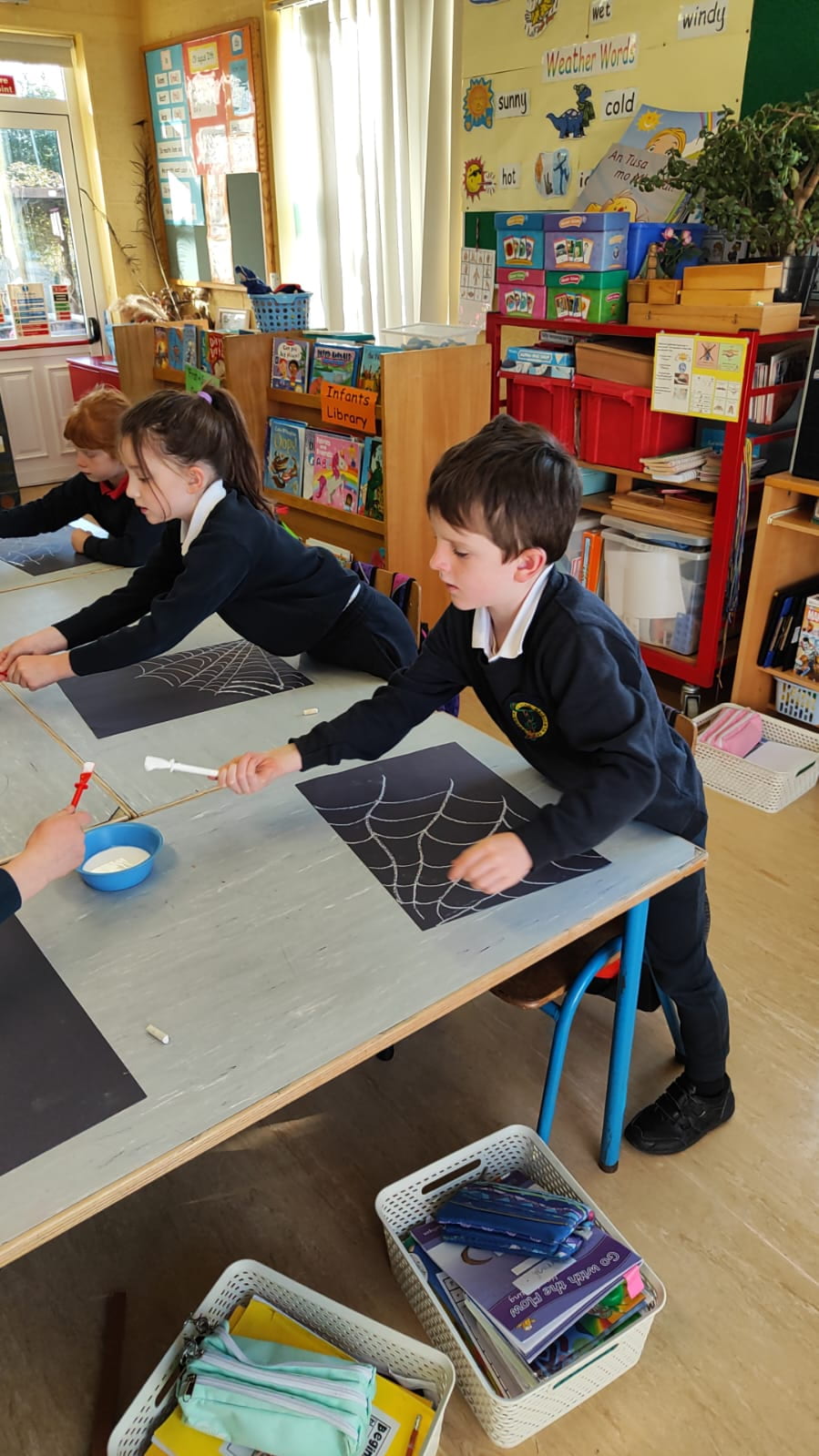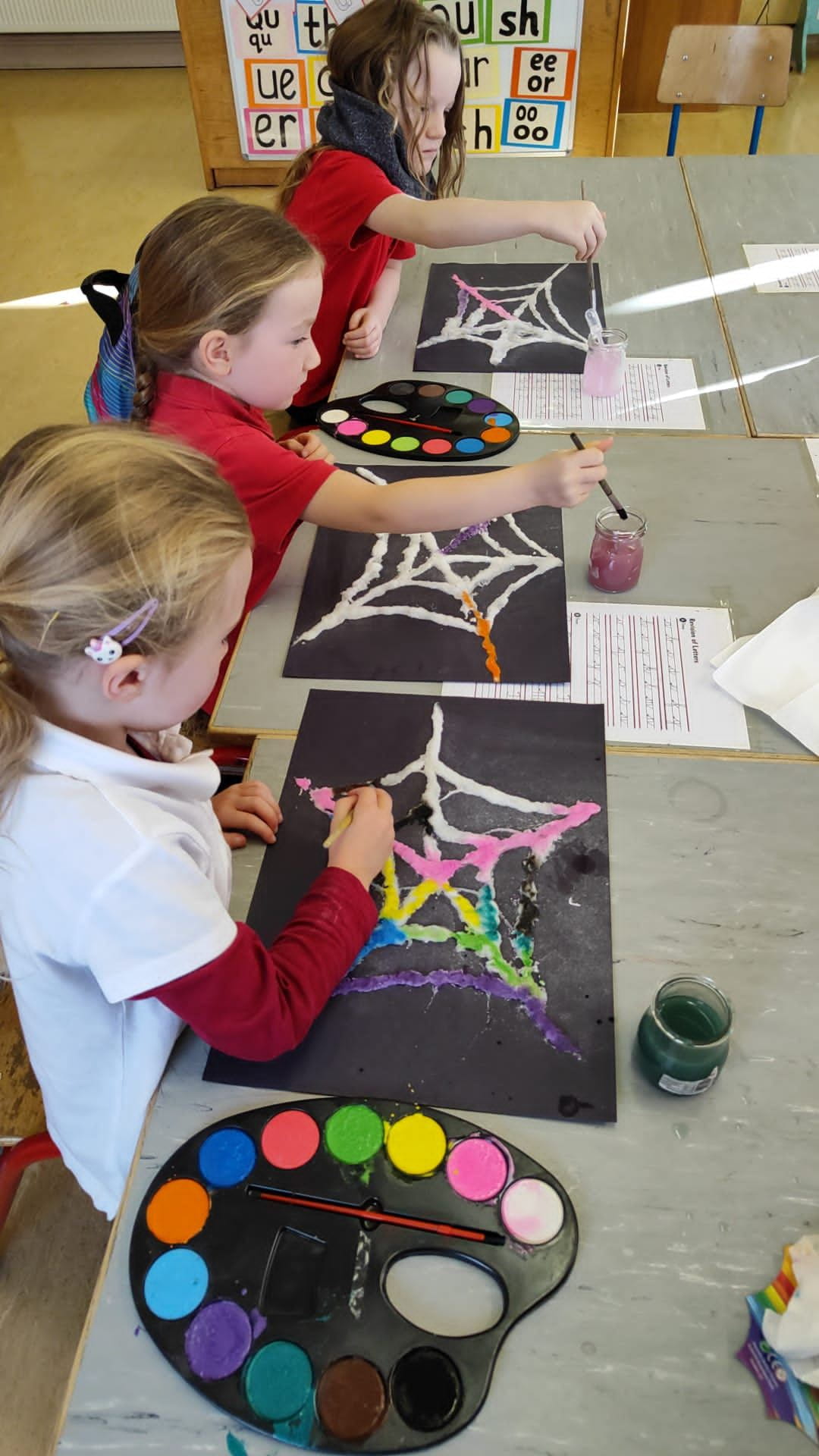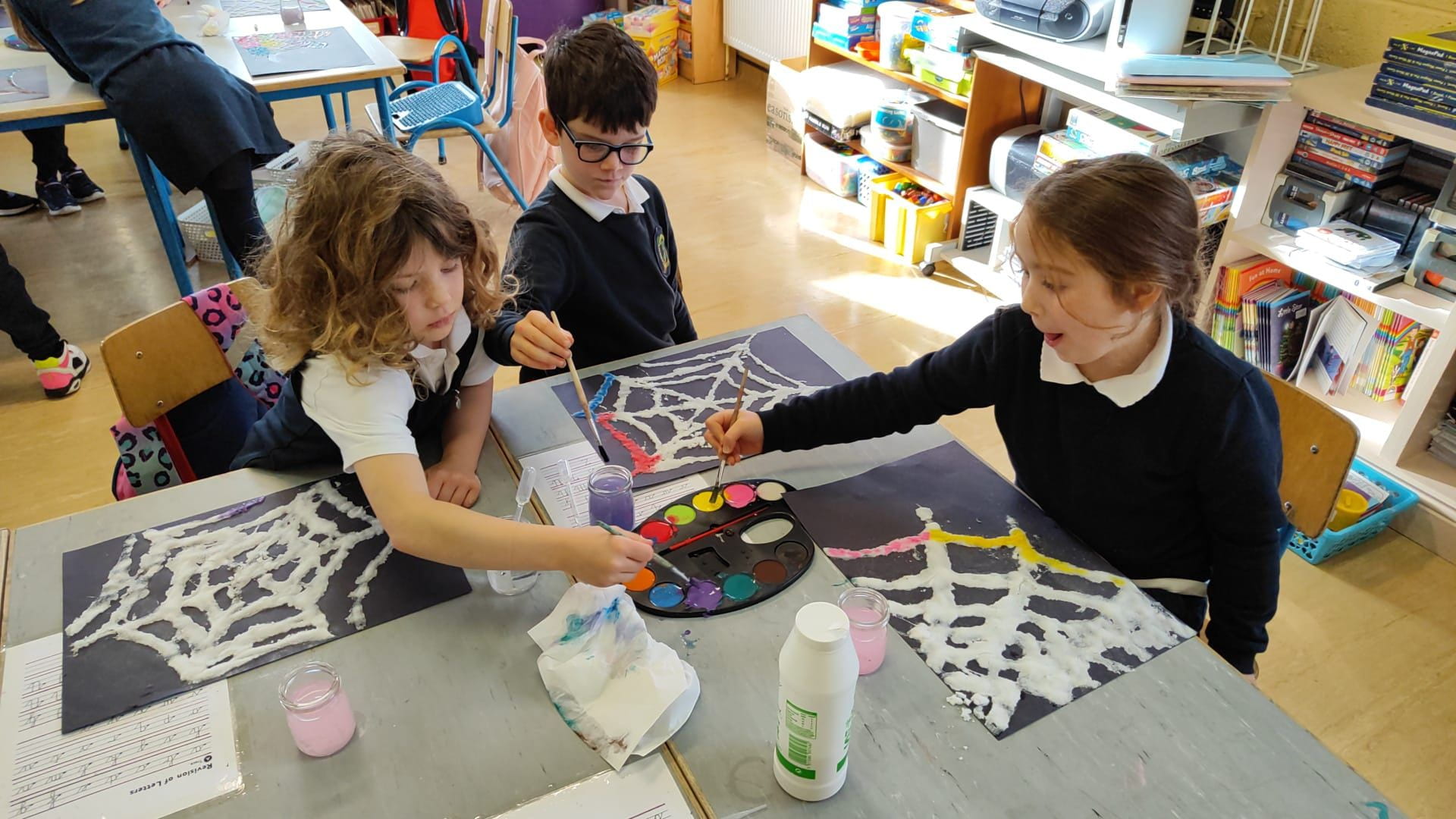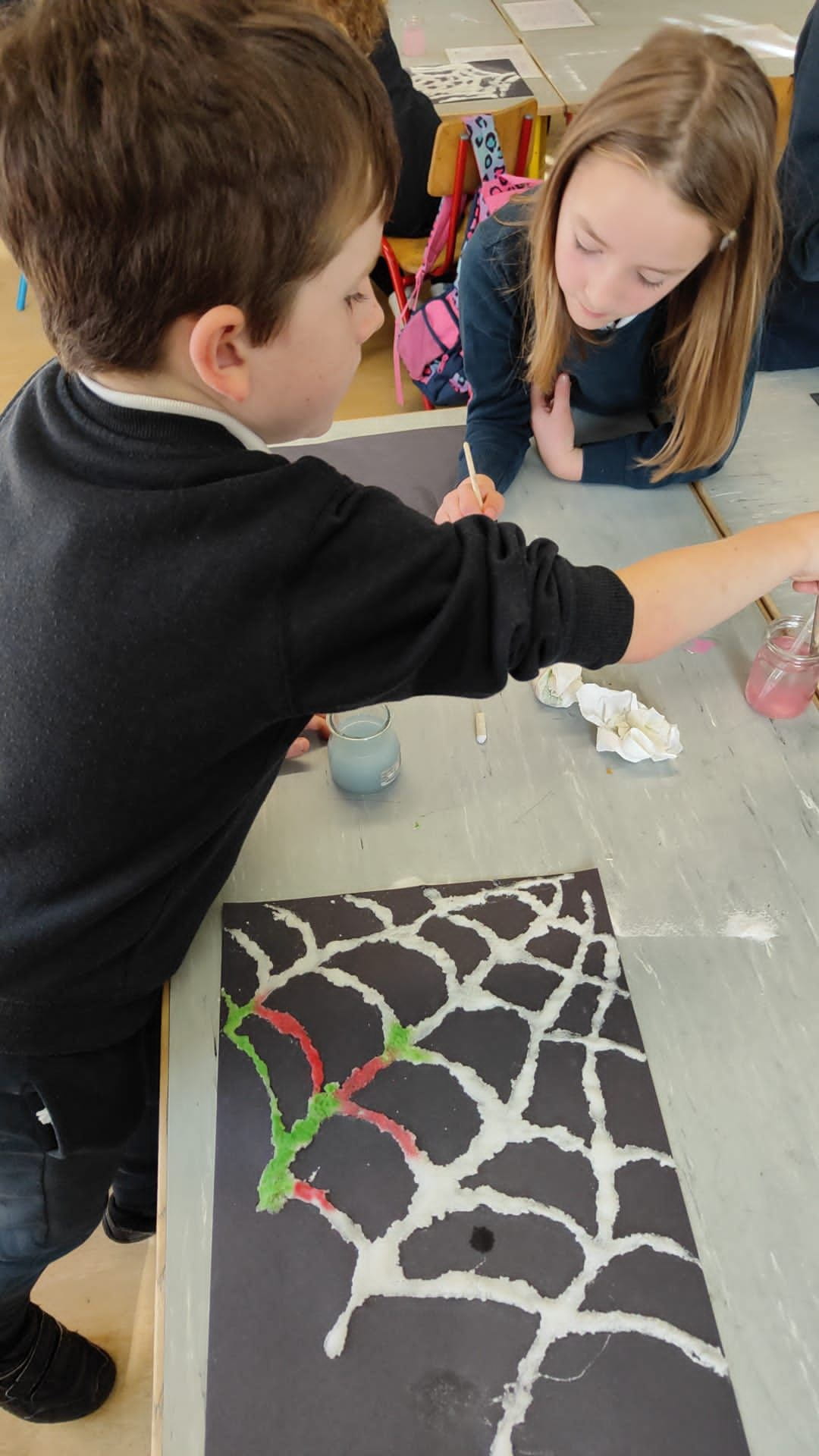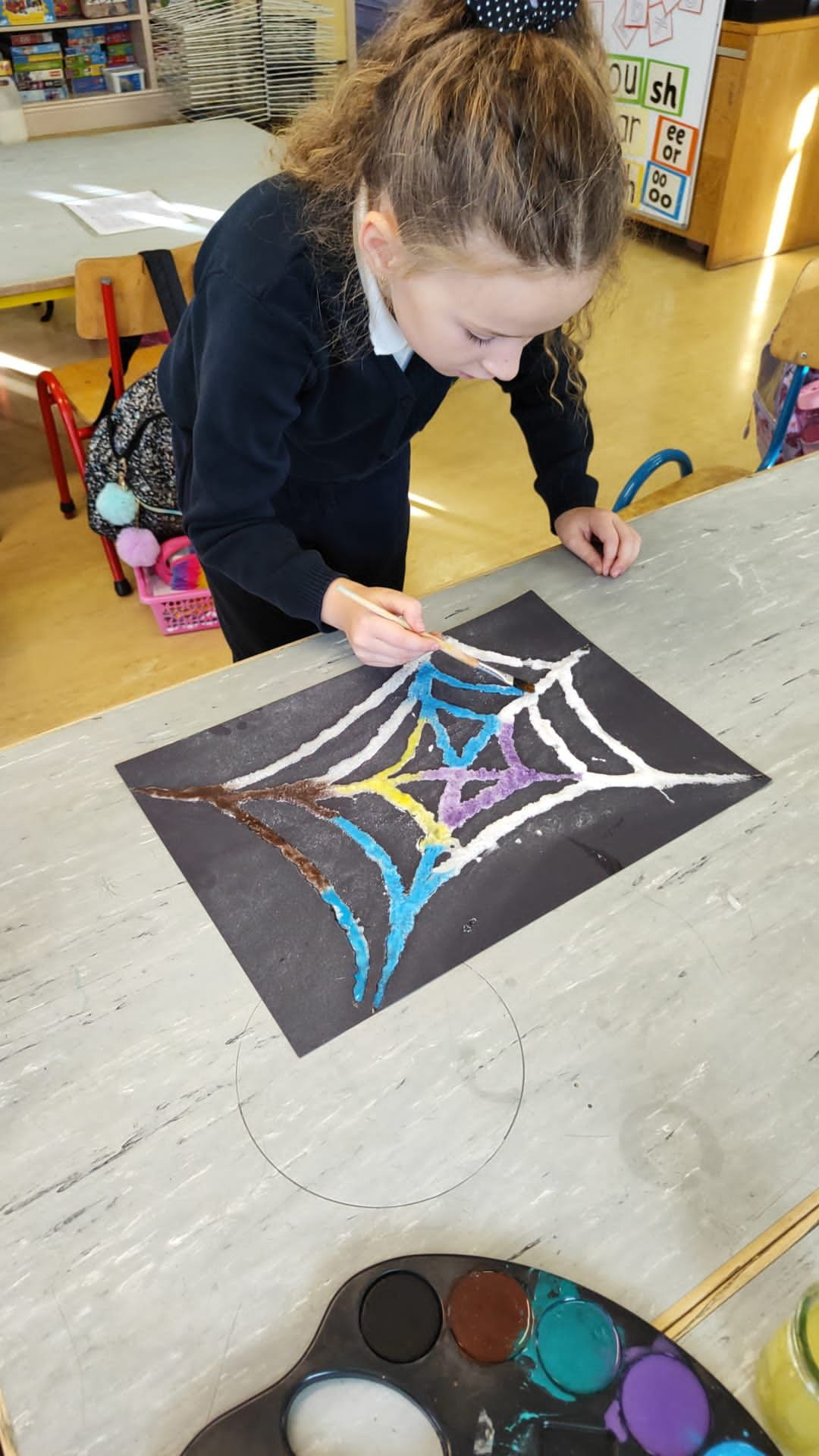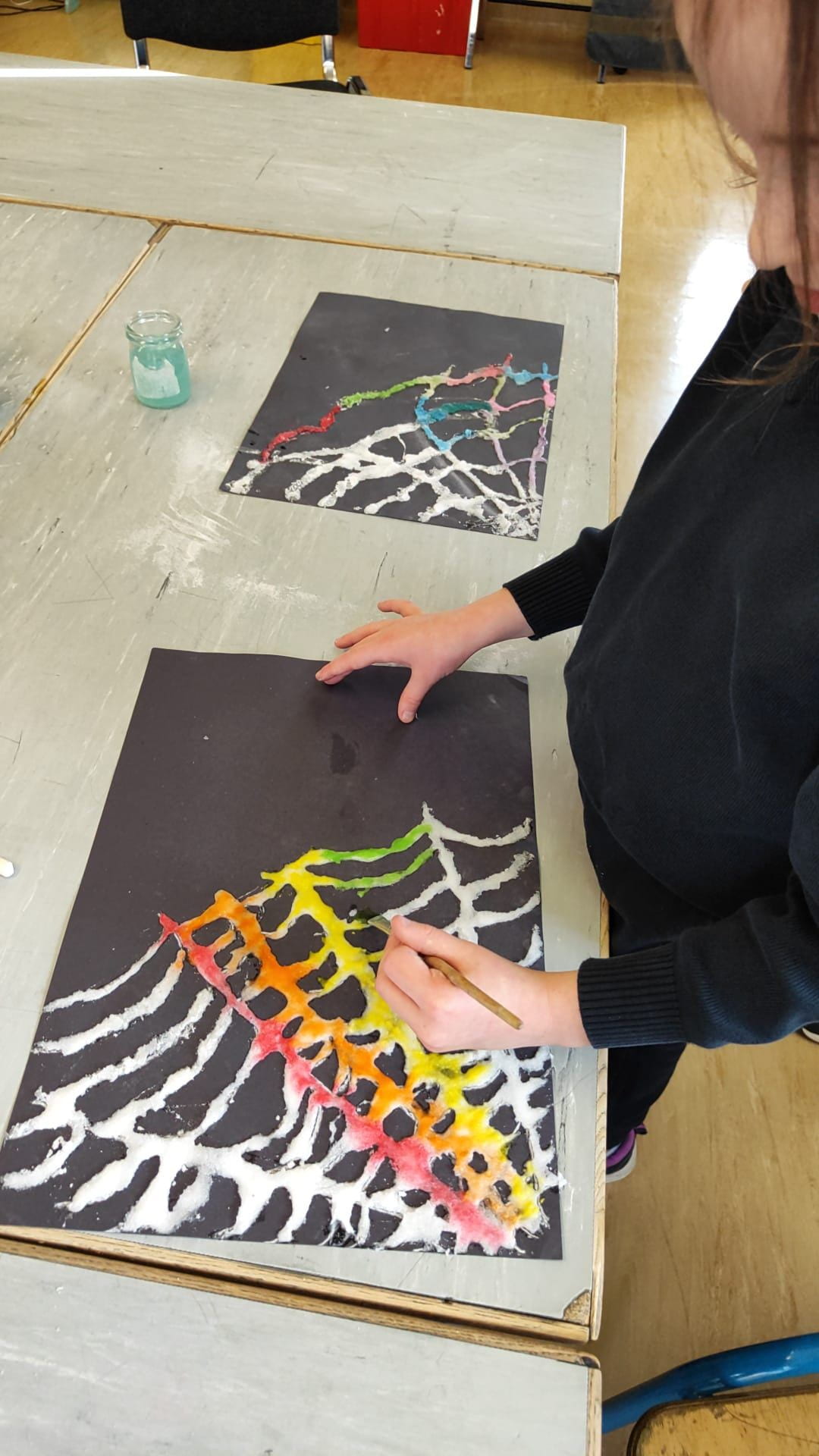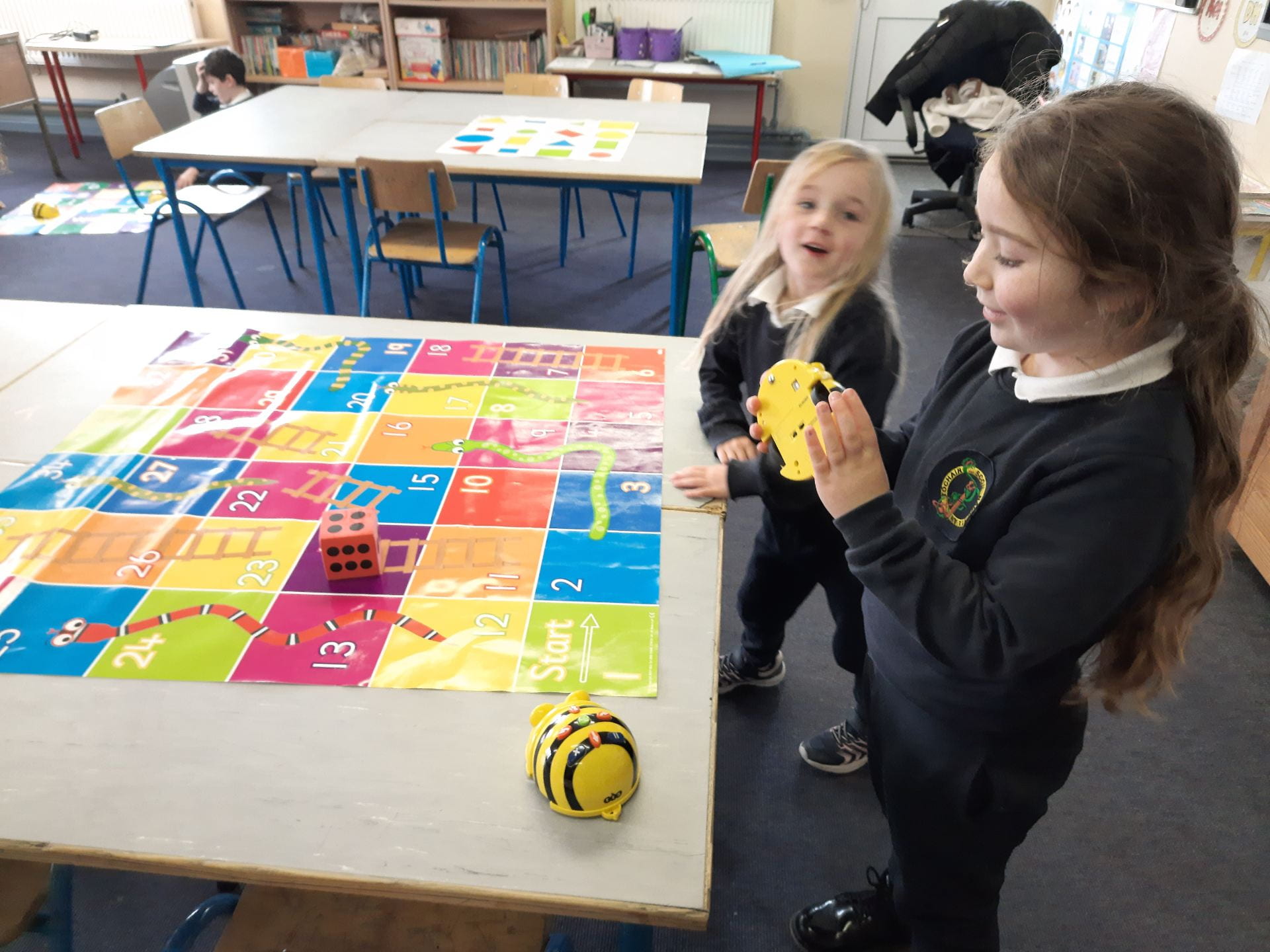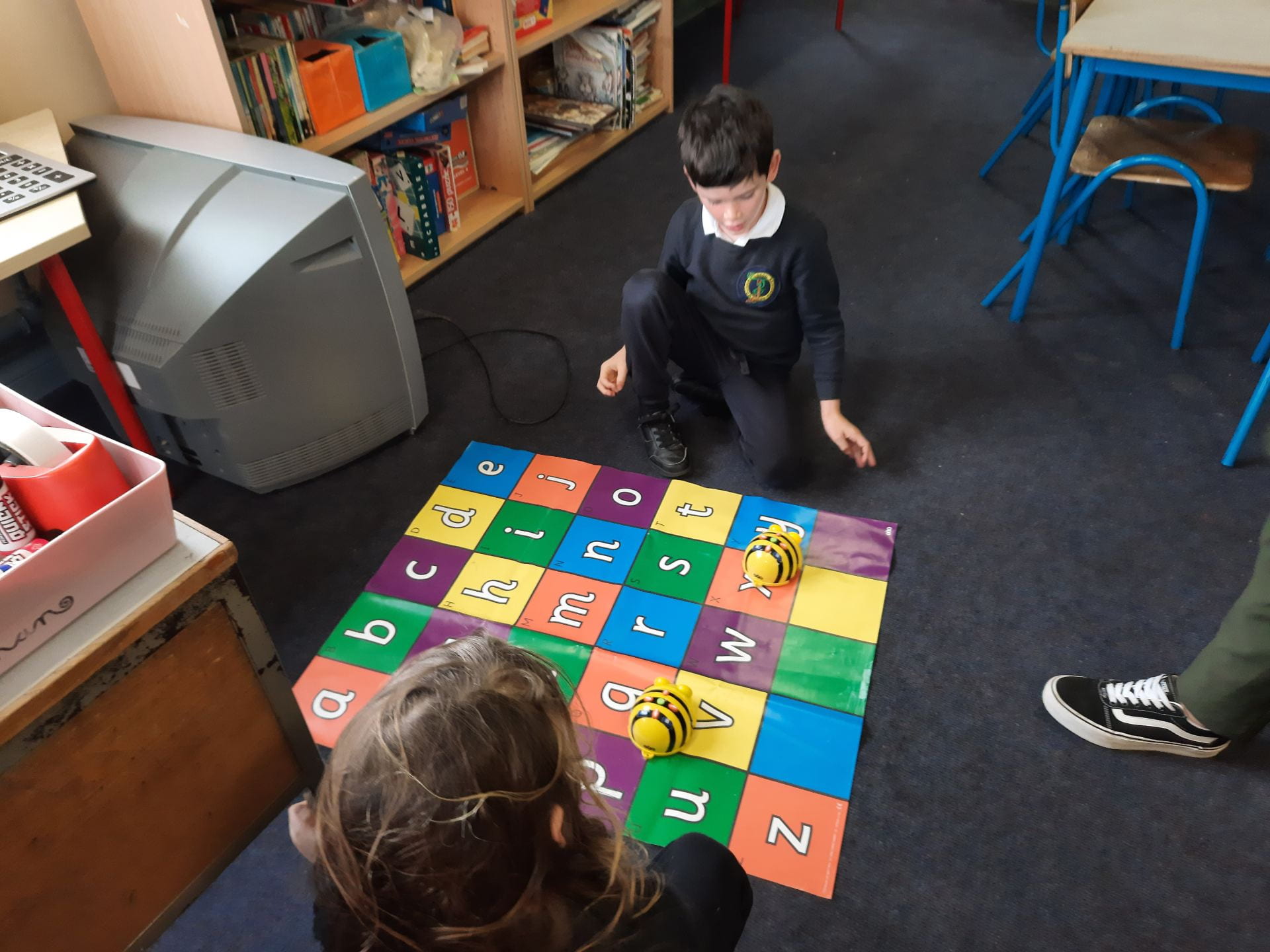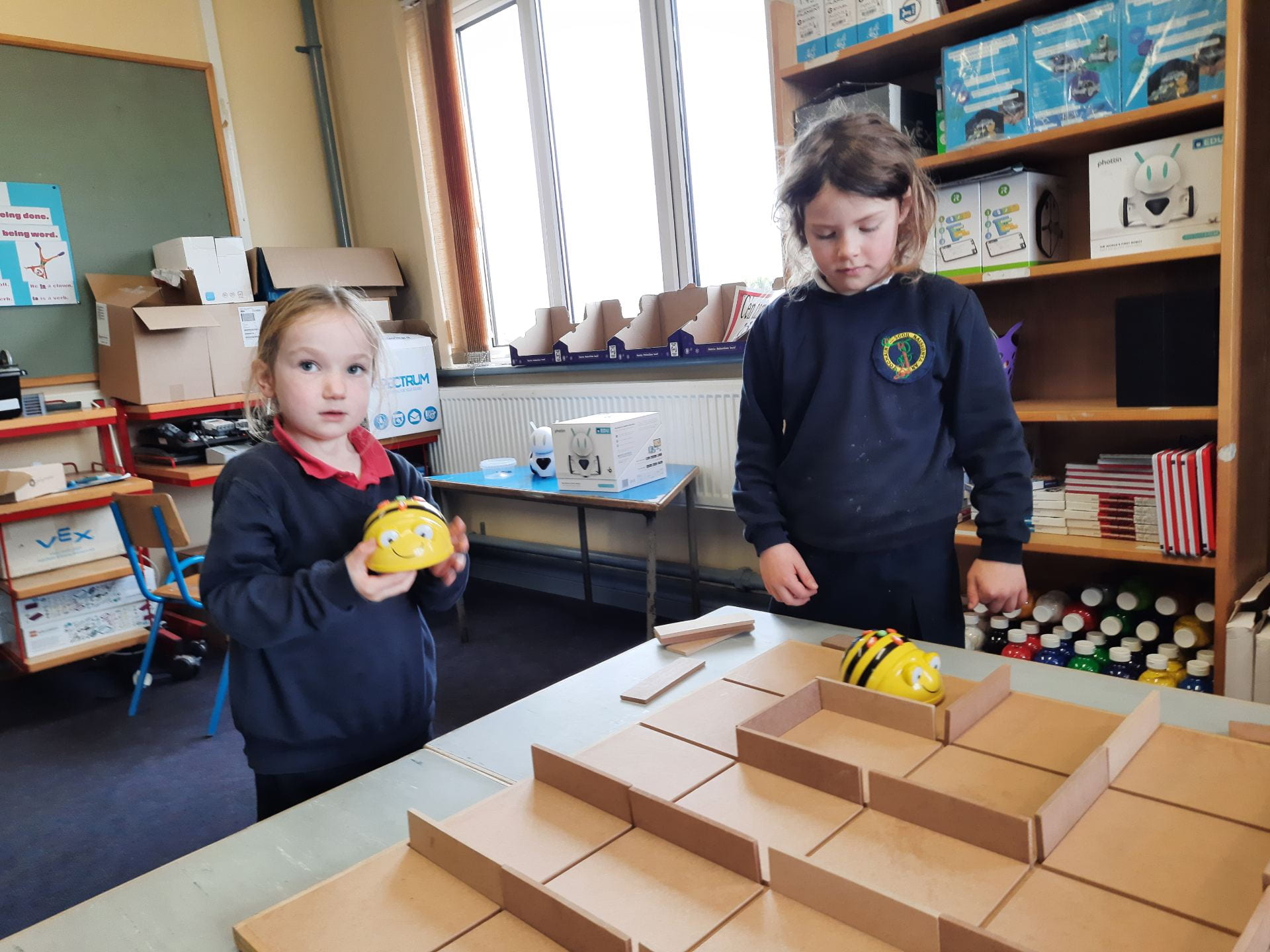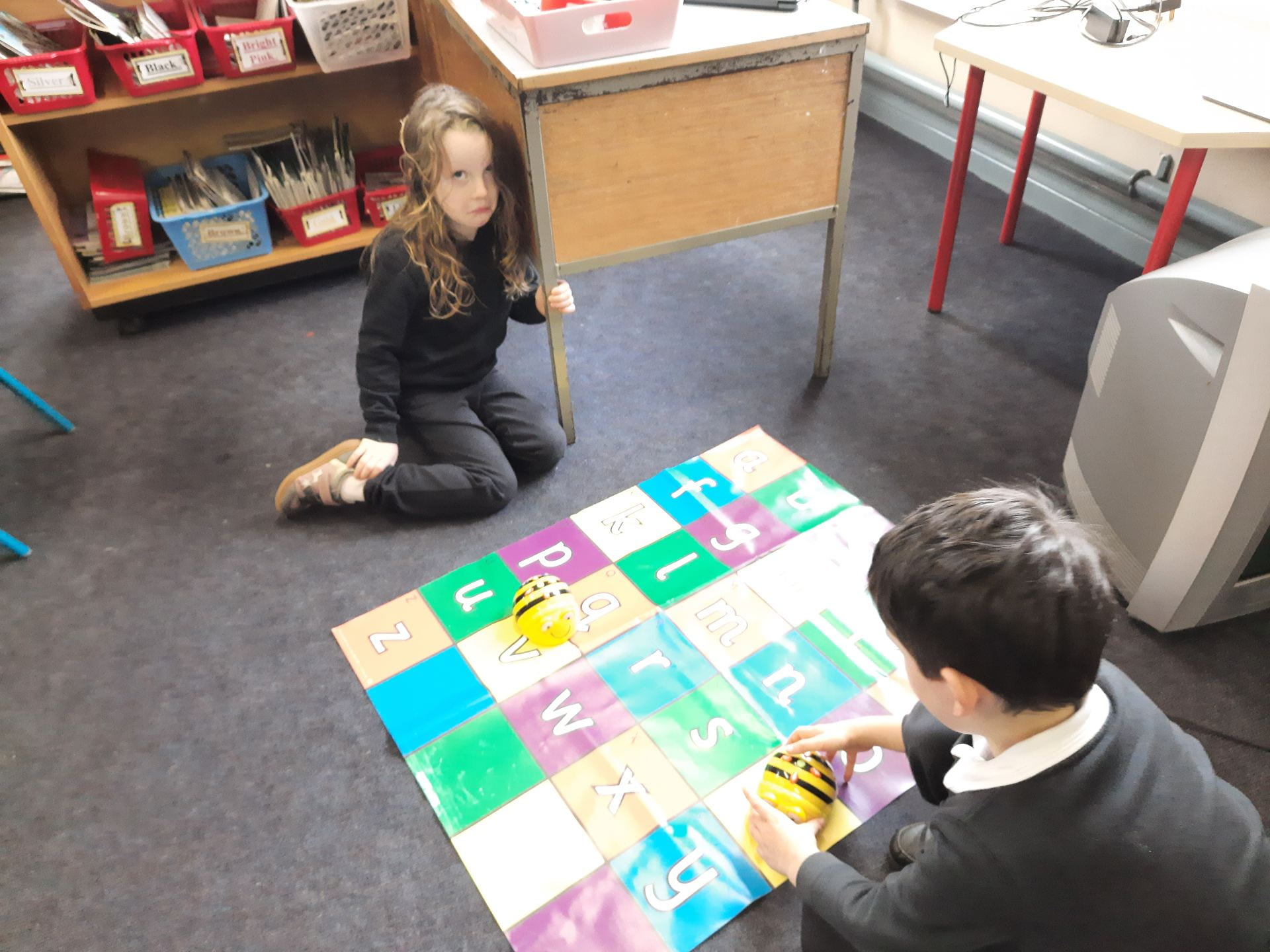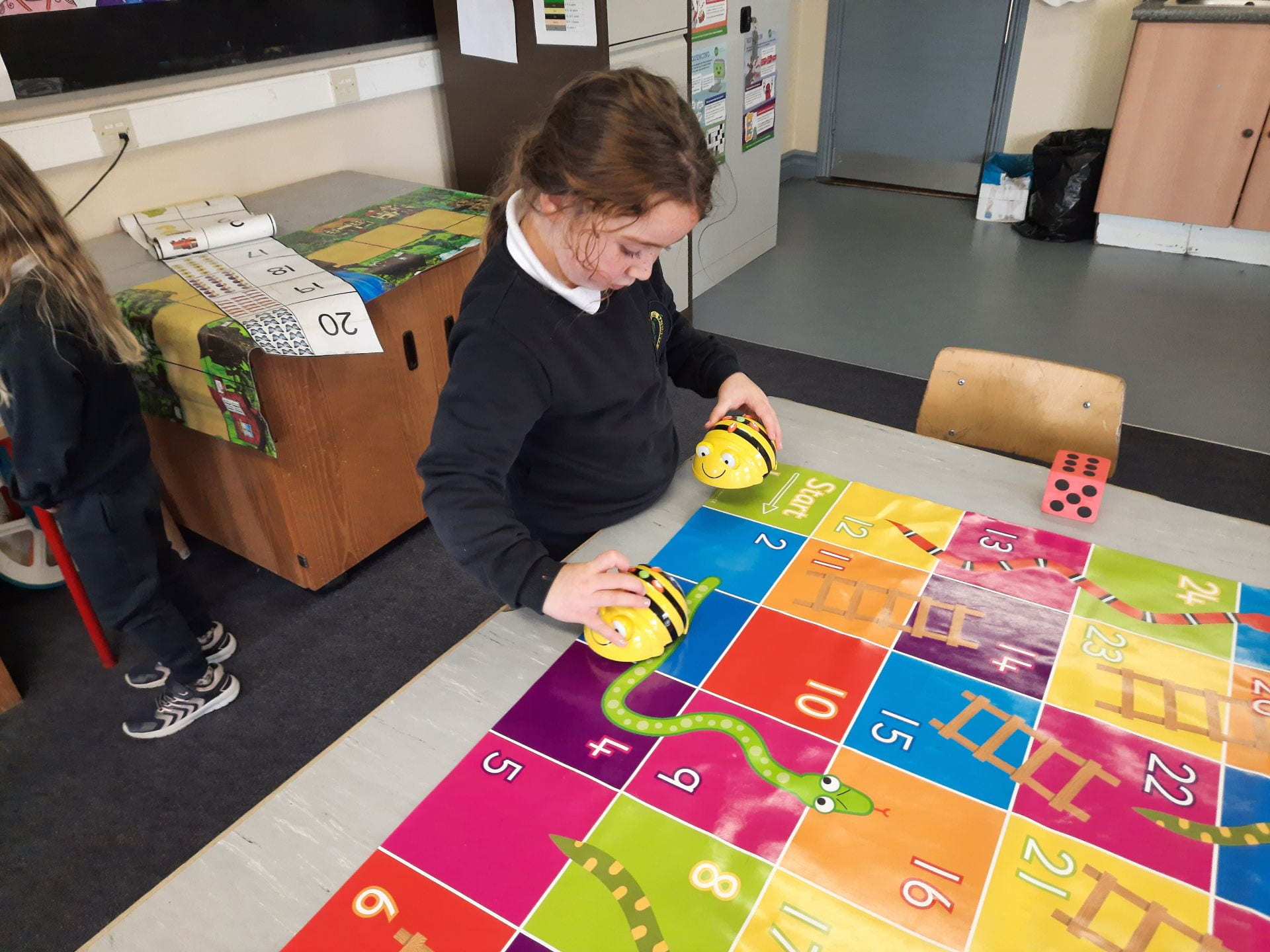Easter doesn’t fall on the same date every year because Easter is always on the first Sunday after the first full moon that follows the spring equinox. We were delighted to welcome Stephanie from Heritage in Schools to explain the moon cycle and to help create these beautiful Easter Wreaths.
Category Archives: Science
Build a Tower Challenge
Miss Daly challenged the children to create a tower using skewers and marshmallows. Construction challenges provide a fantastic opportunity to development a range of important skills: inventiveness, problem solving, creative thinking, perseverance, motivation, evaluation, editing and revision, analytical thinking and the use of a range of real life tools. It was wonderful to watch the children work collaboratively to find solutions to the challenge.
Visit to Stryker
The children in 4th, 5th and 6th really enjoyed their visit to Stryker in Cork. It was fantastic to see how CAD design and 3D printing is transforming many manufacturing processes. Following a presentation and tour of the premises the children enjoyed a lovely meal, a fun quiz and some lovely prizes. We hope you enjoy our latest entry into the 3D Printing Sustainability Challenge.
Science in the Junior Room
The children in the Junior Room really enjoyed the Air Pressure Science Workshop with Mr. D. These workshops always involve lots of hands-on science experiments that help the children to experience science in action.
Air Pressure with Mr. D
The children learned about implosions during Chuck Delpier’s (Mr. D’s) workshop. Lowering the pressure inside a can by heating it up creates a situation in which the pressure of the atmosphere crushes the can. This happens because the small amount of water that is placed inside the can becomes water vapour when it is heated up and displaces the air inside the can. Then when the can is quickly cooled, the water vapour returns to a liquid state and since the air pressure outside of the can is greater than that on the outside, the can is quickly crushed. It’s also great fun.
Water Bottle Rocket
The children always have a wonderful time when Chuck Delpier (Mr. D.) brings his science workshop to Togher N.S. They learned all about air pressure during a series of workshop experiments. In the afternoon the children went outside to launch some air pressure powered water bottle rockets.
Salt Painting
The children in the Junior Room really enjoyed salt painting as part of a STEAM (Science, technology, engineering, art and mathematics) project. Adding salt to a painting project creates a terrific raised painting effect and it also allows children to explore science. Raised glue and salt painting with watercolour paint is an excellent example of a STEAM project for children because it integrates both science and art. On the scientific side, the magic of this project lies in the reaction between the salt and the liquid colors. Children explore absorption, crystallization, and the dispersion of pigments as the liquid interacts with the salt, providing a hands-on lesson in basic chemistry and physics. They also created these wonderful artworks.
